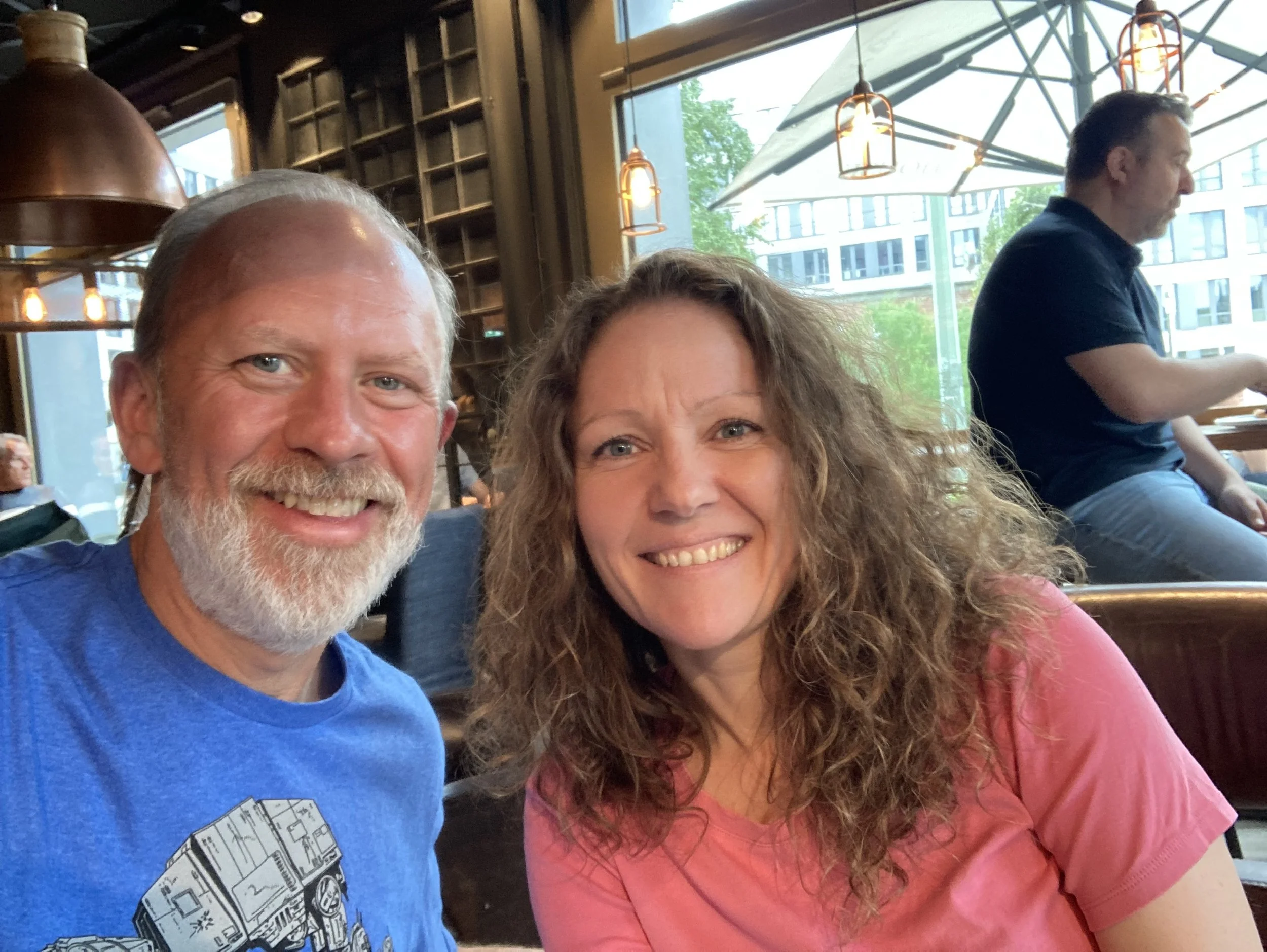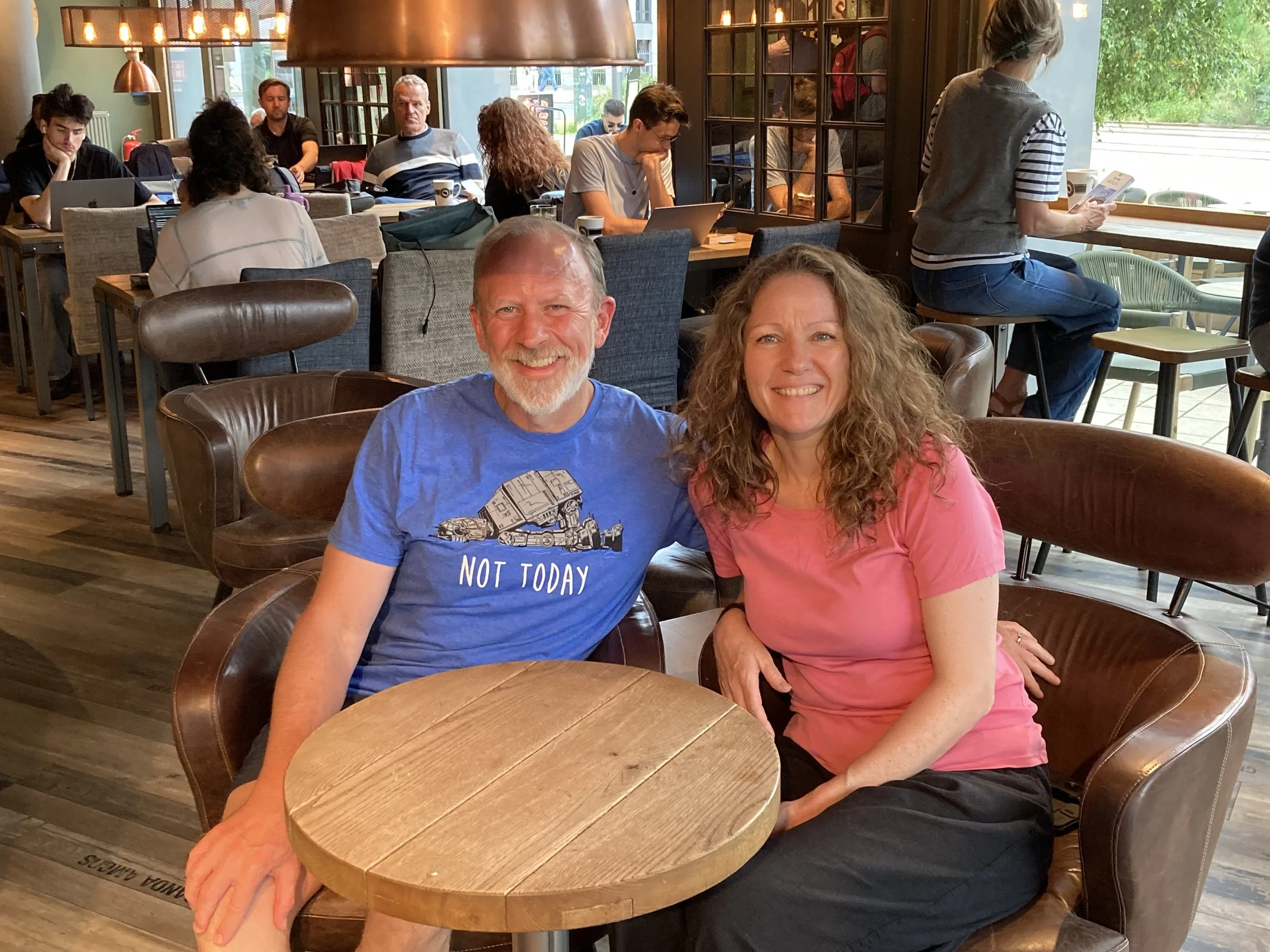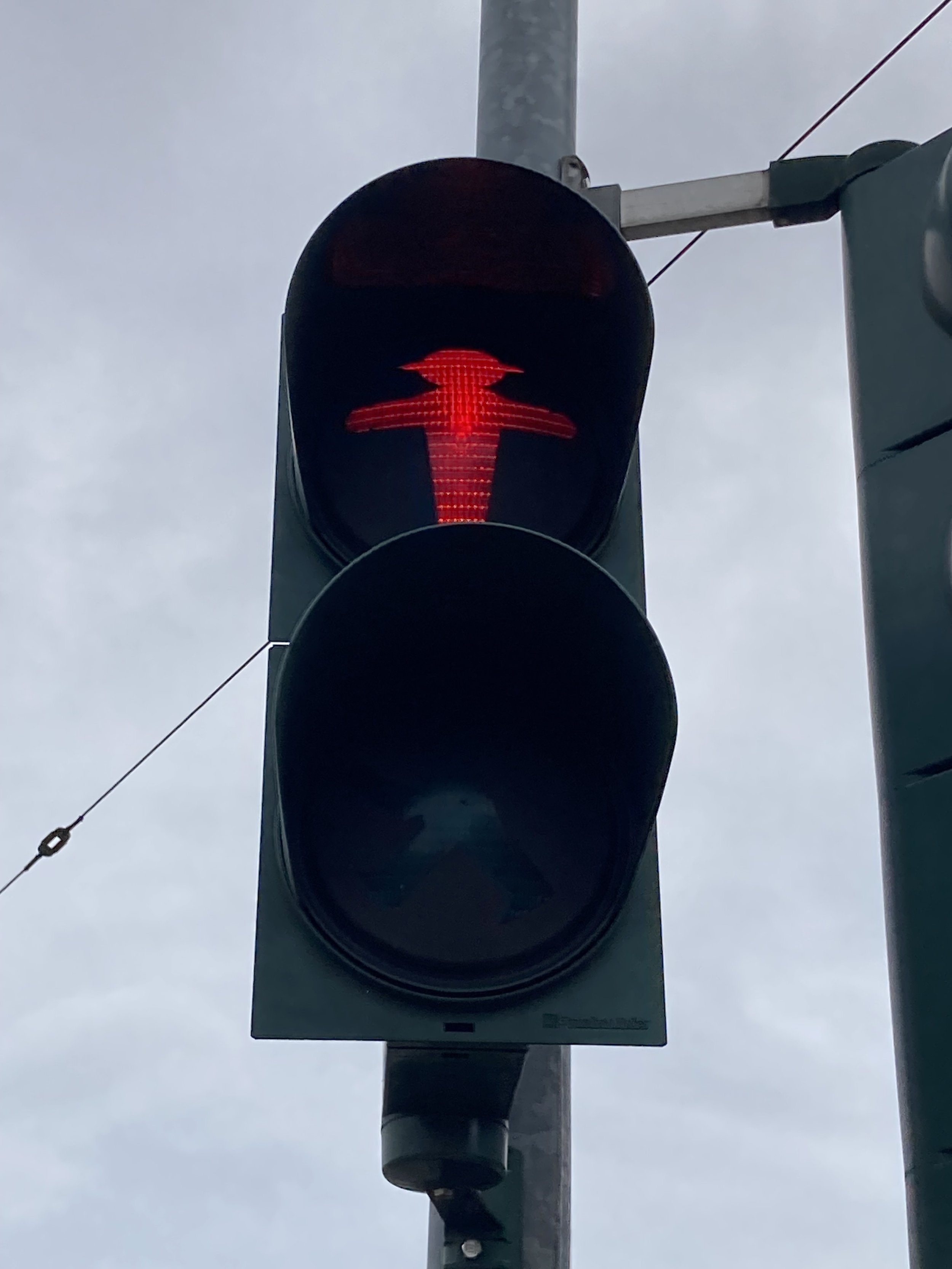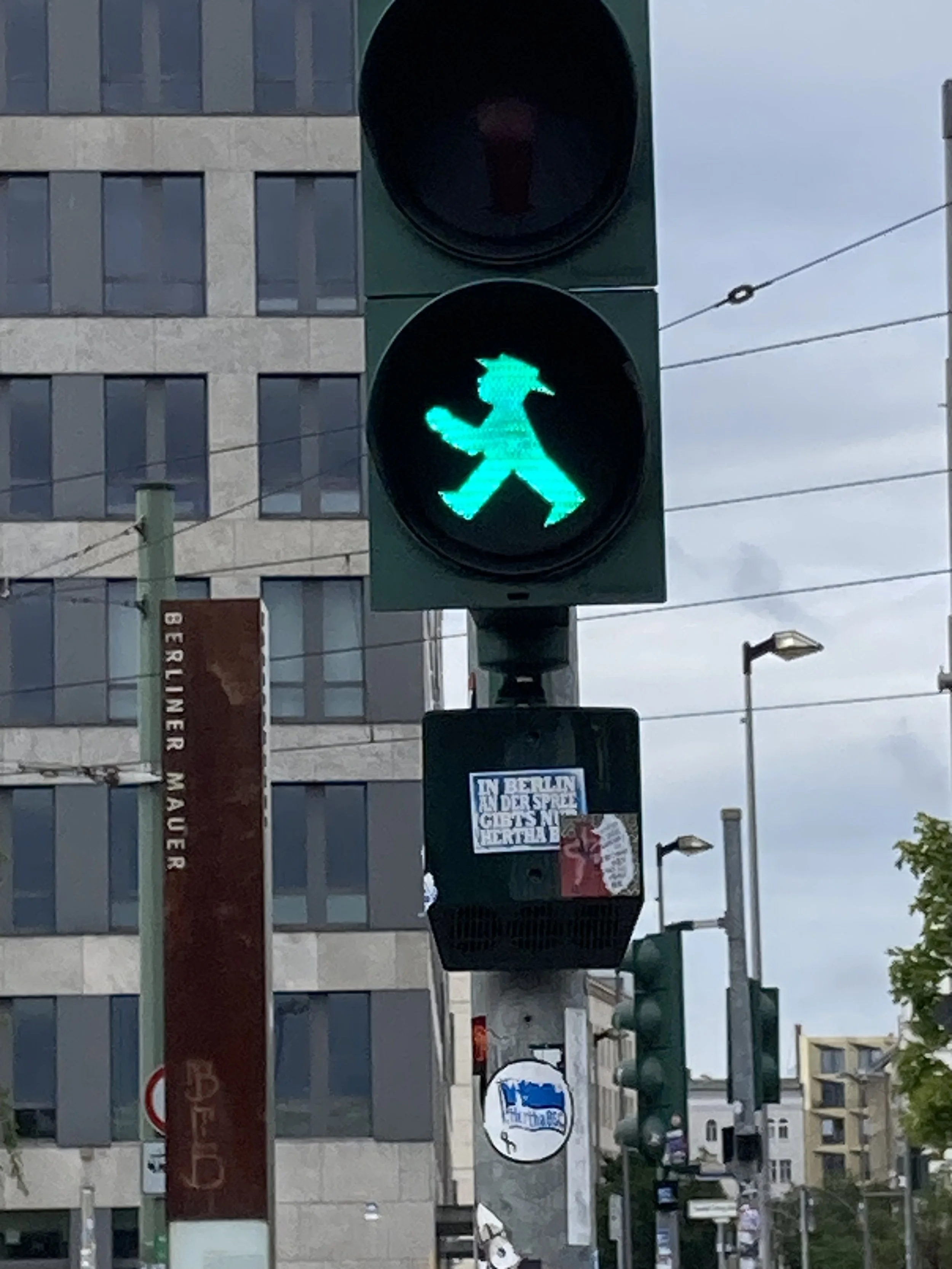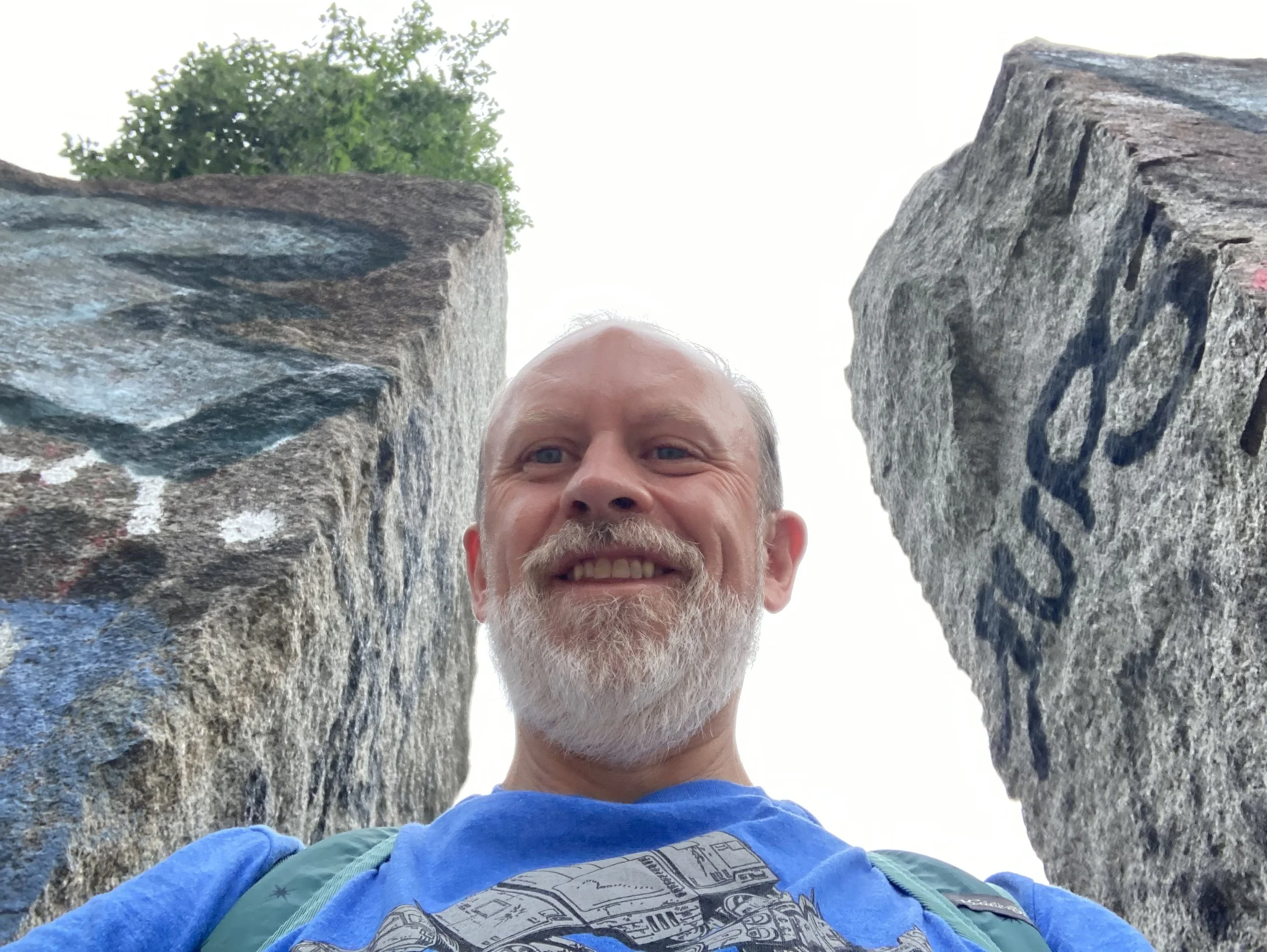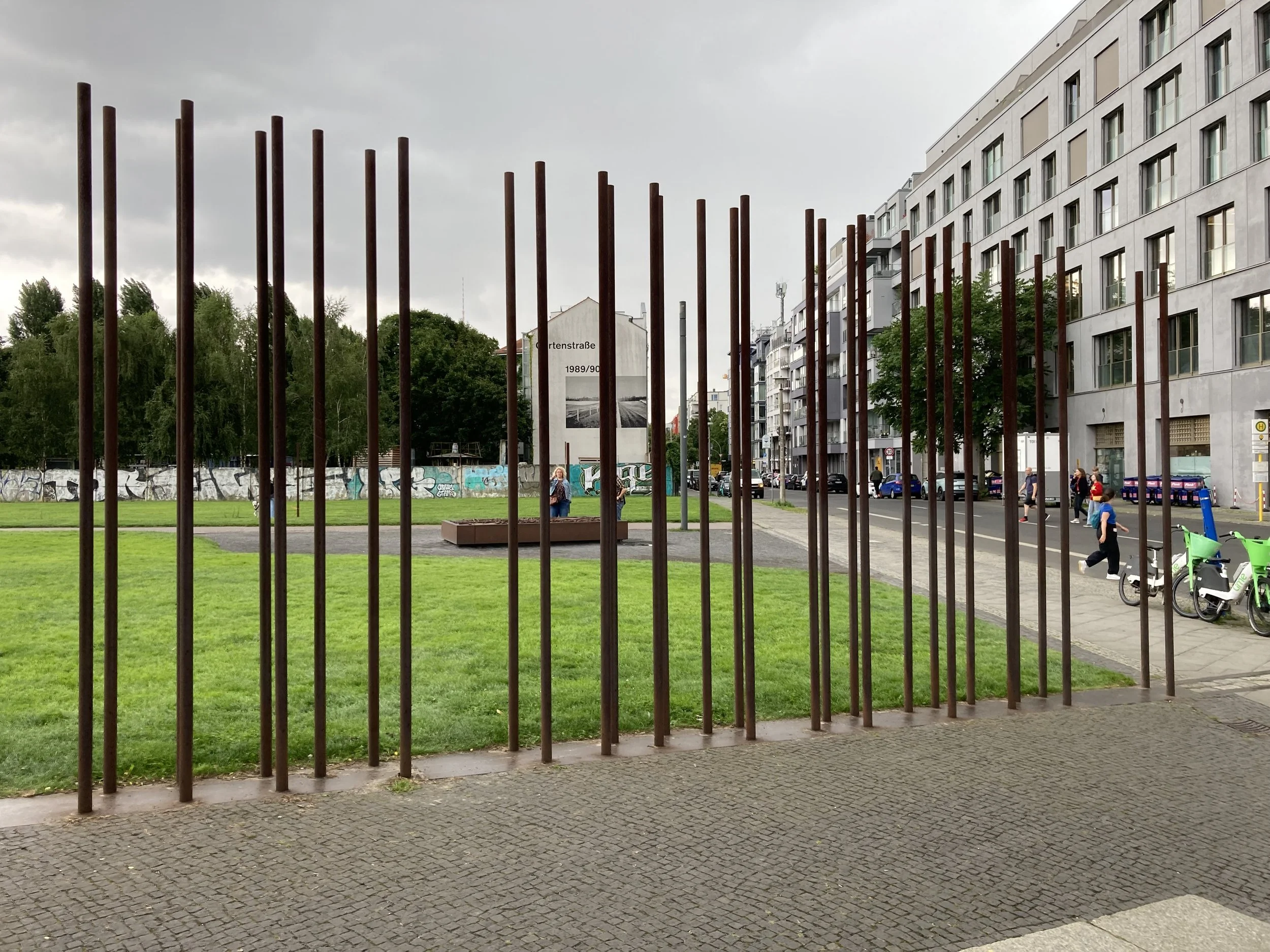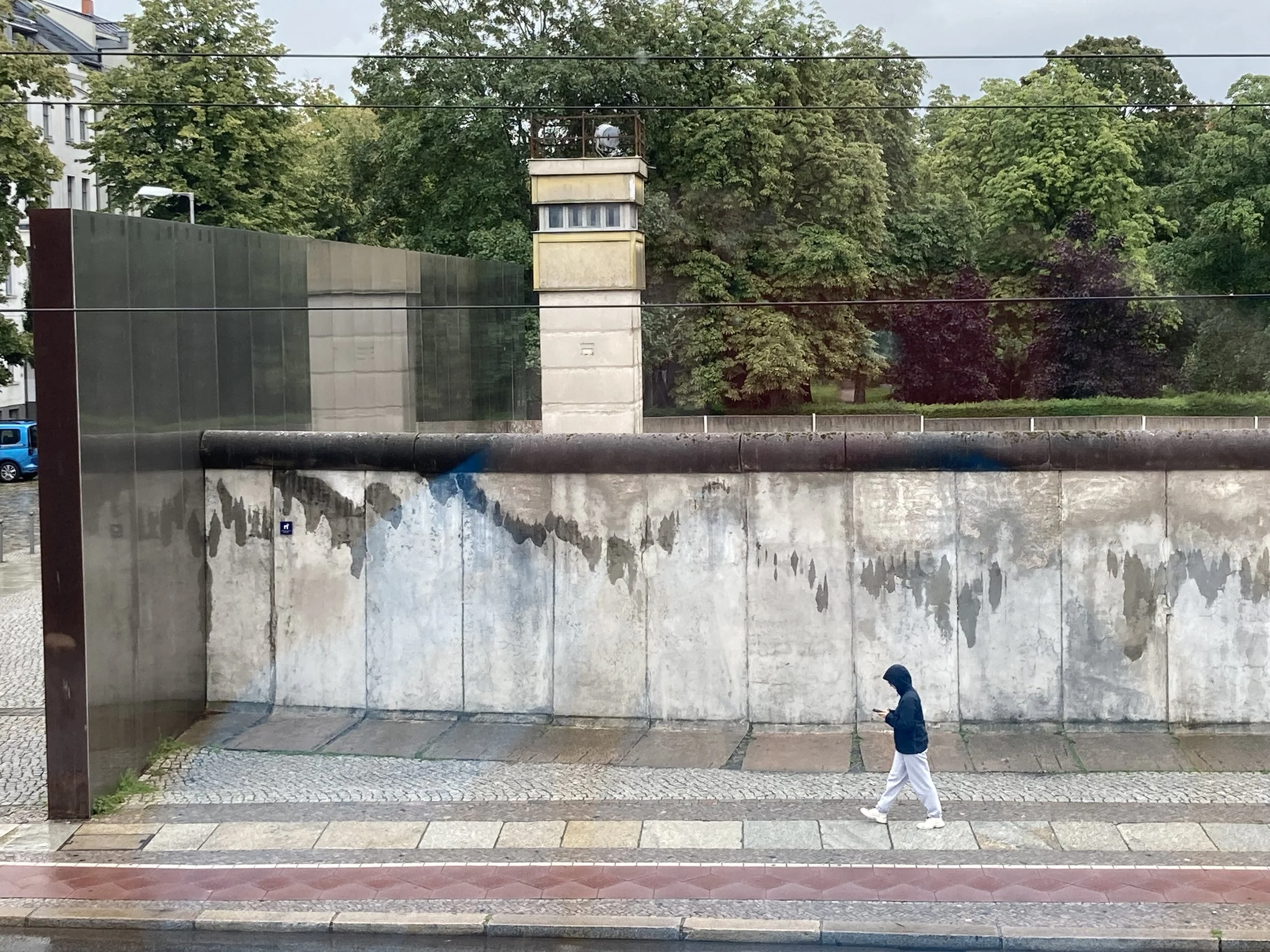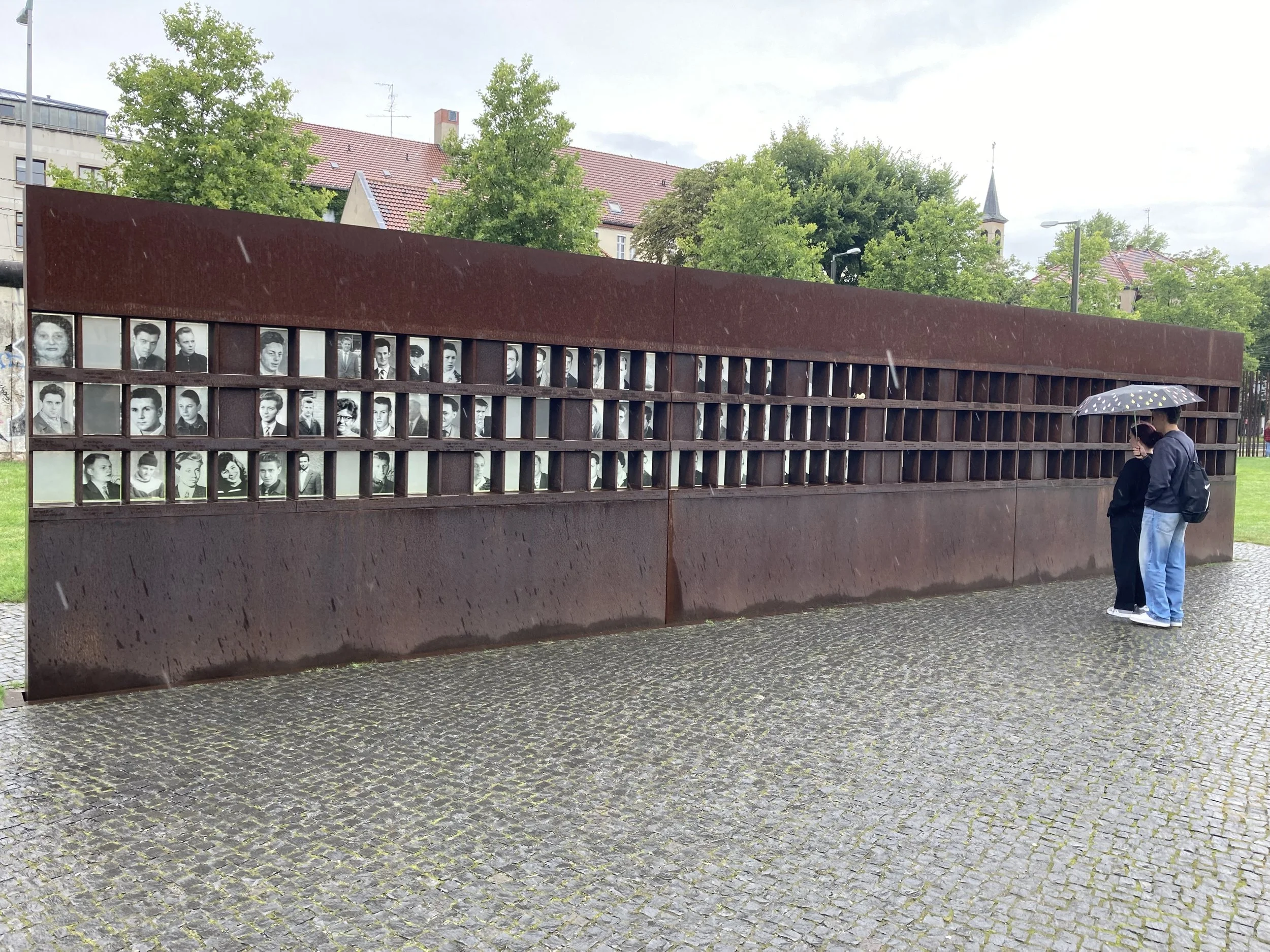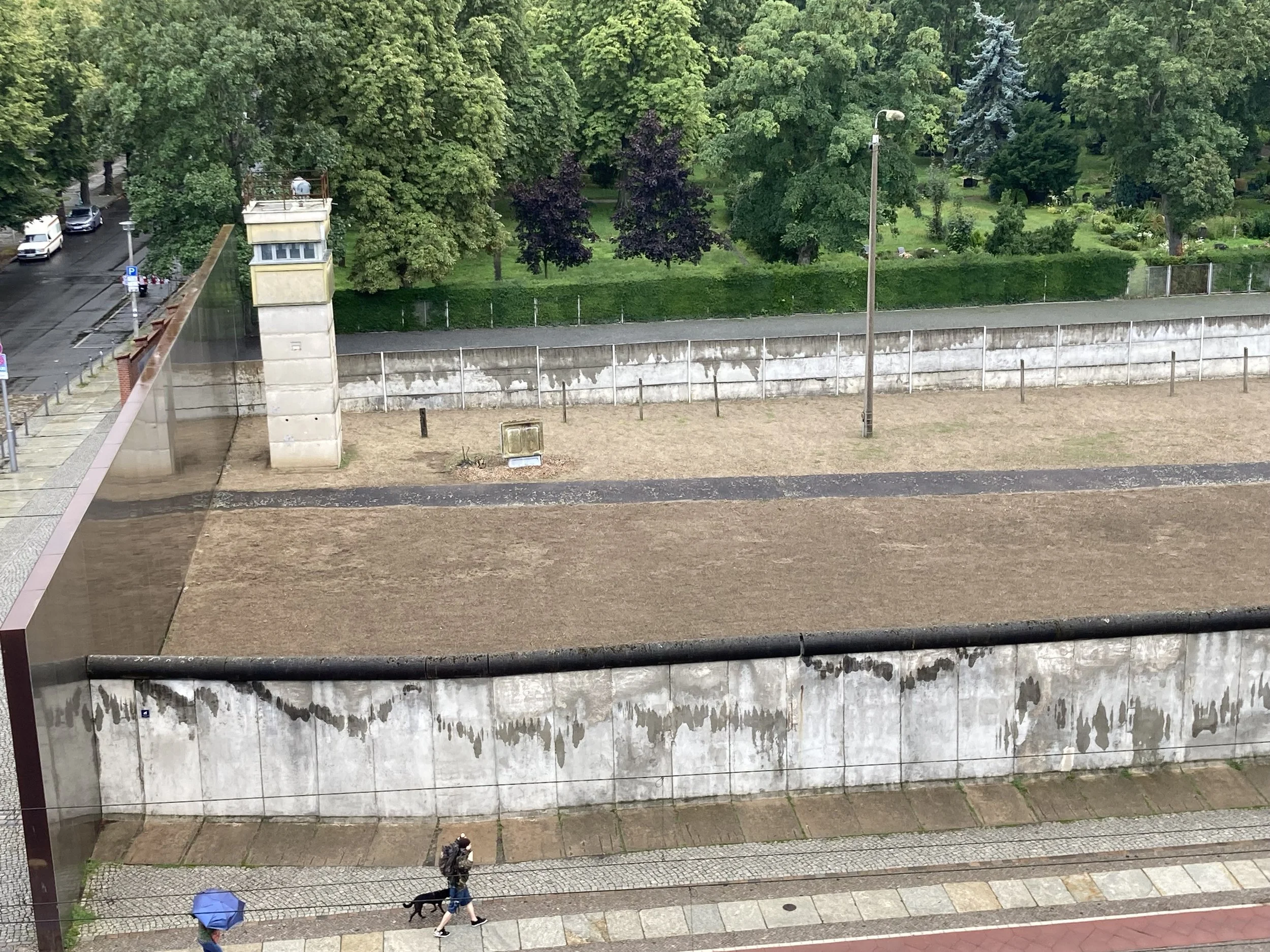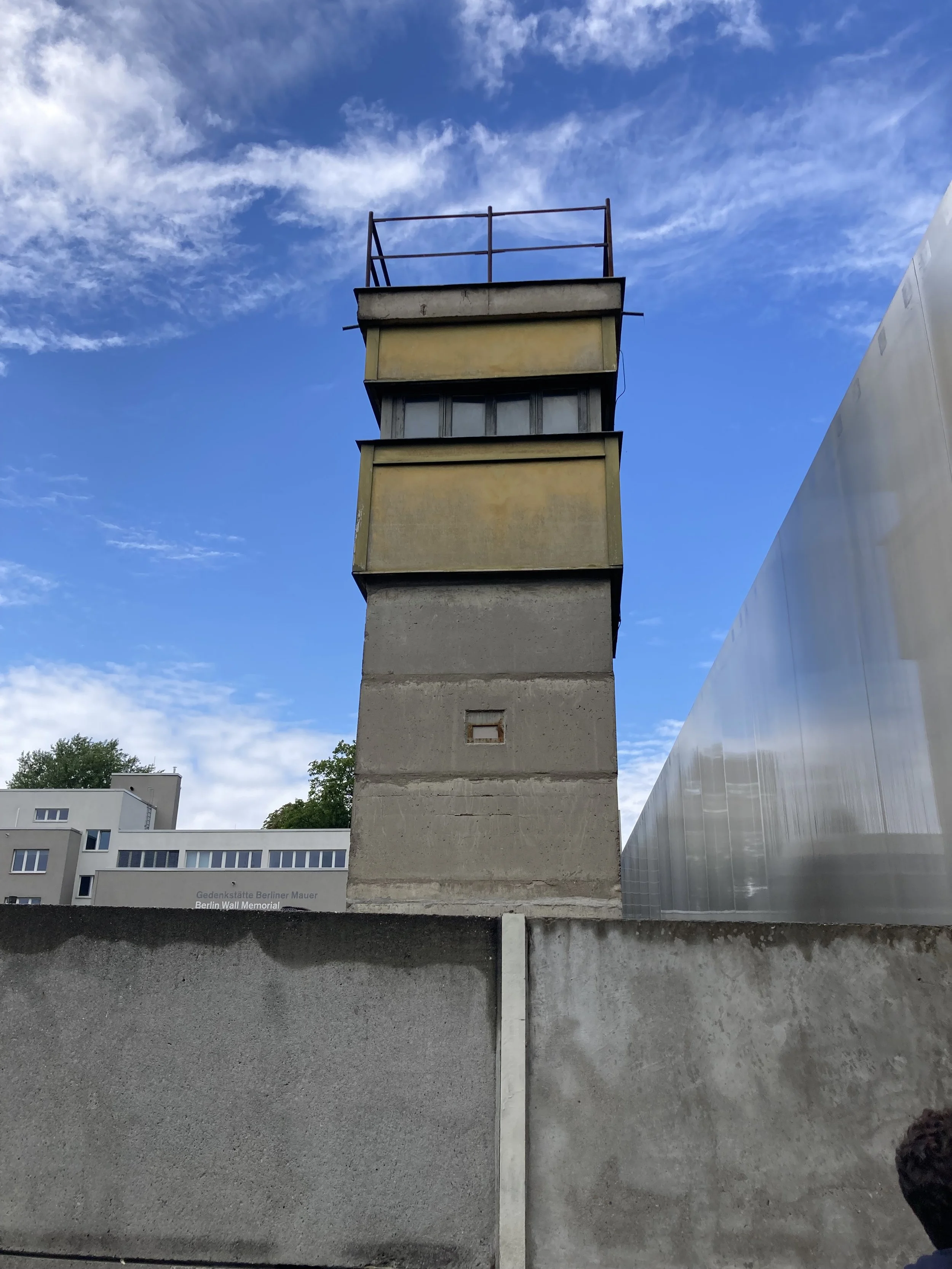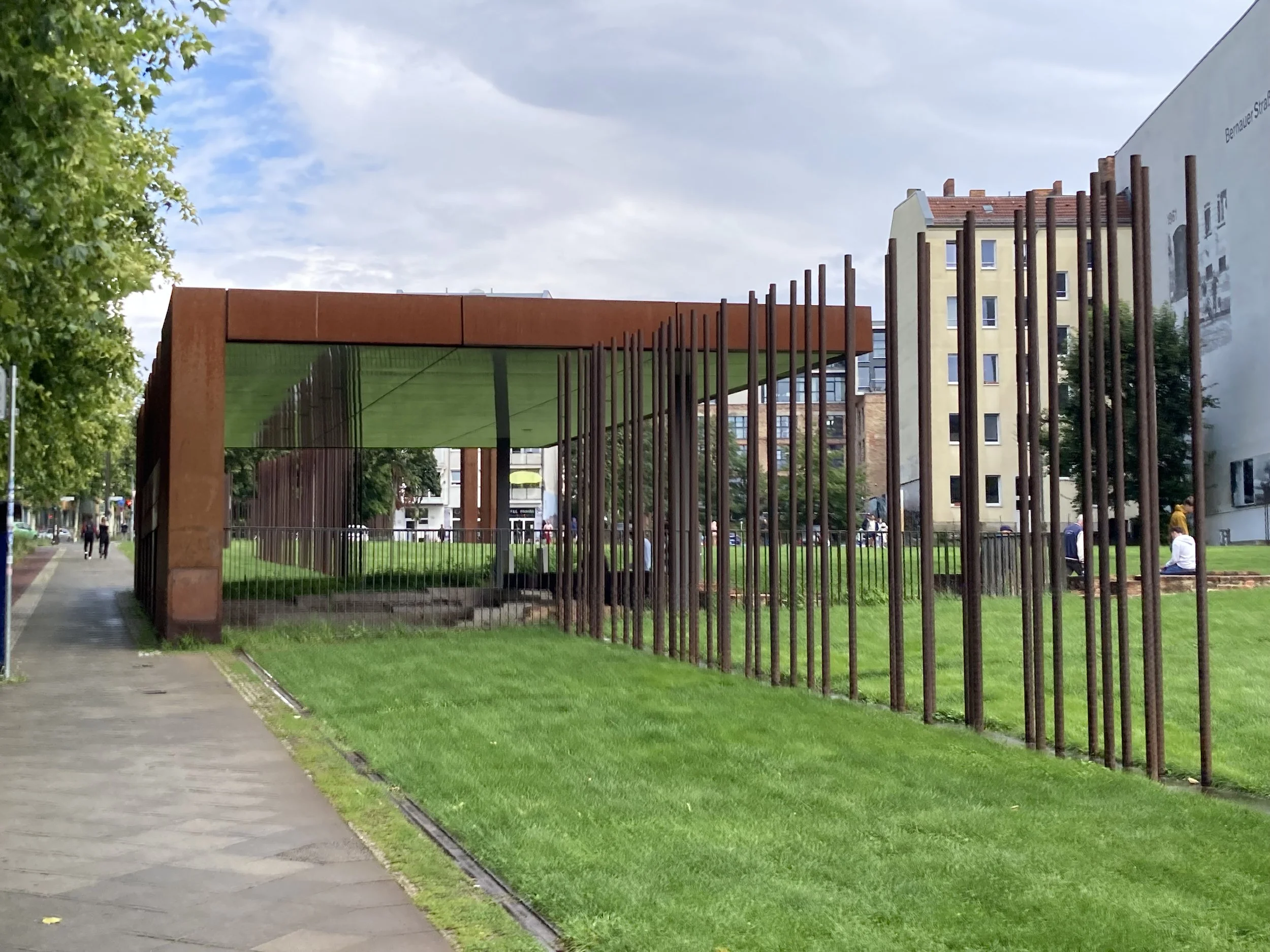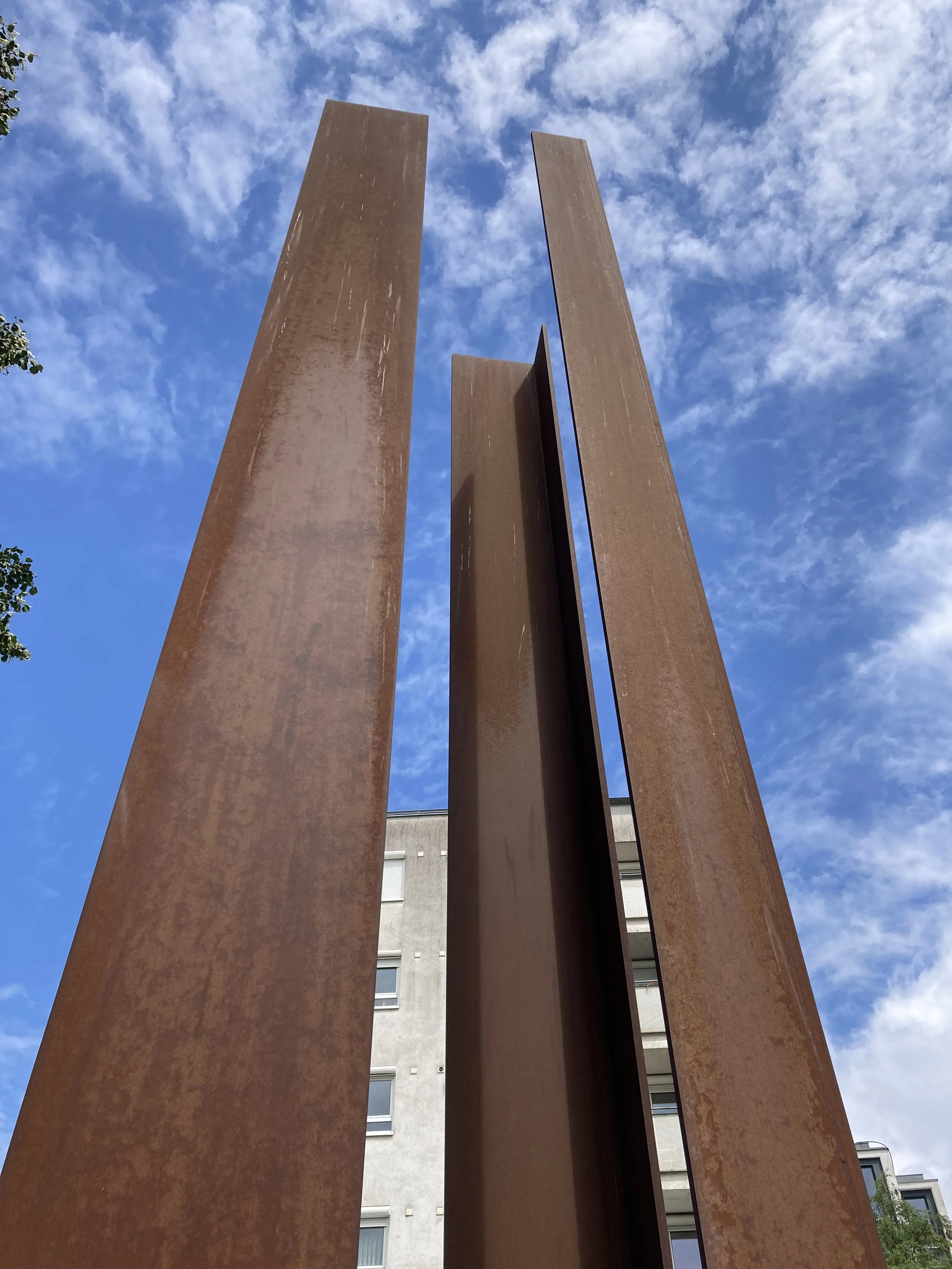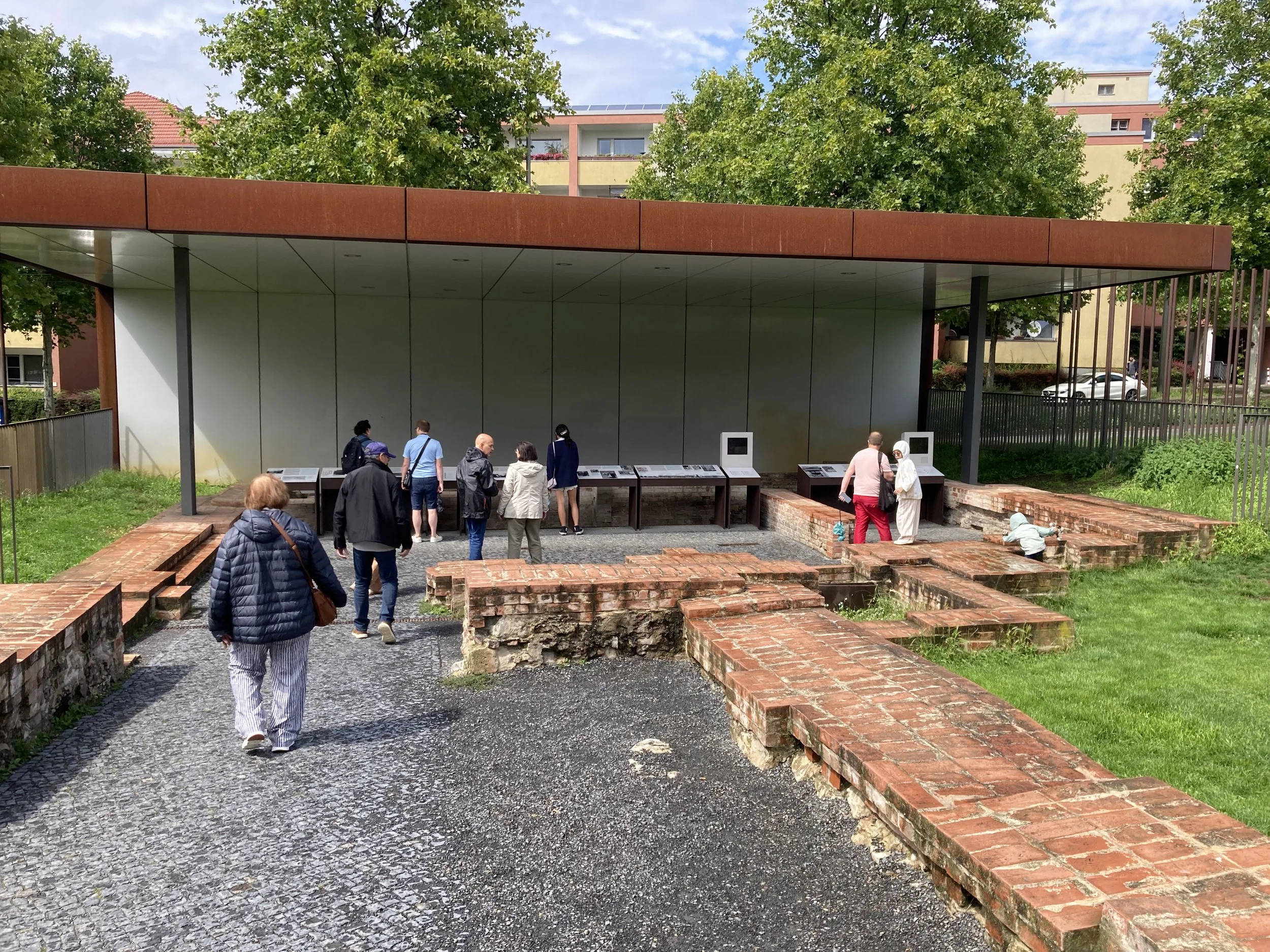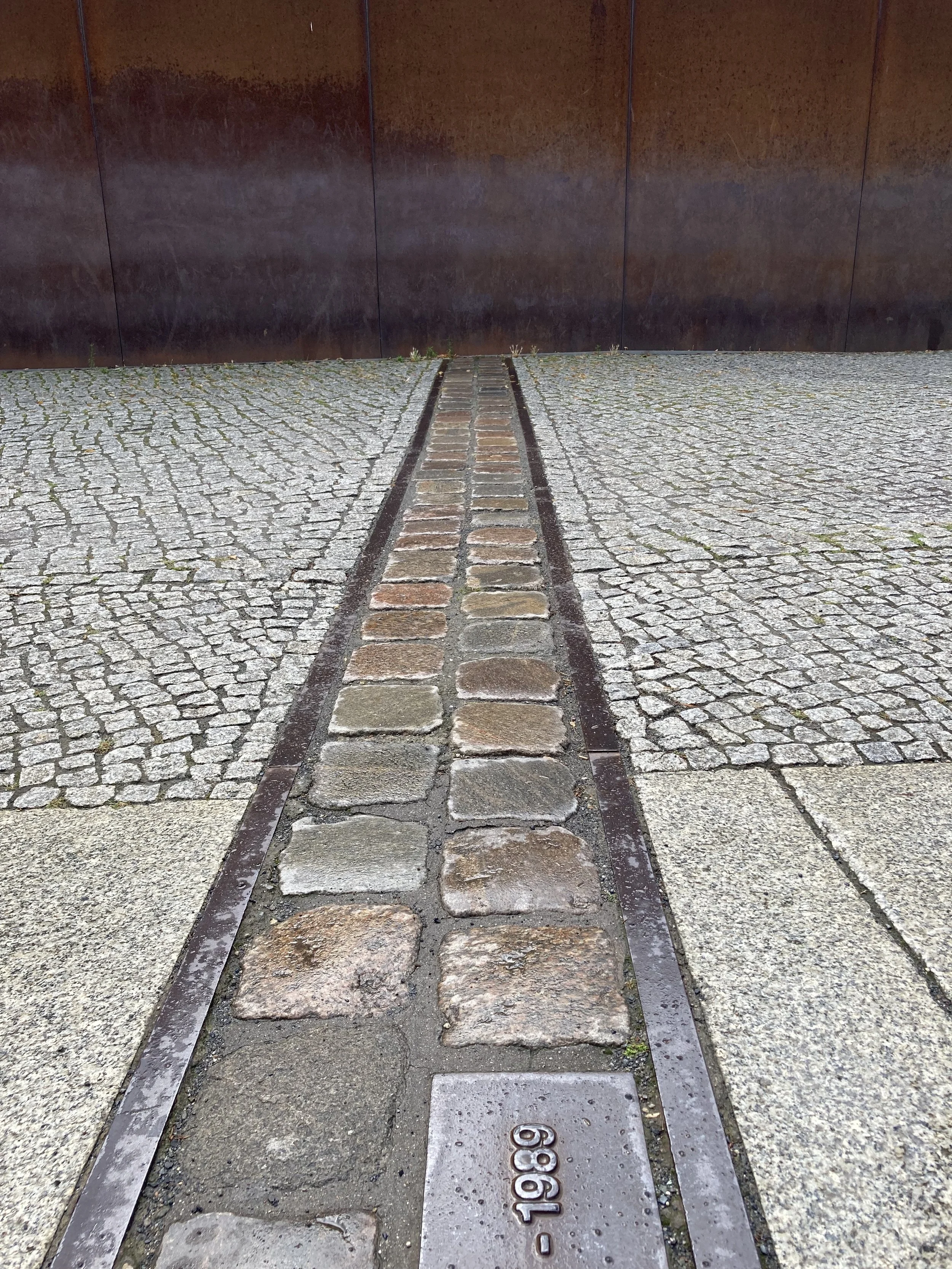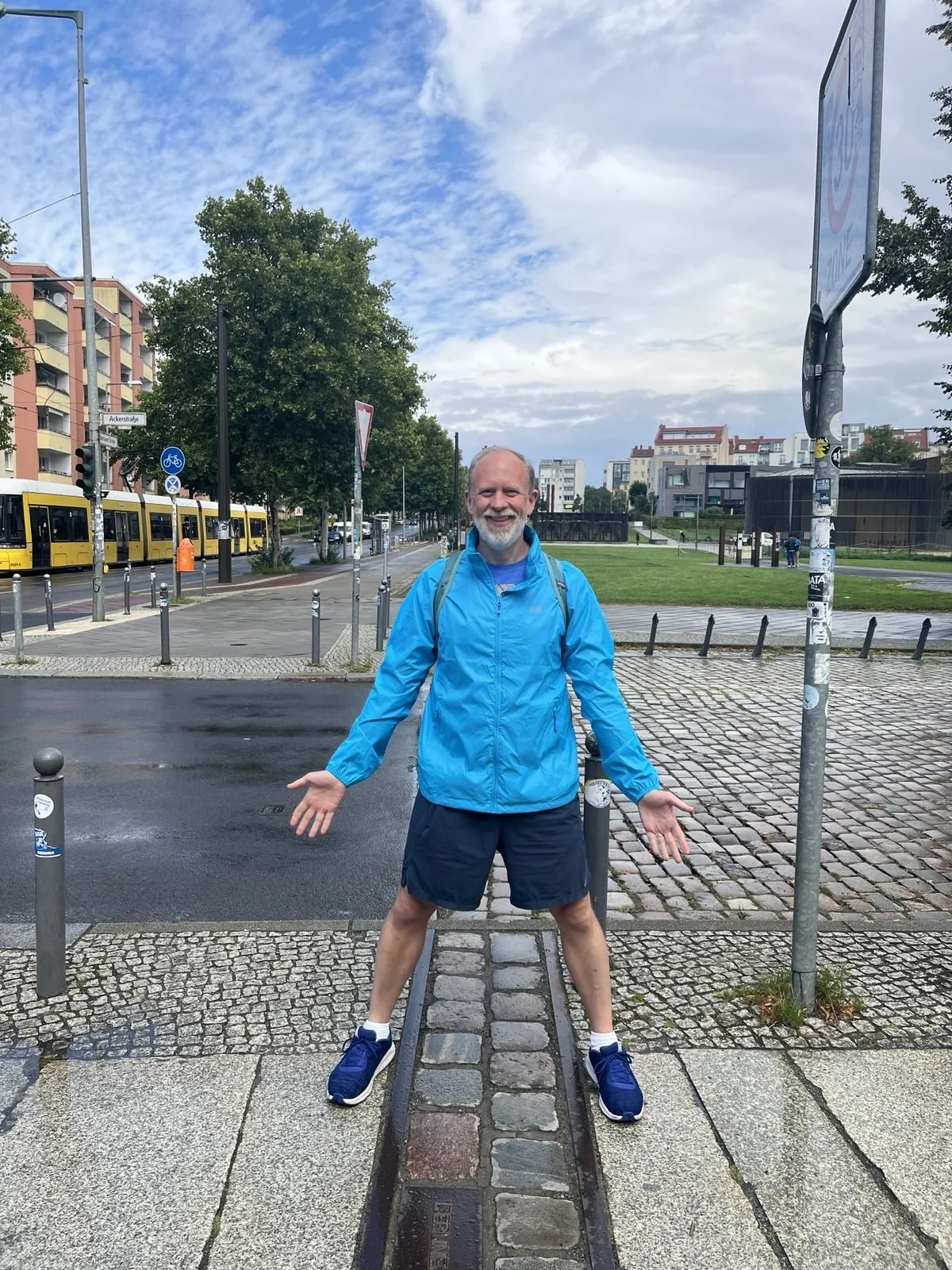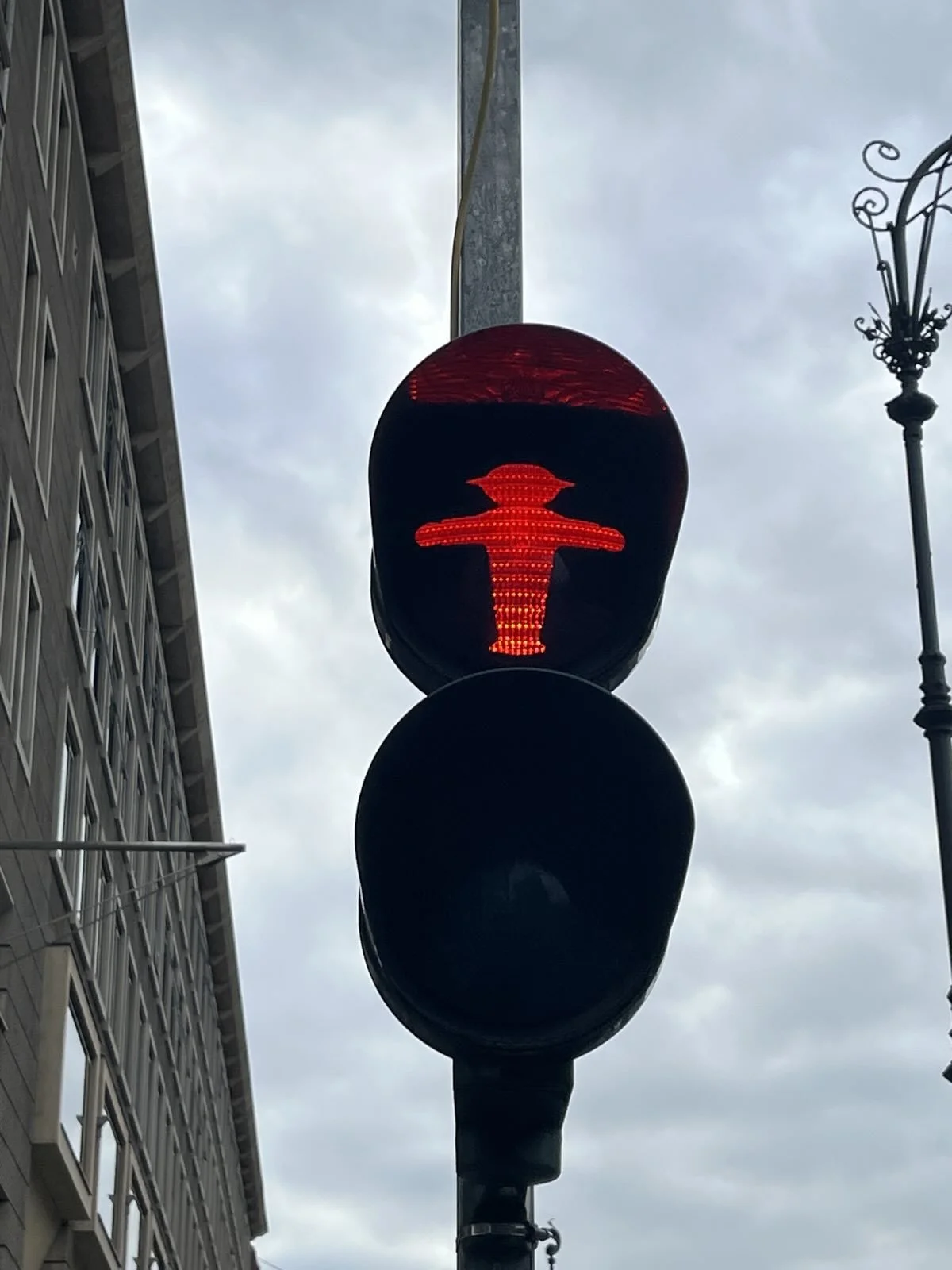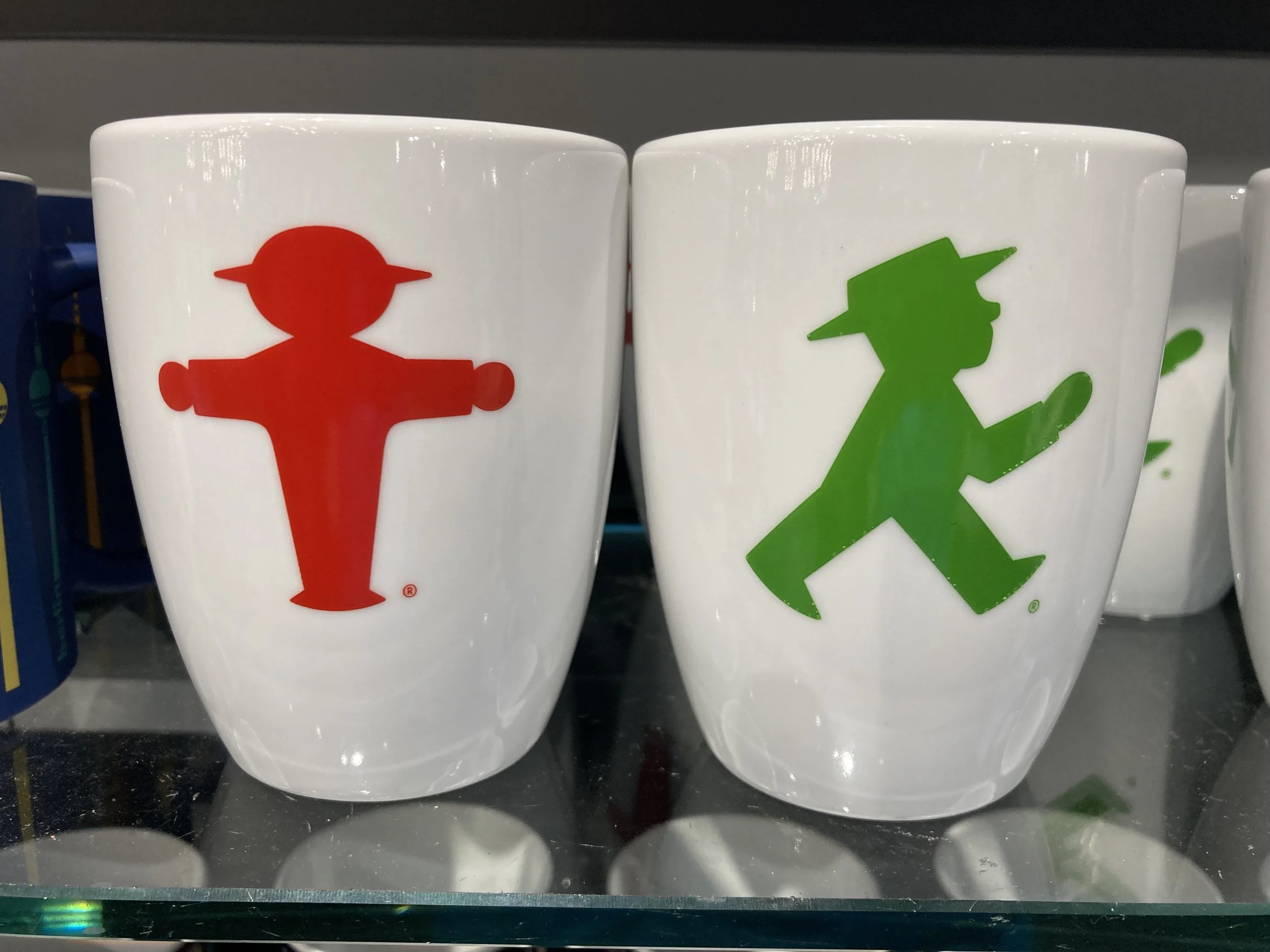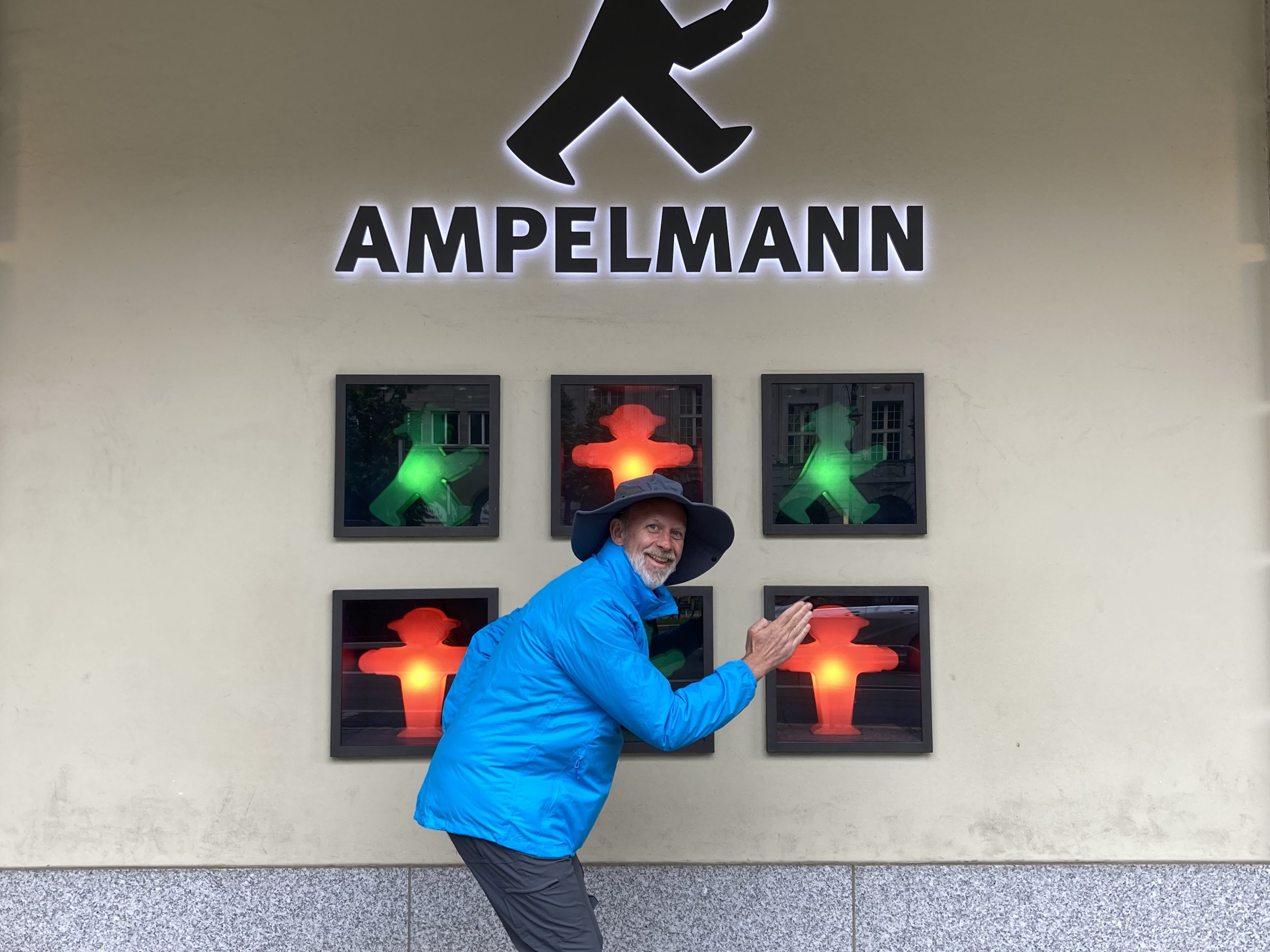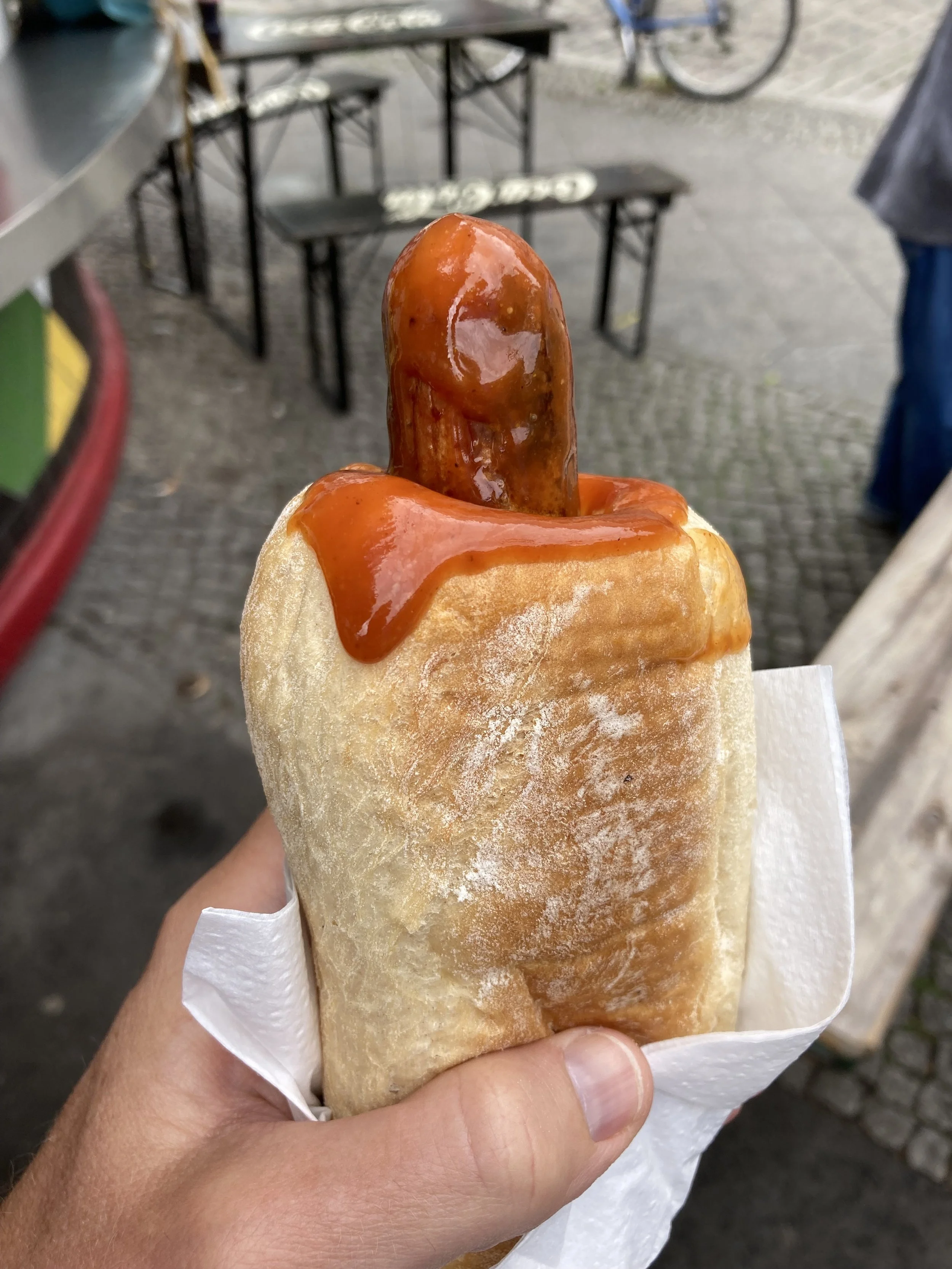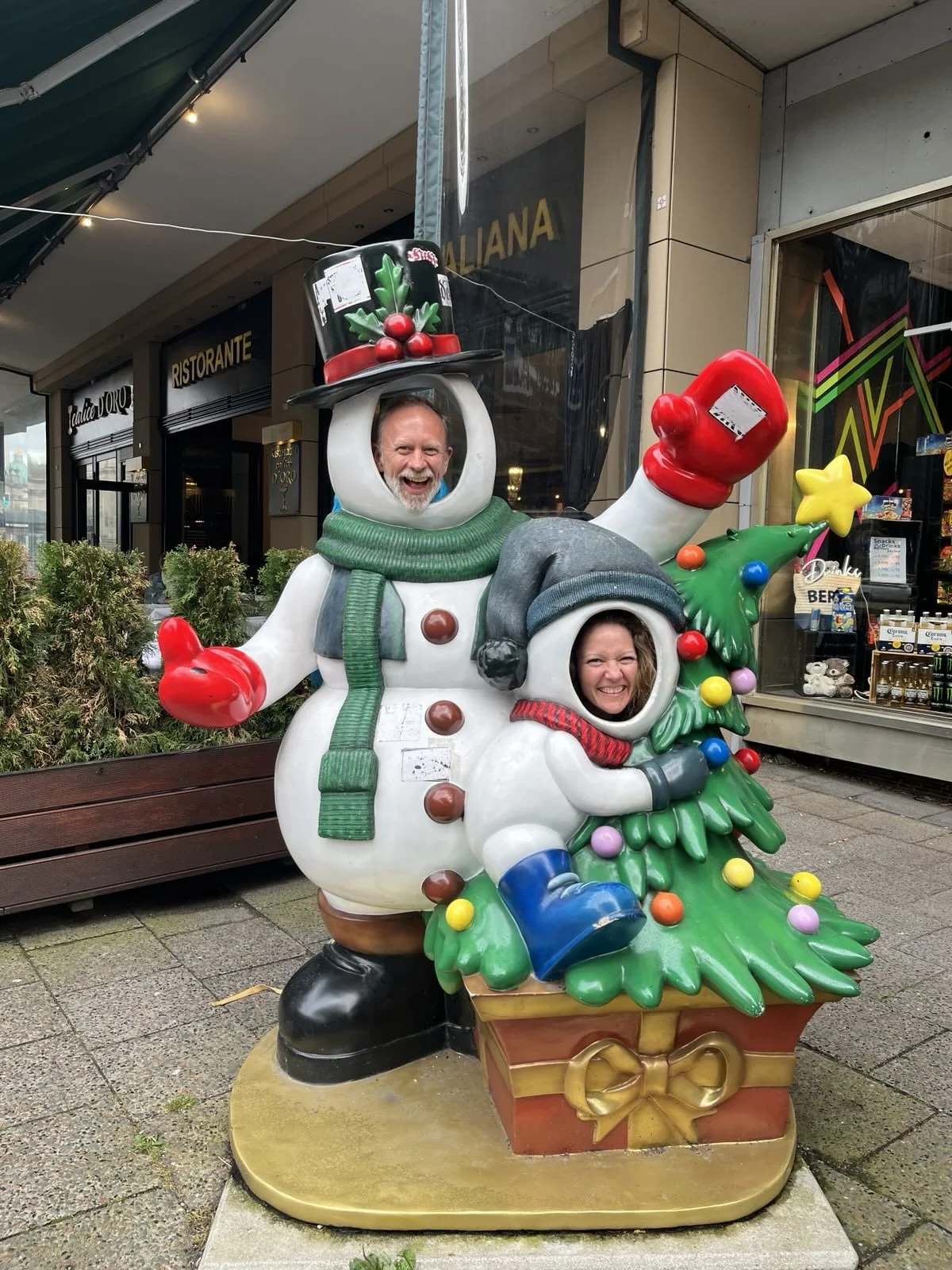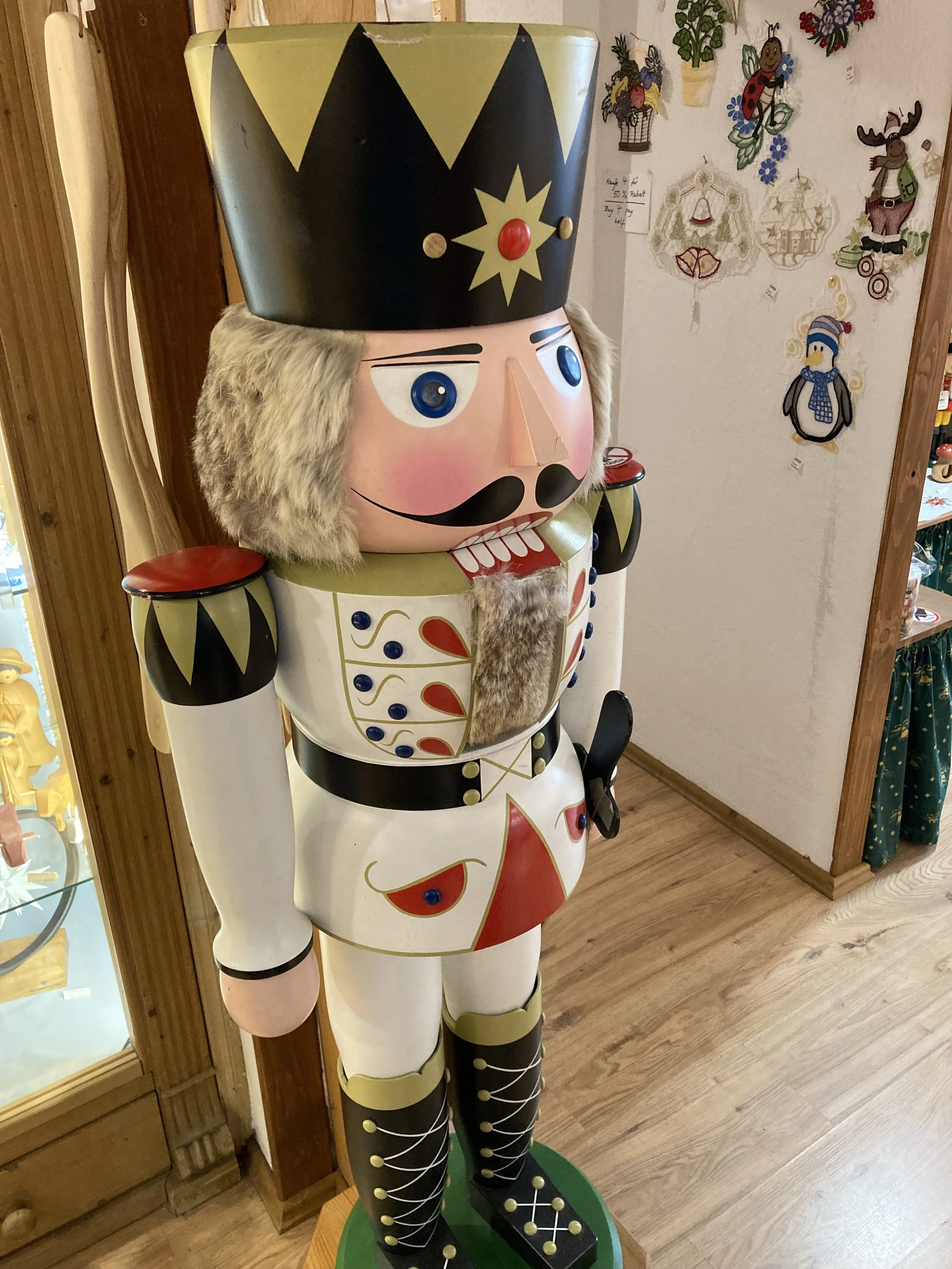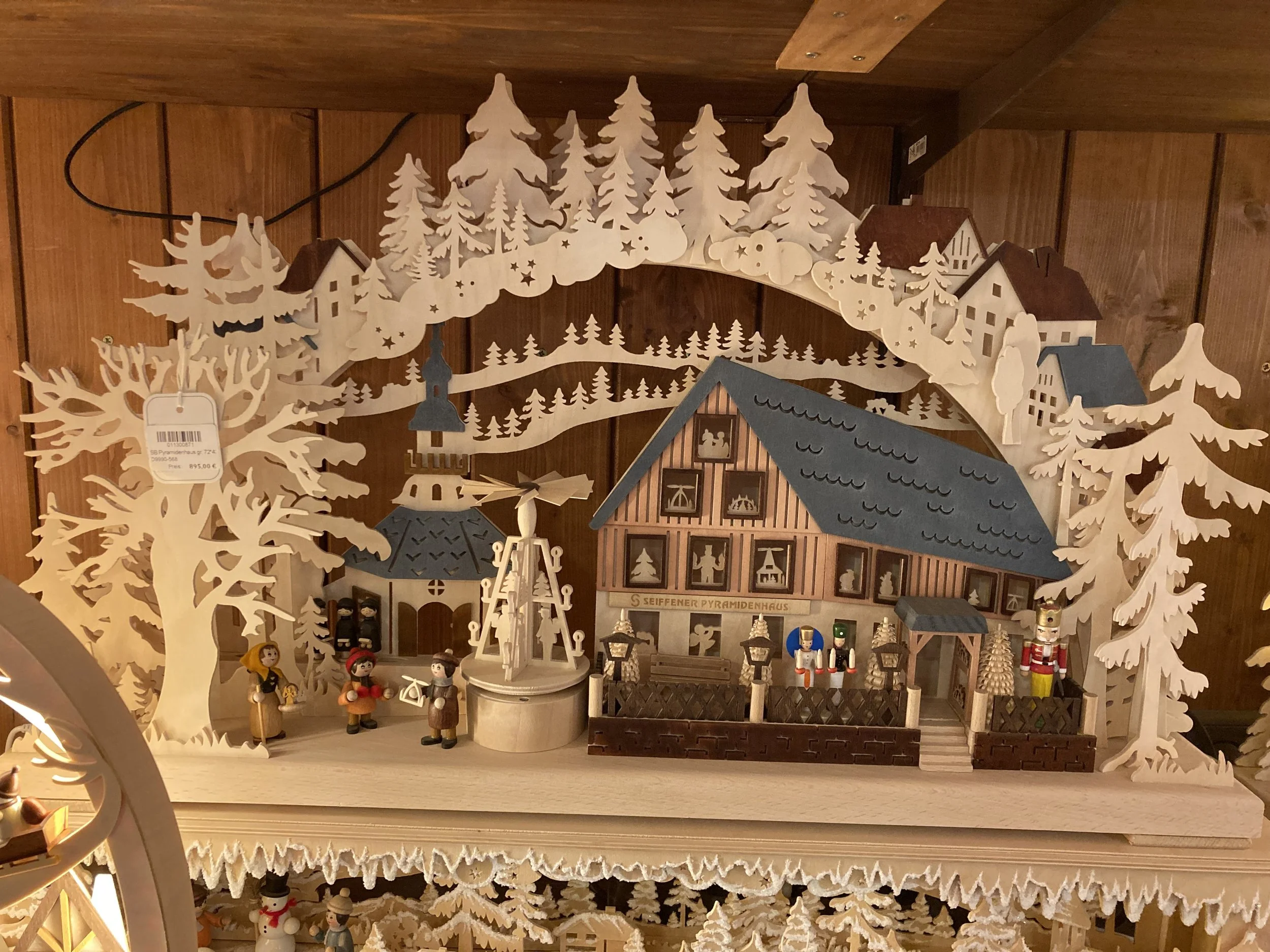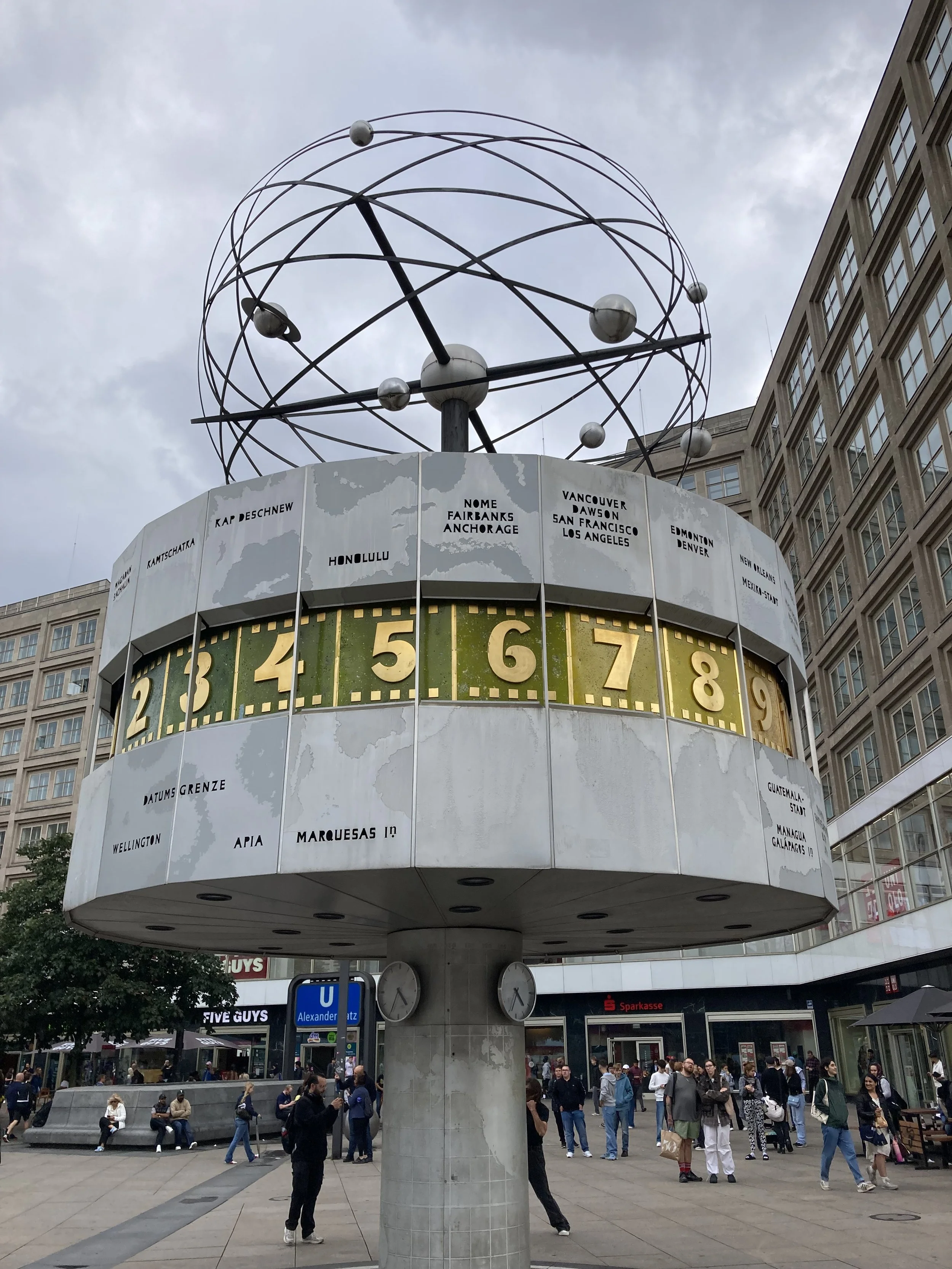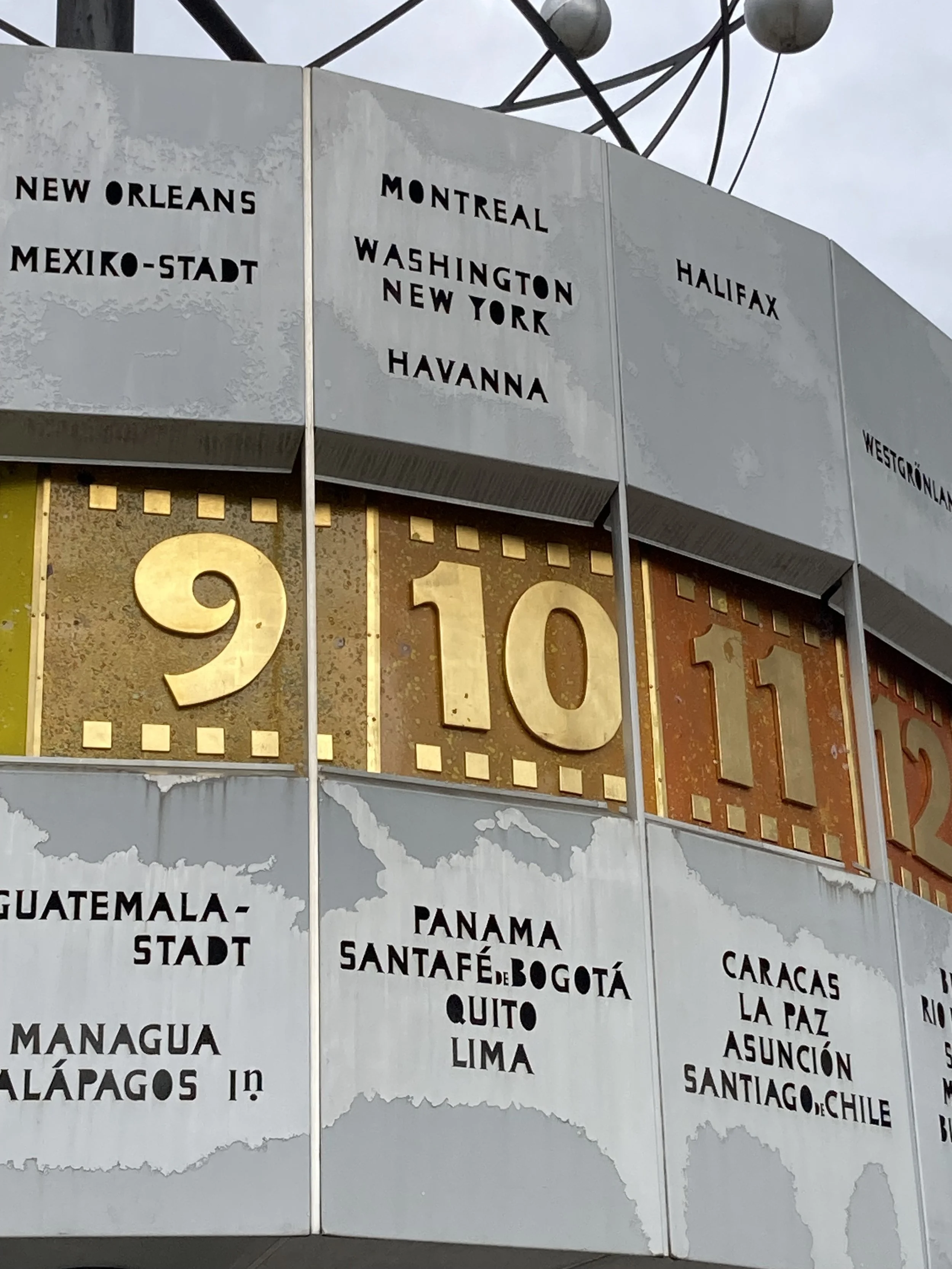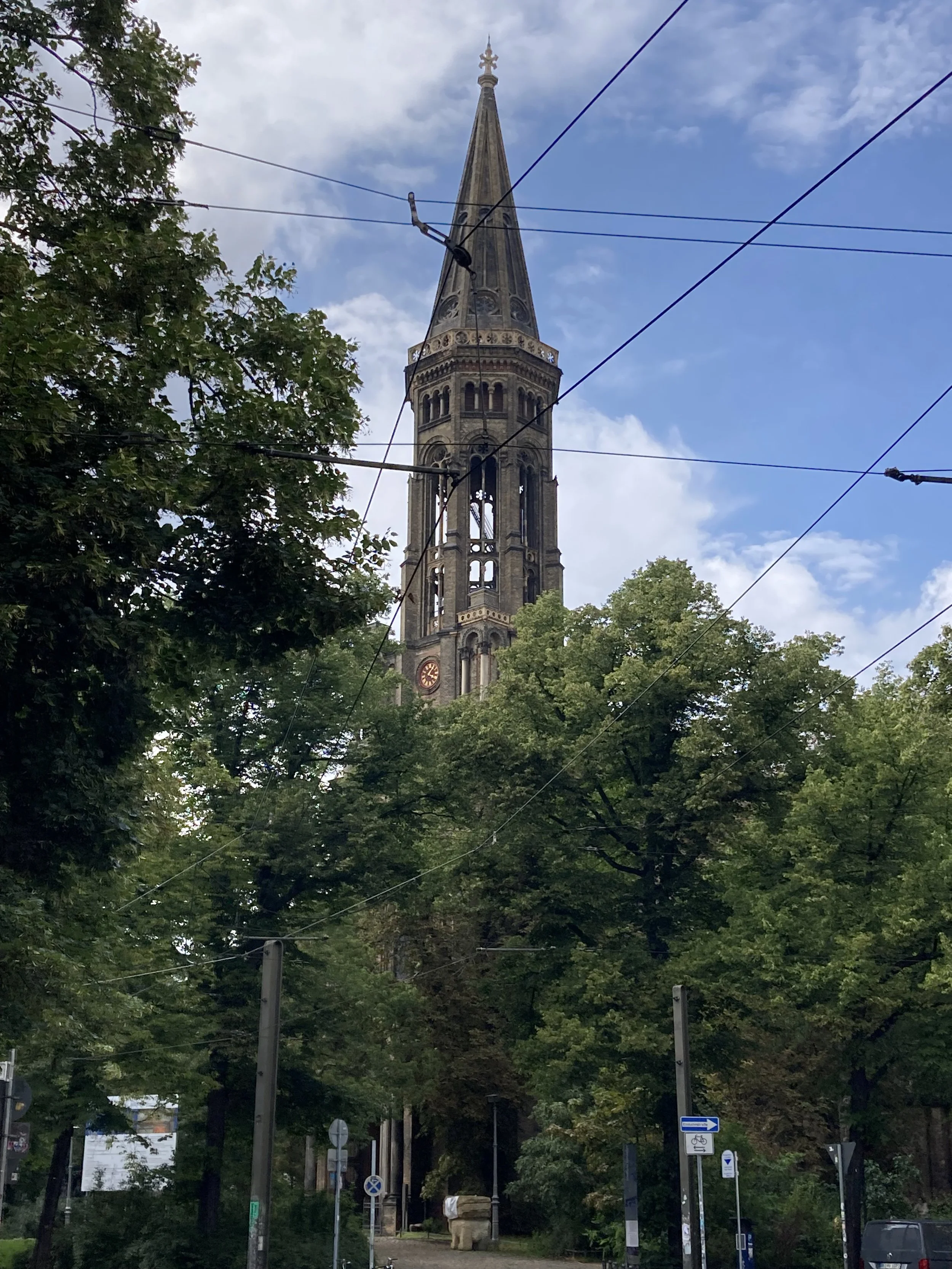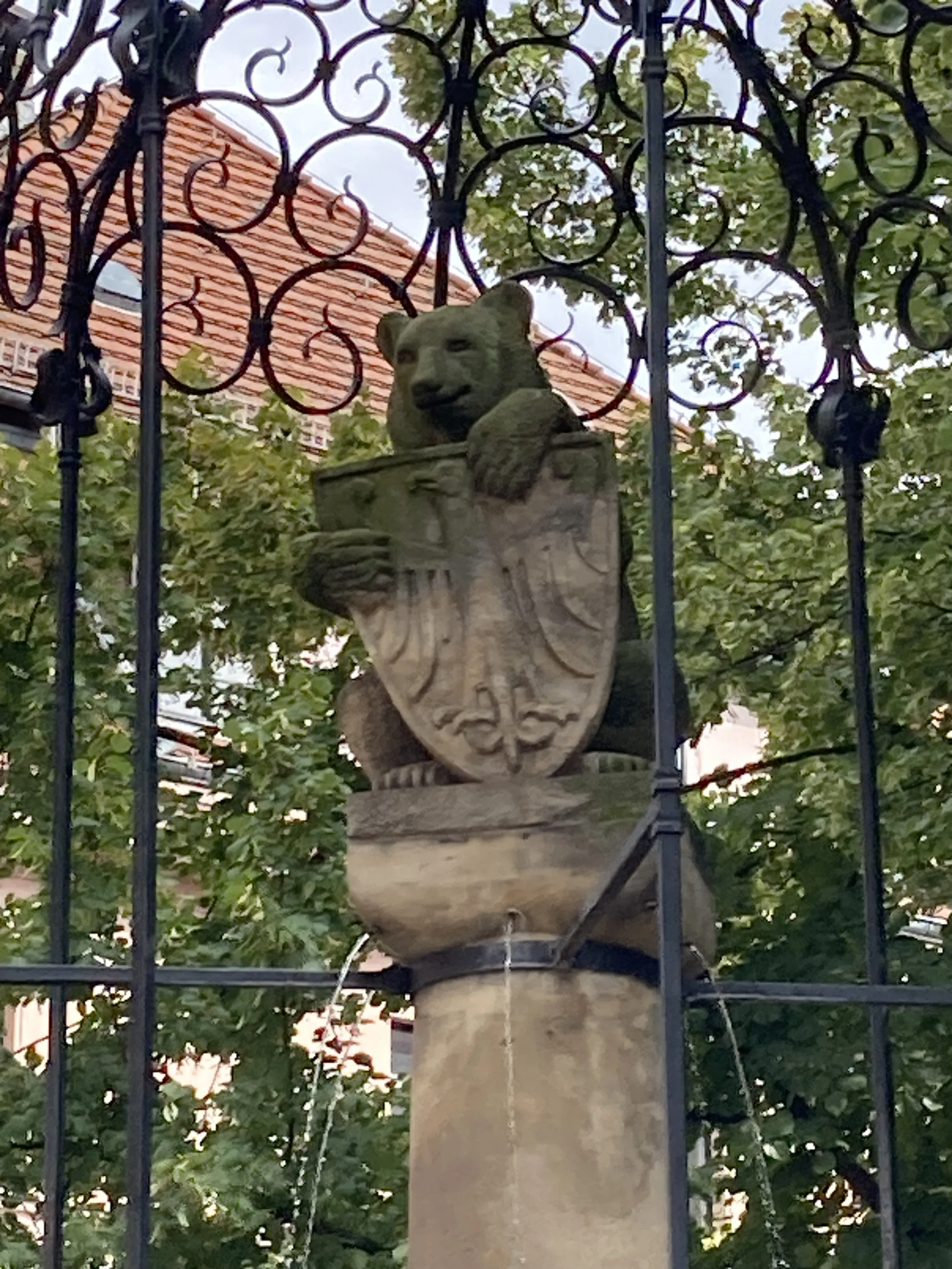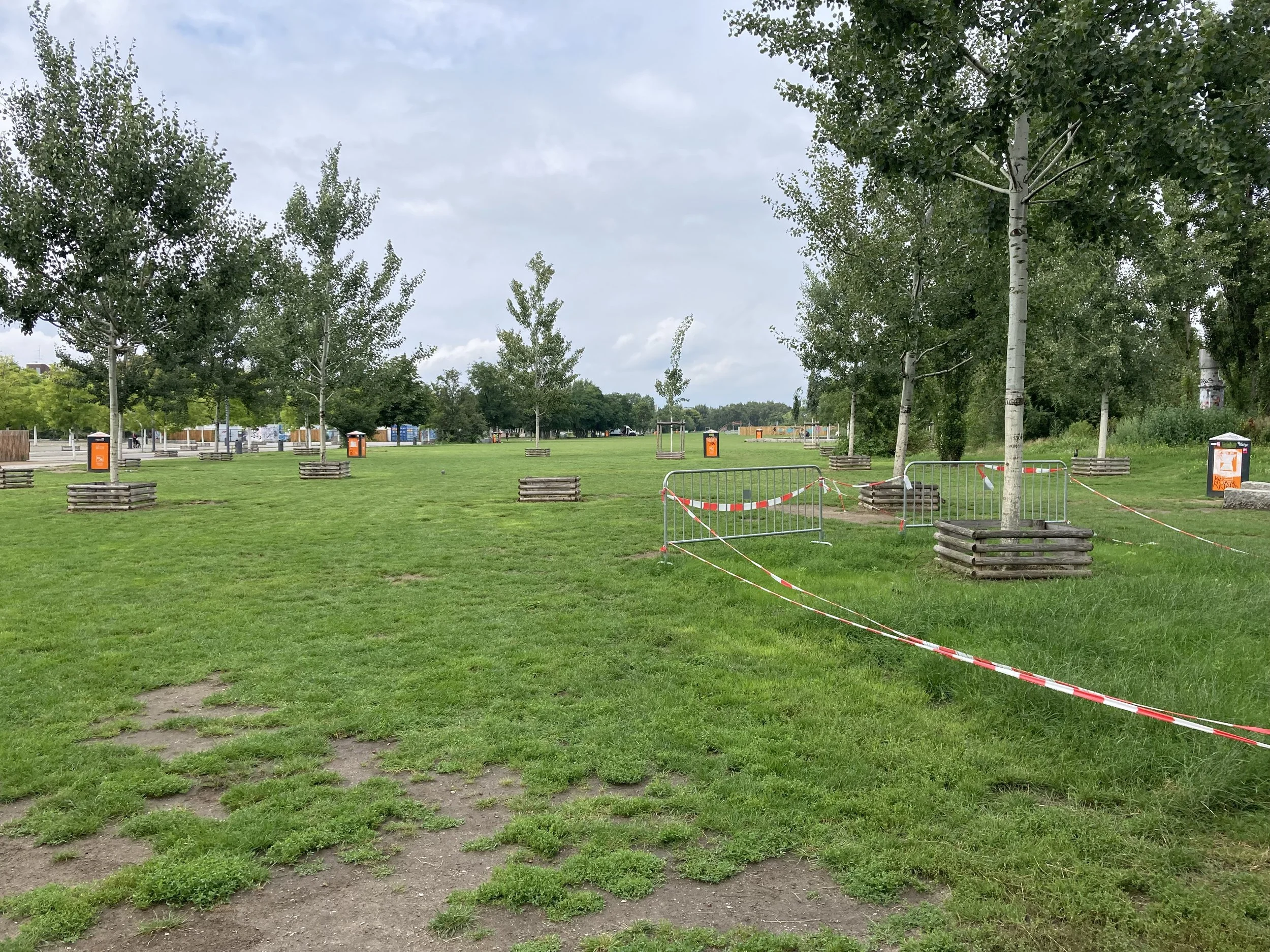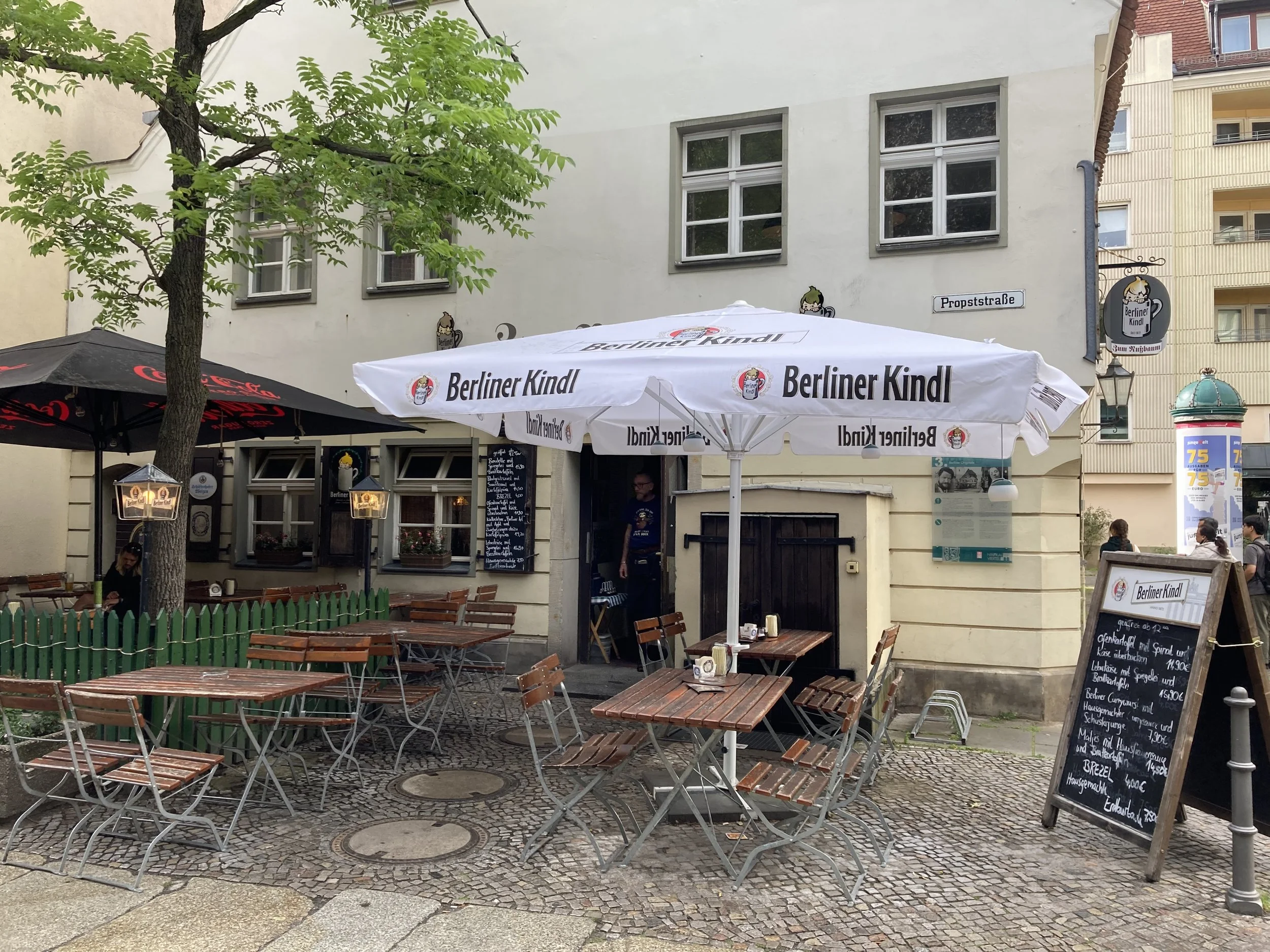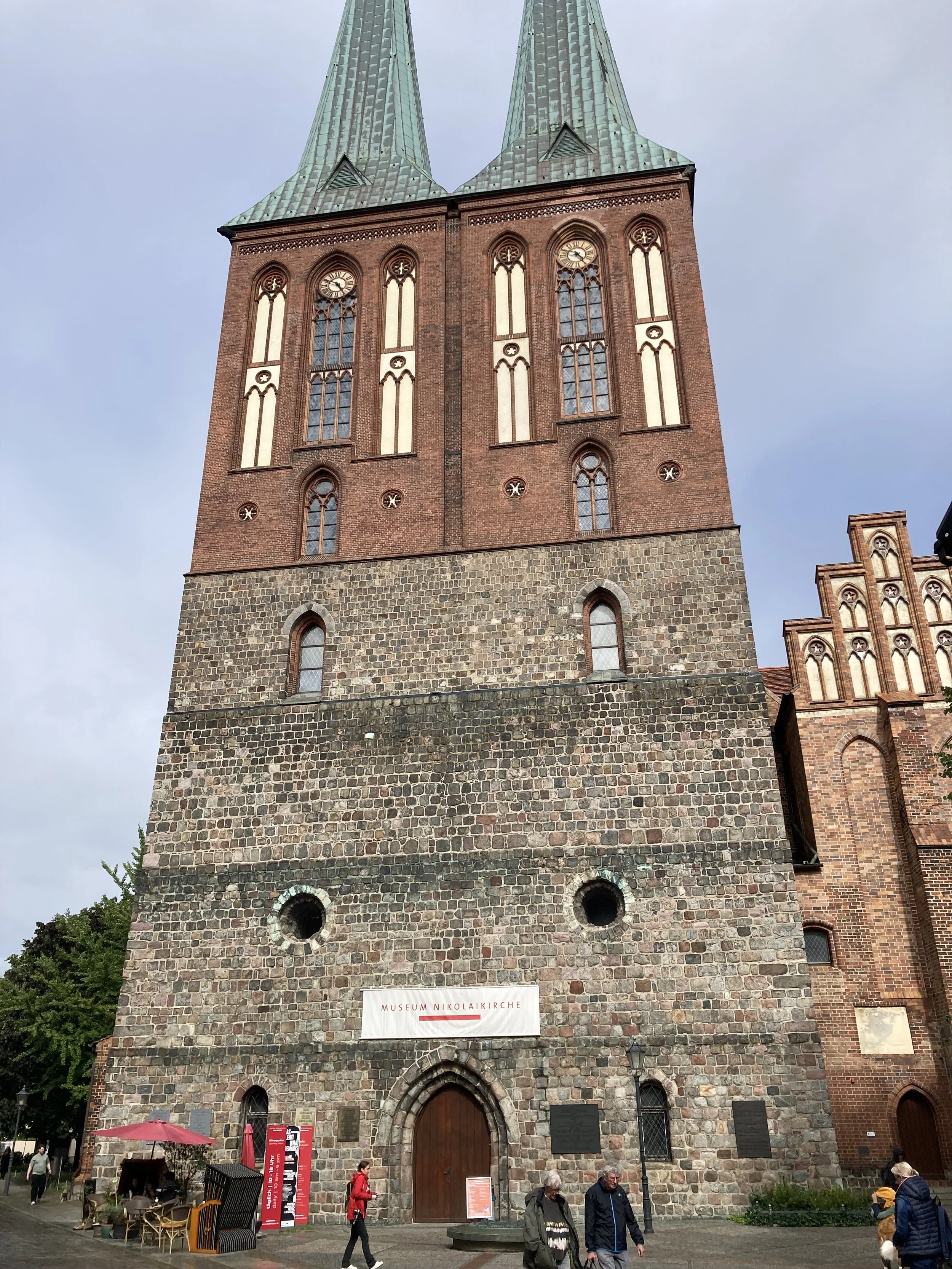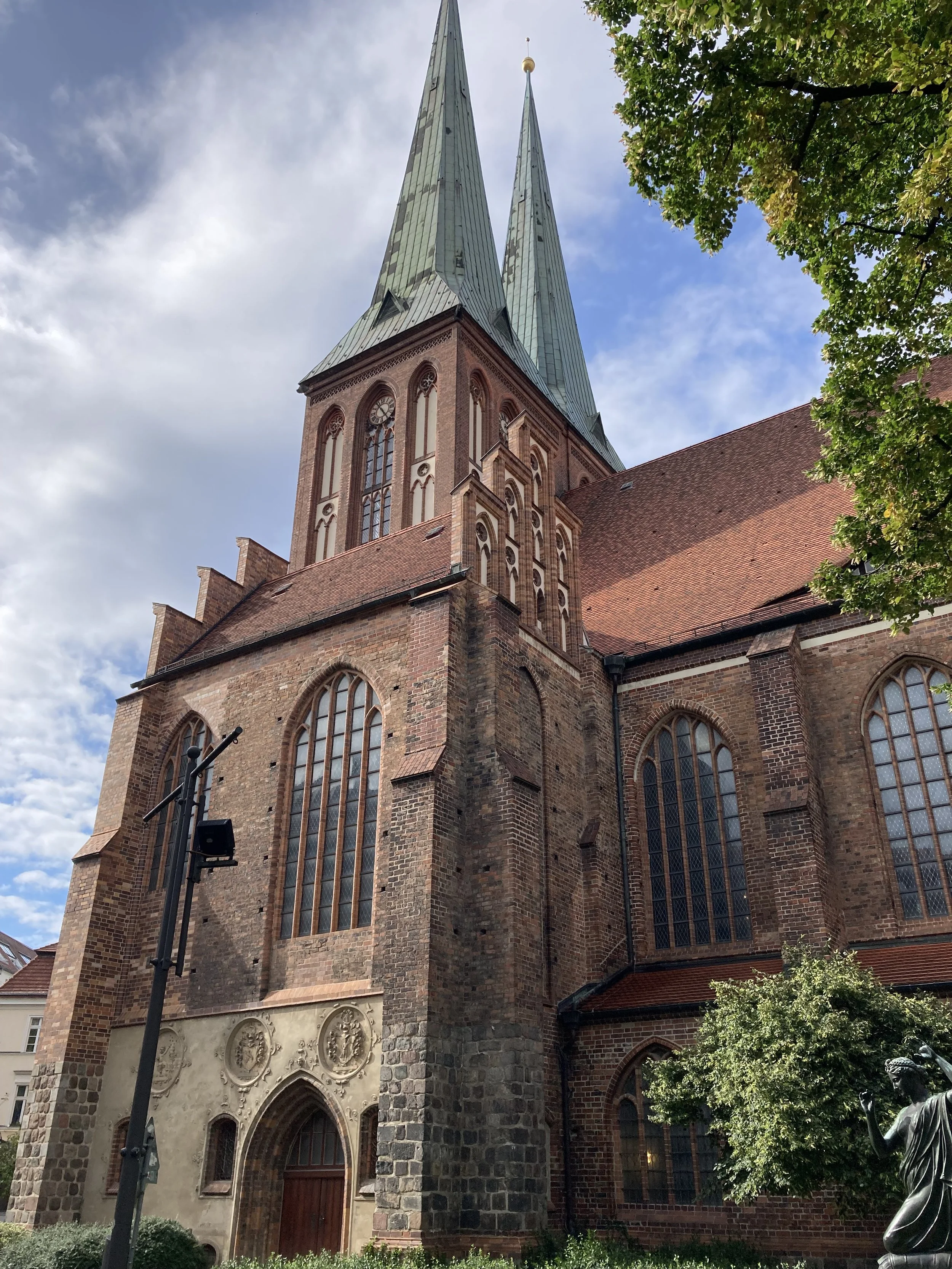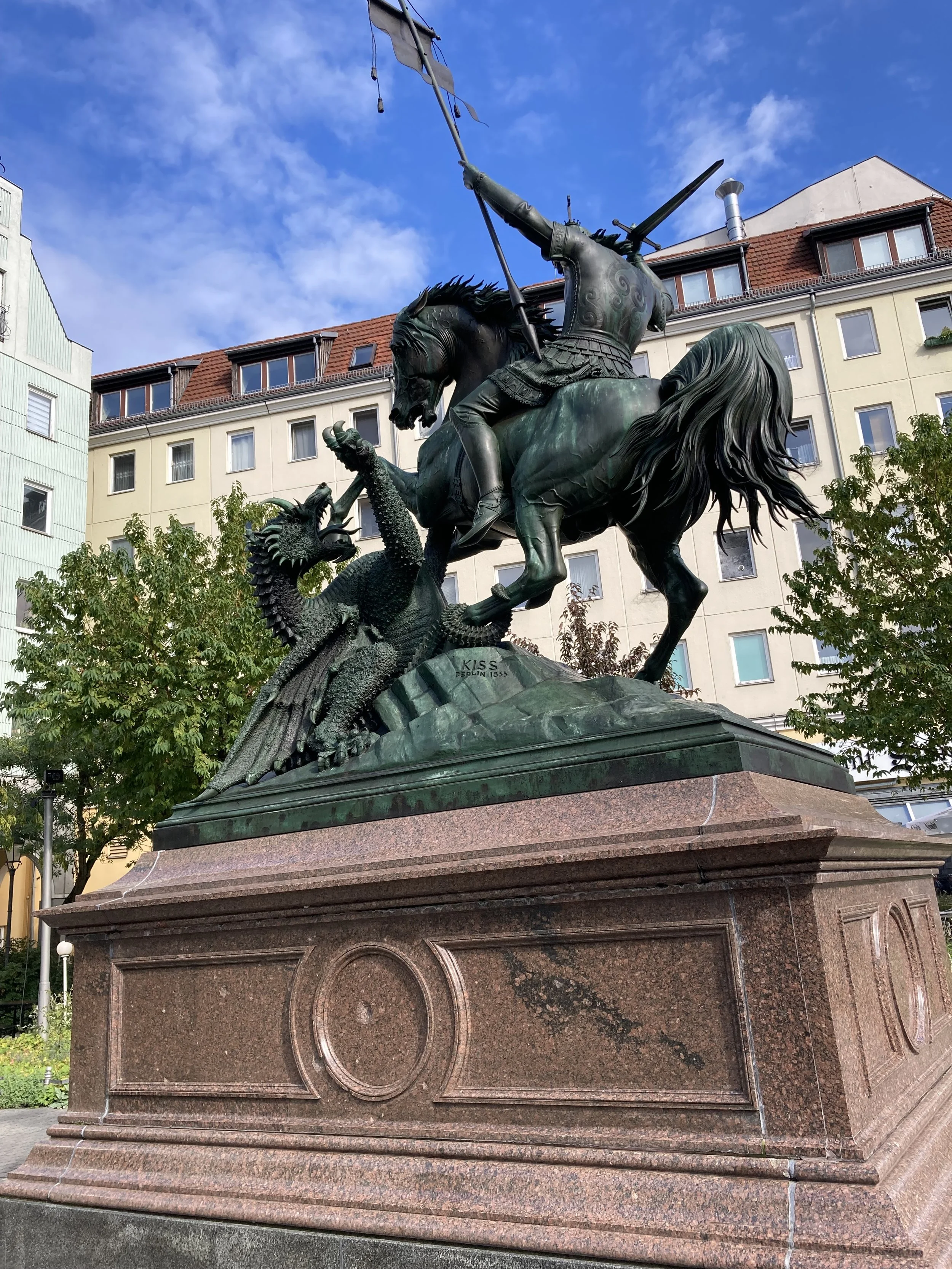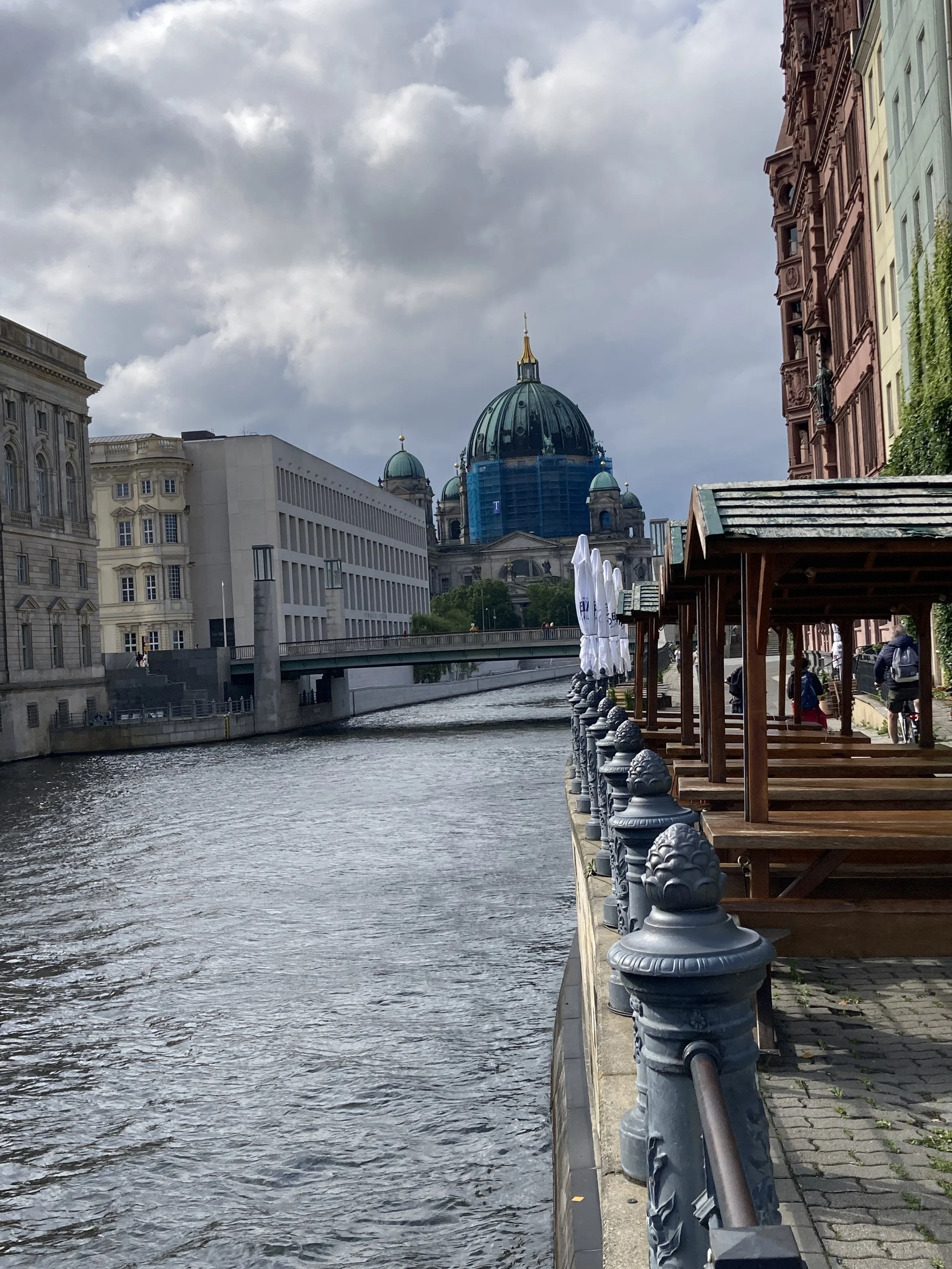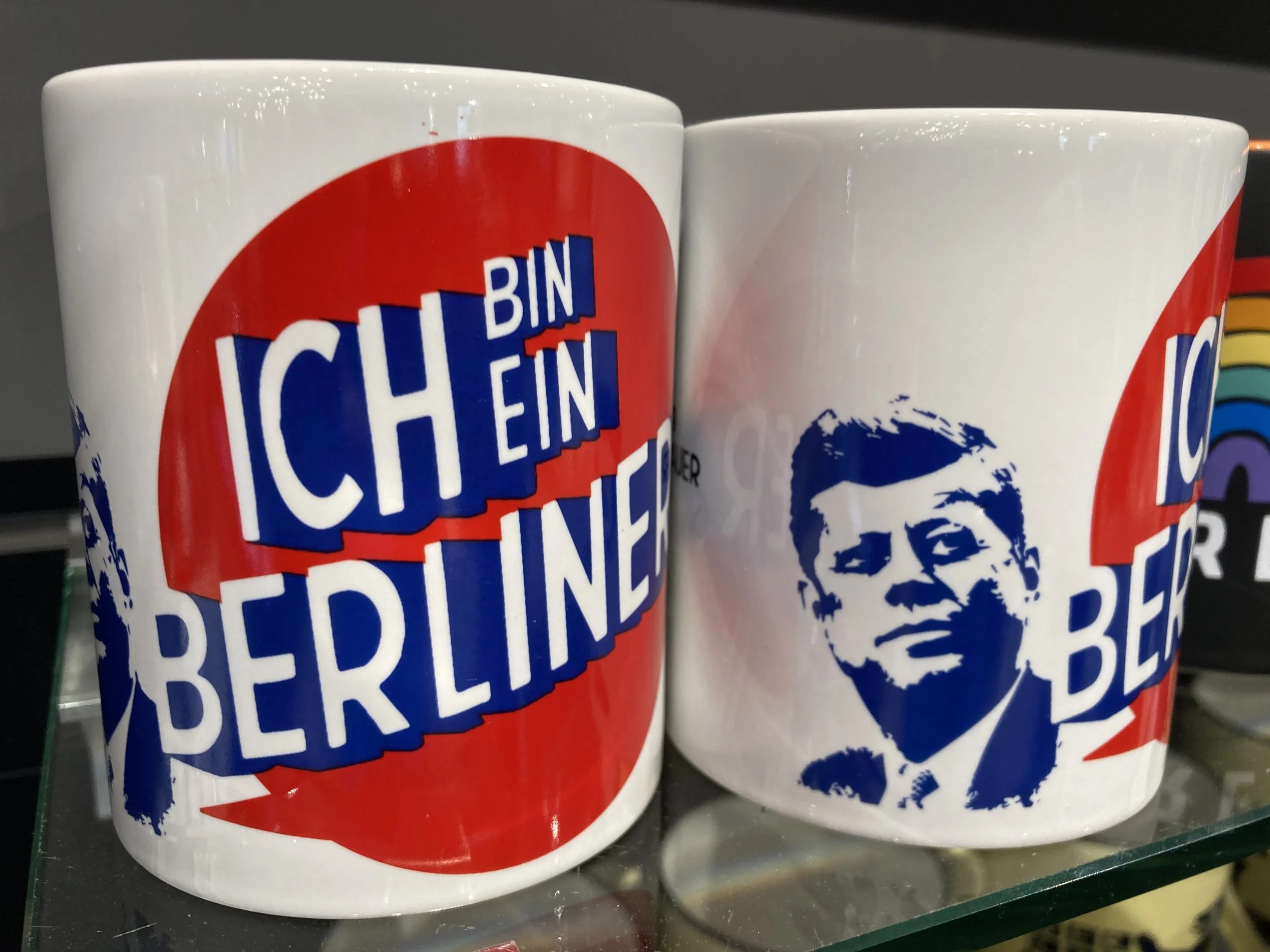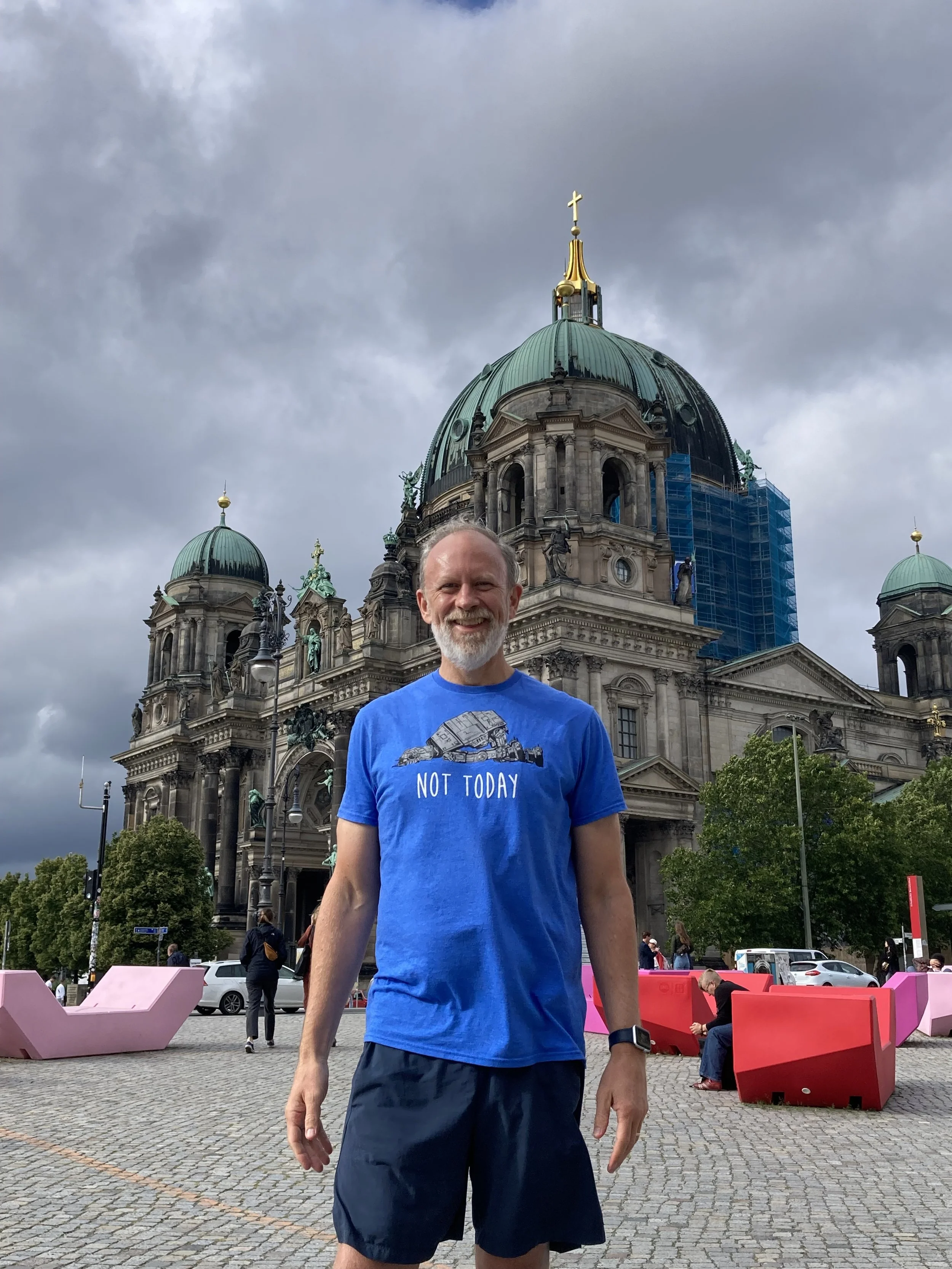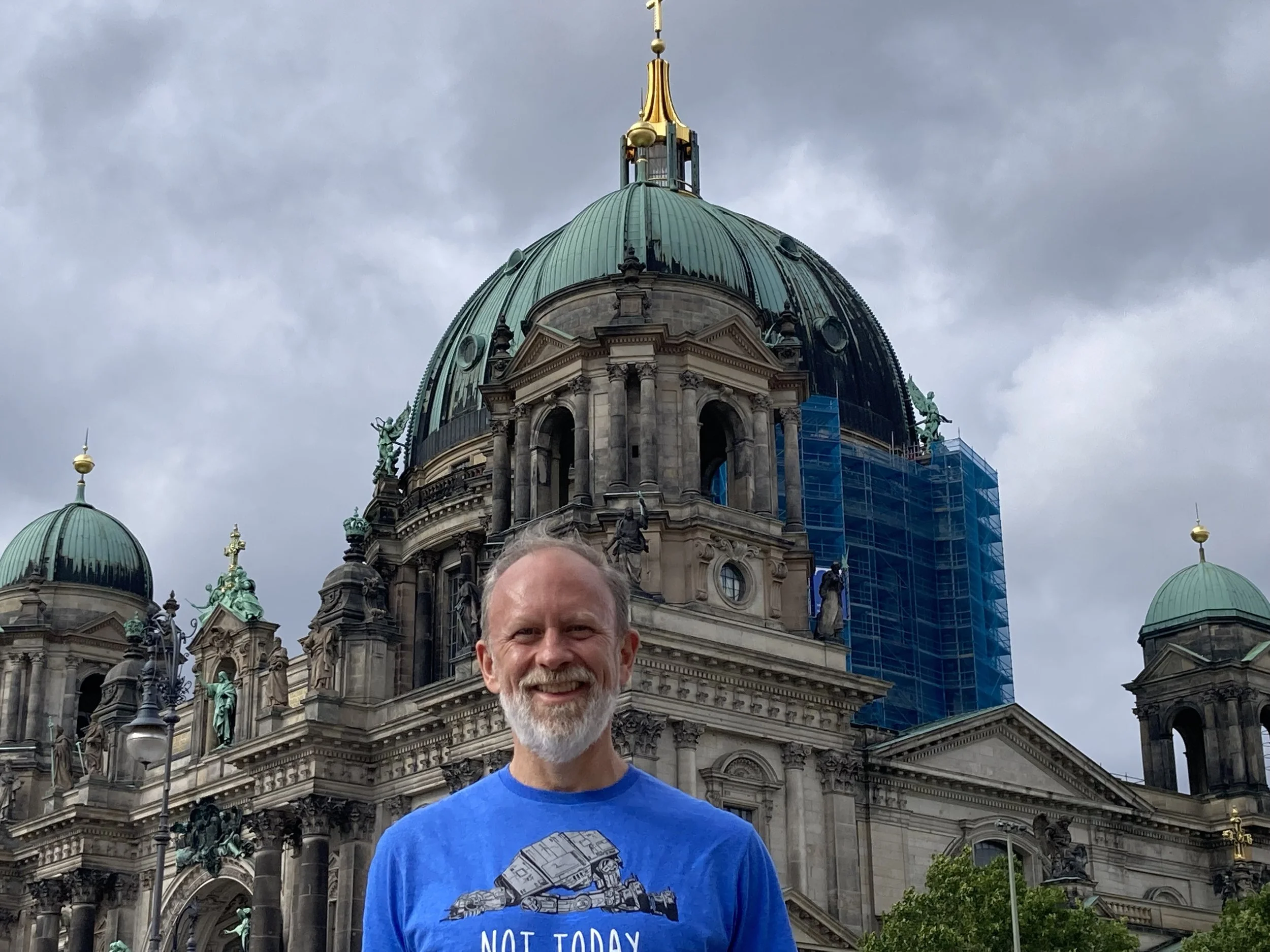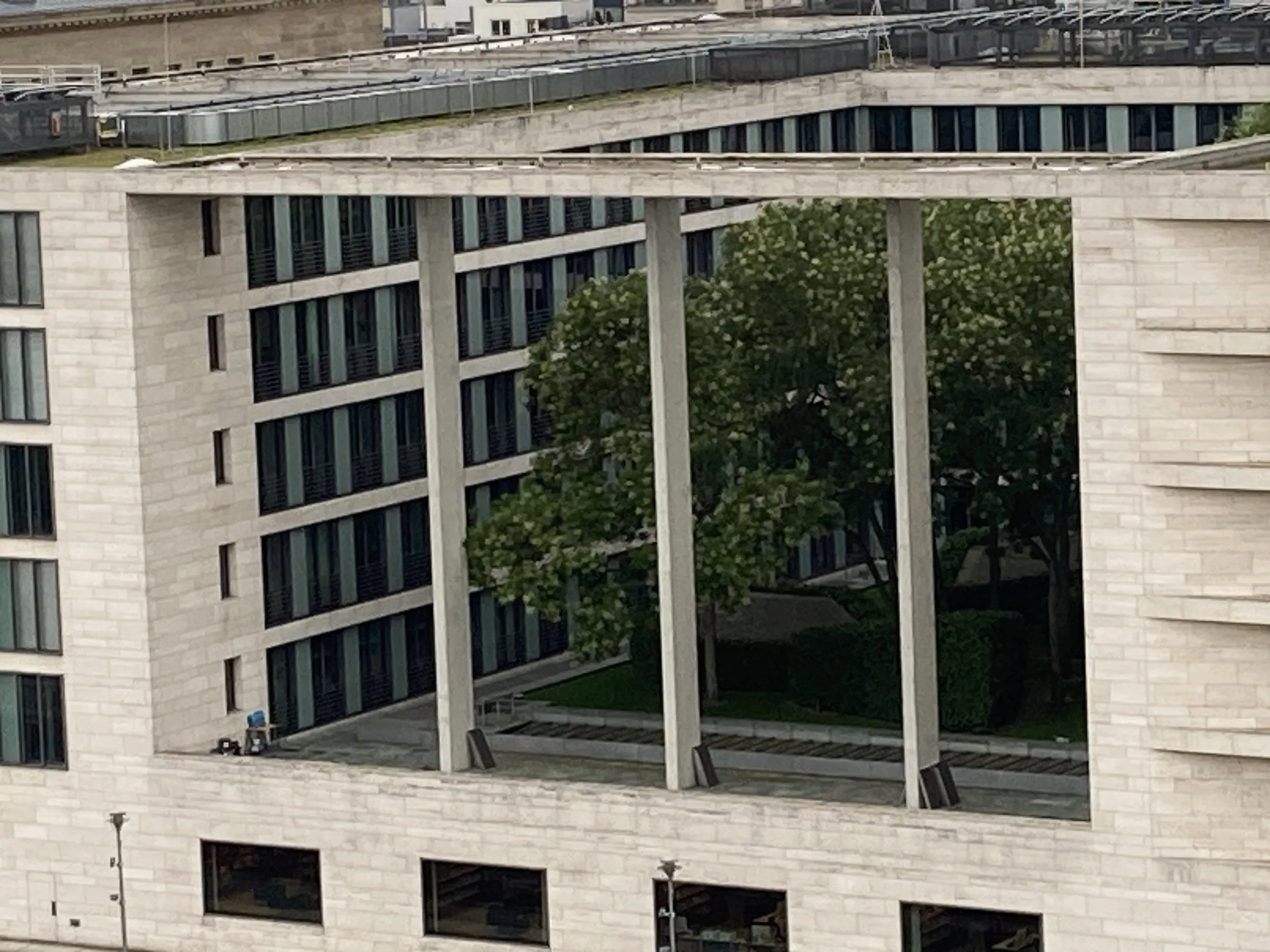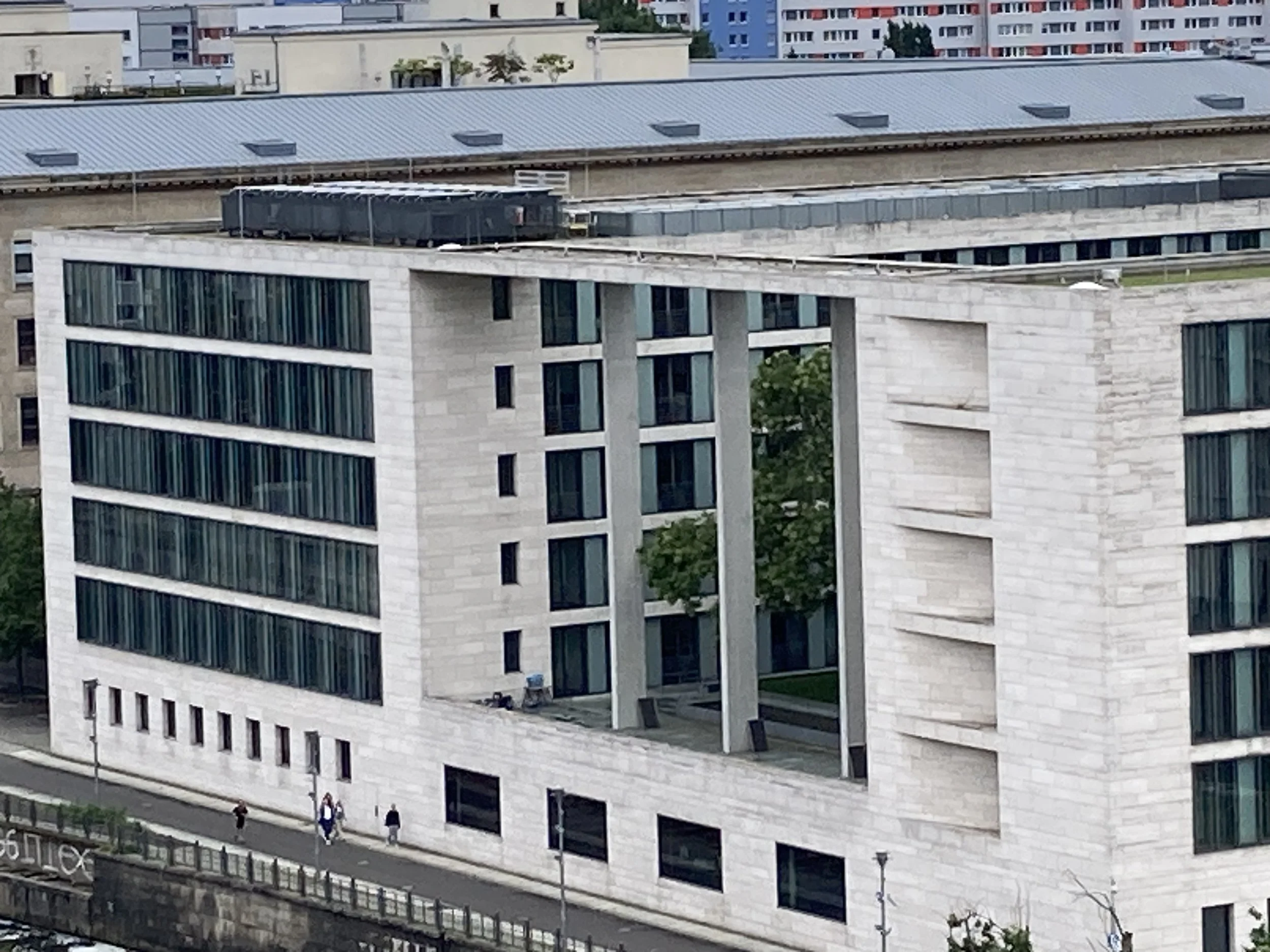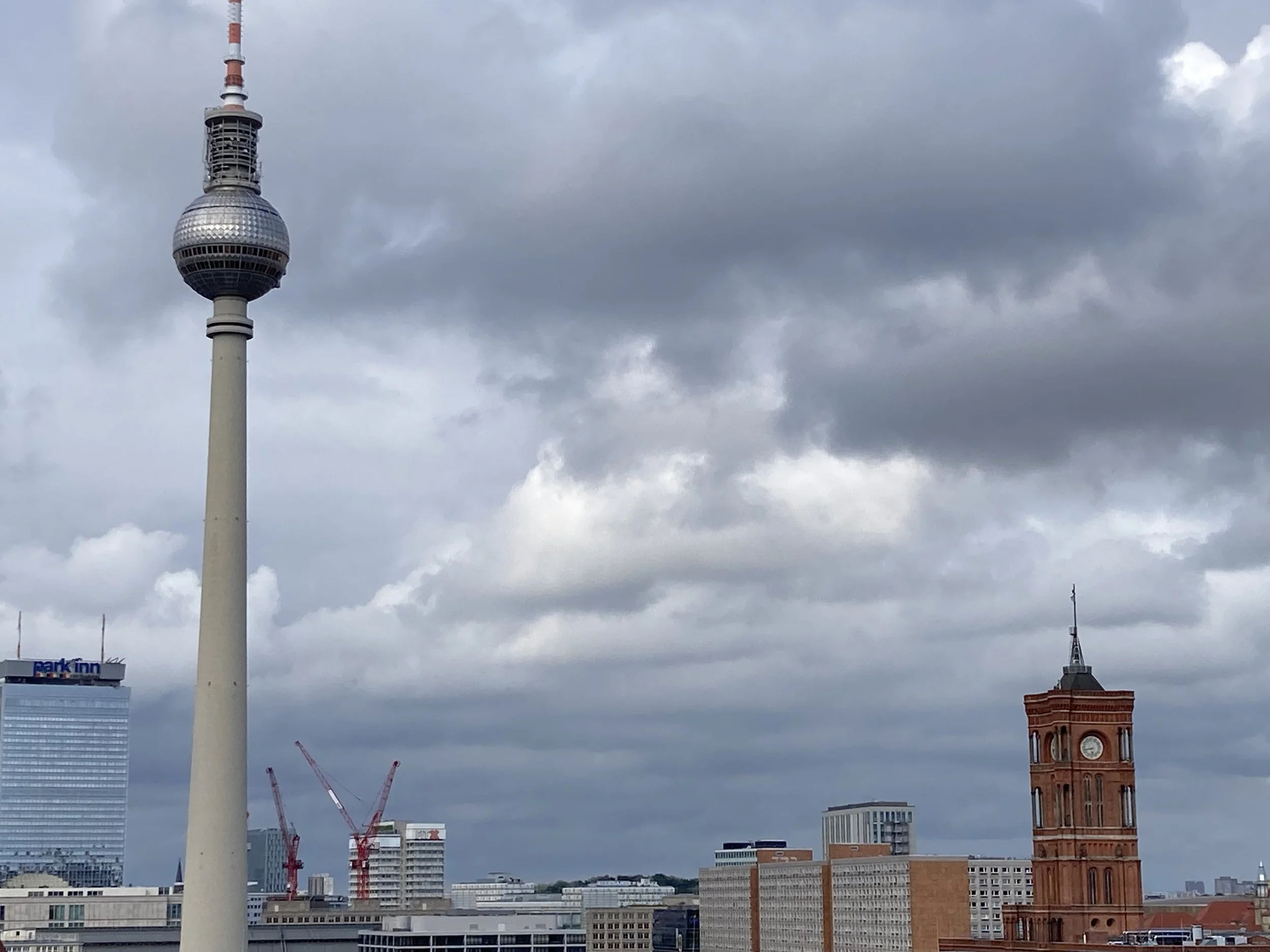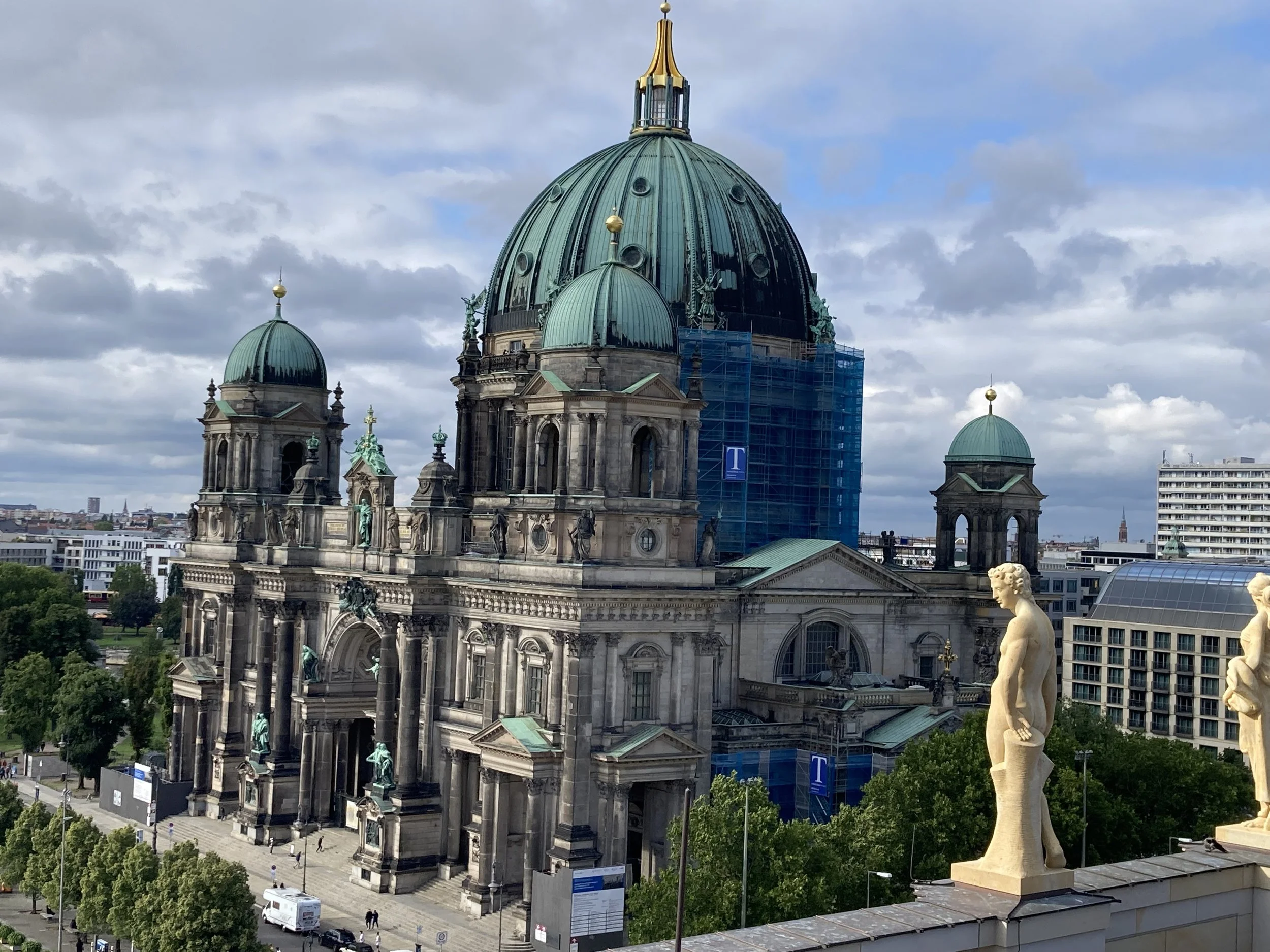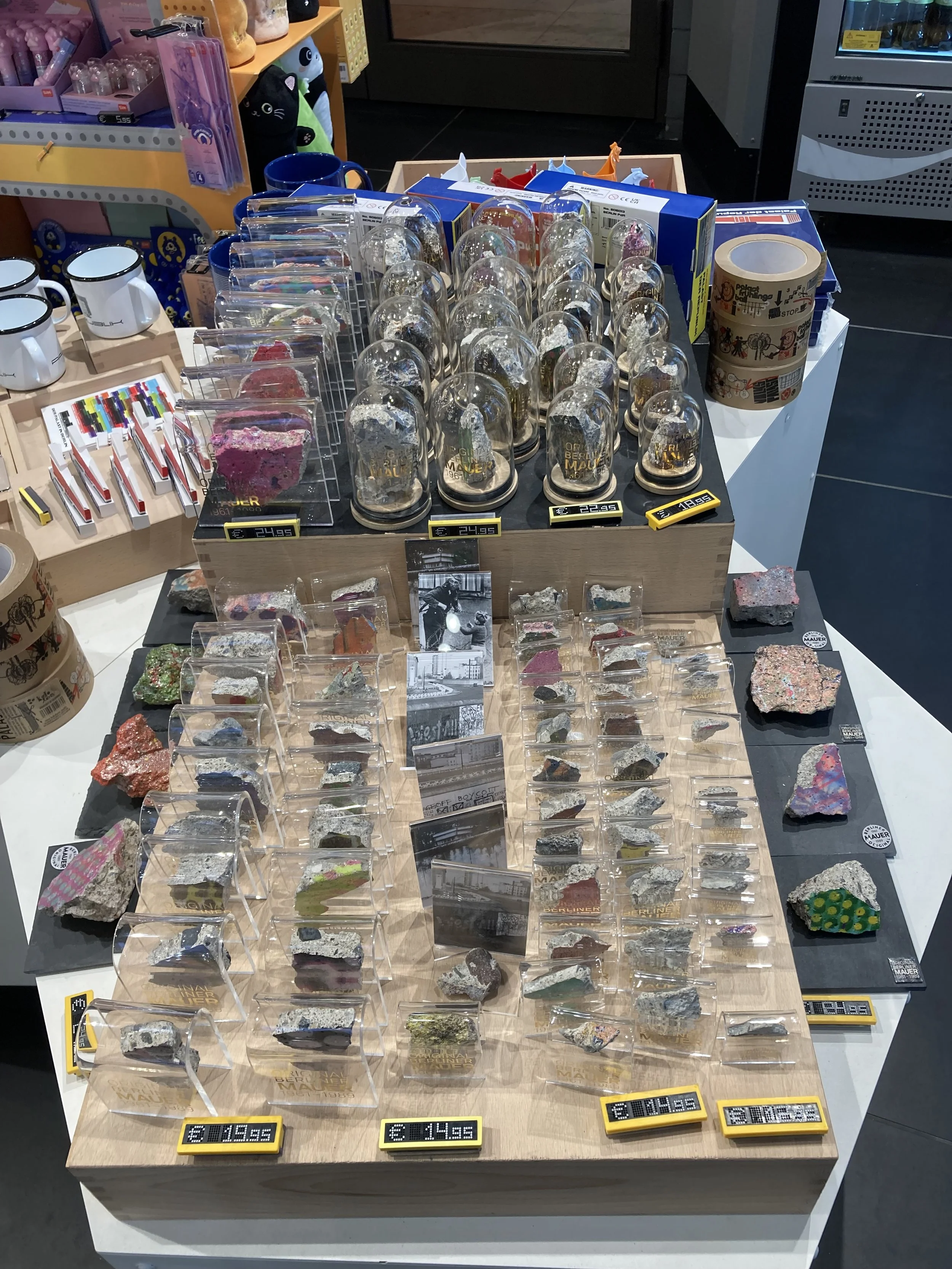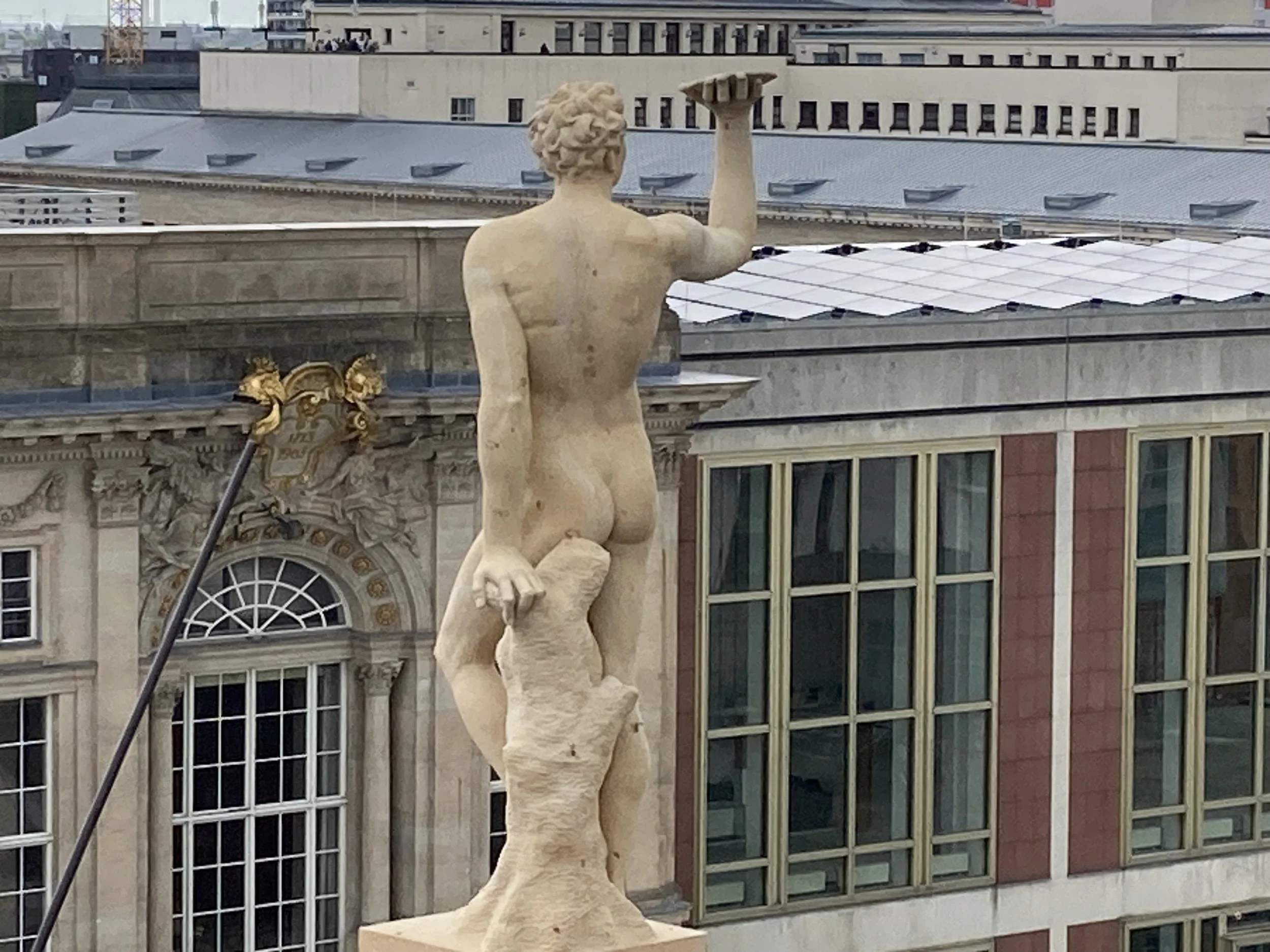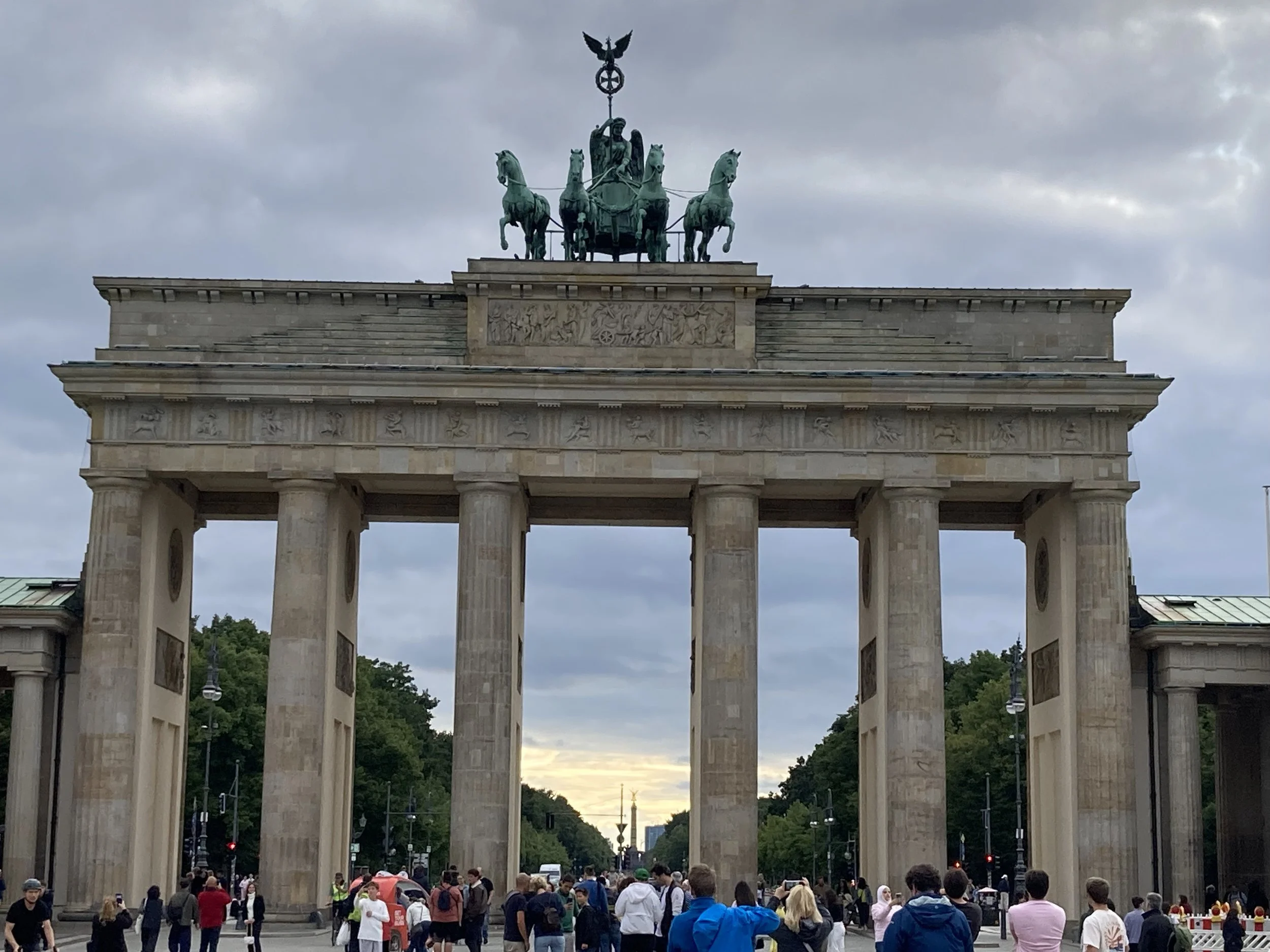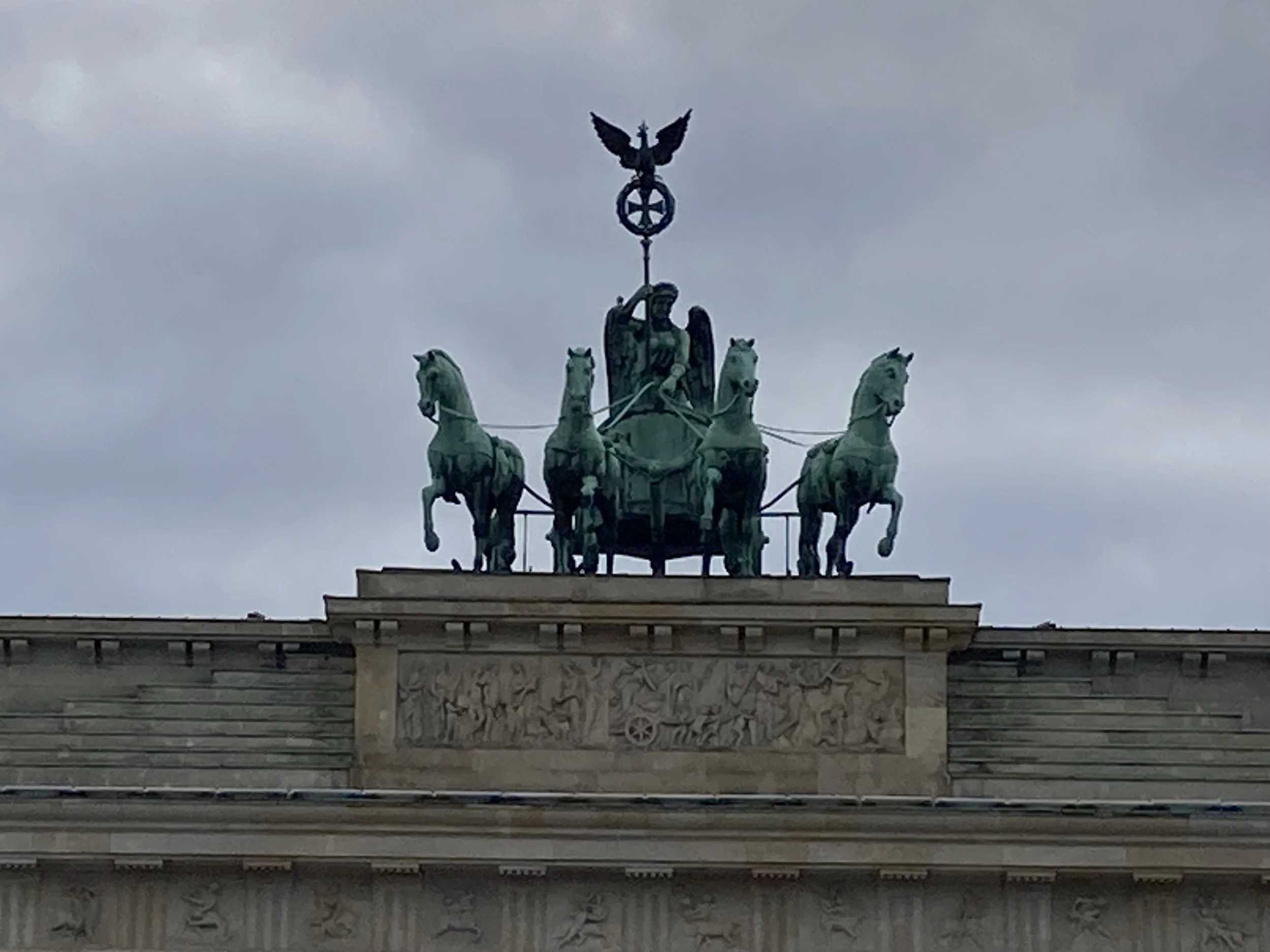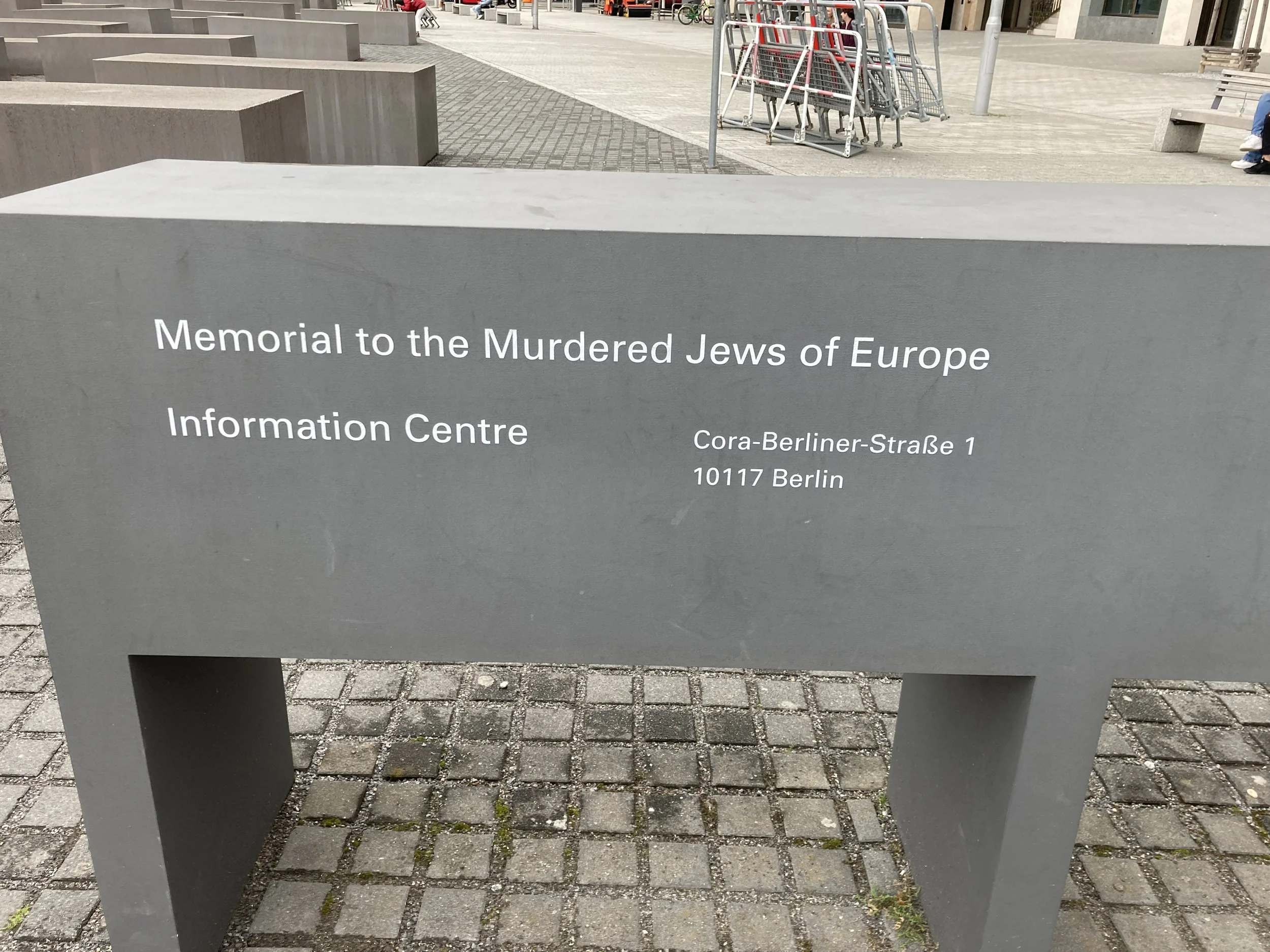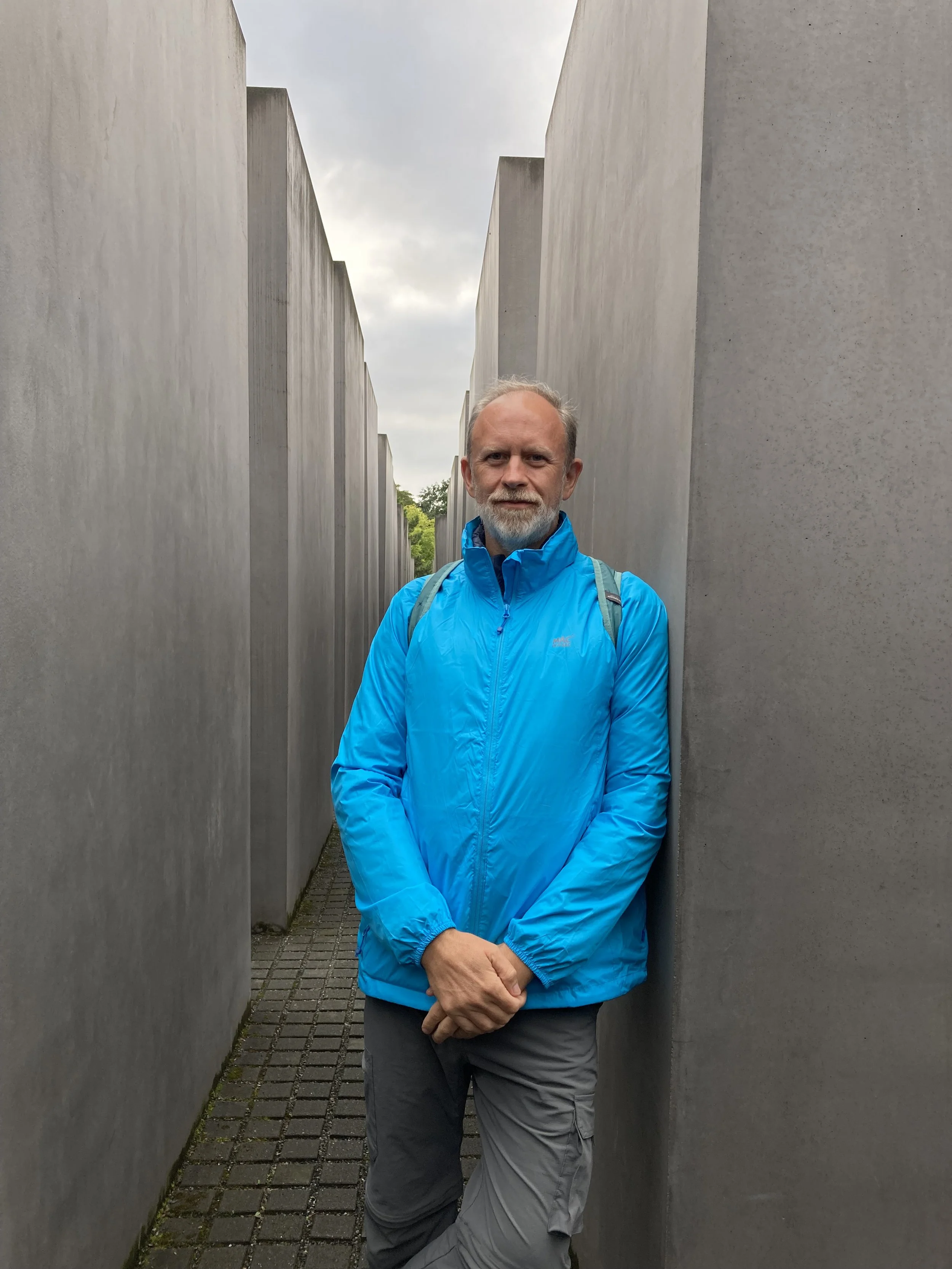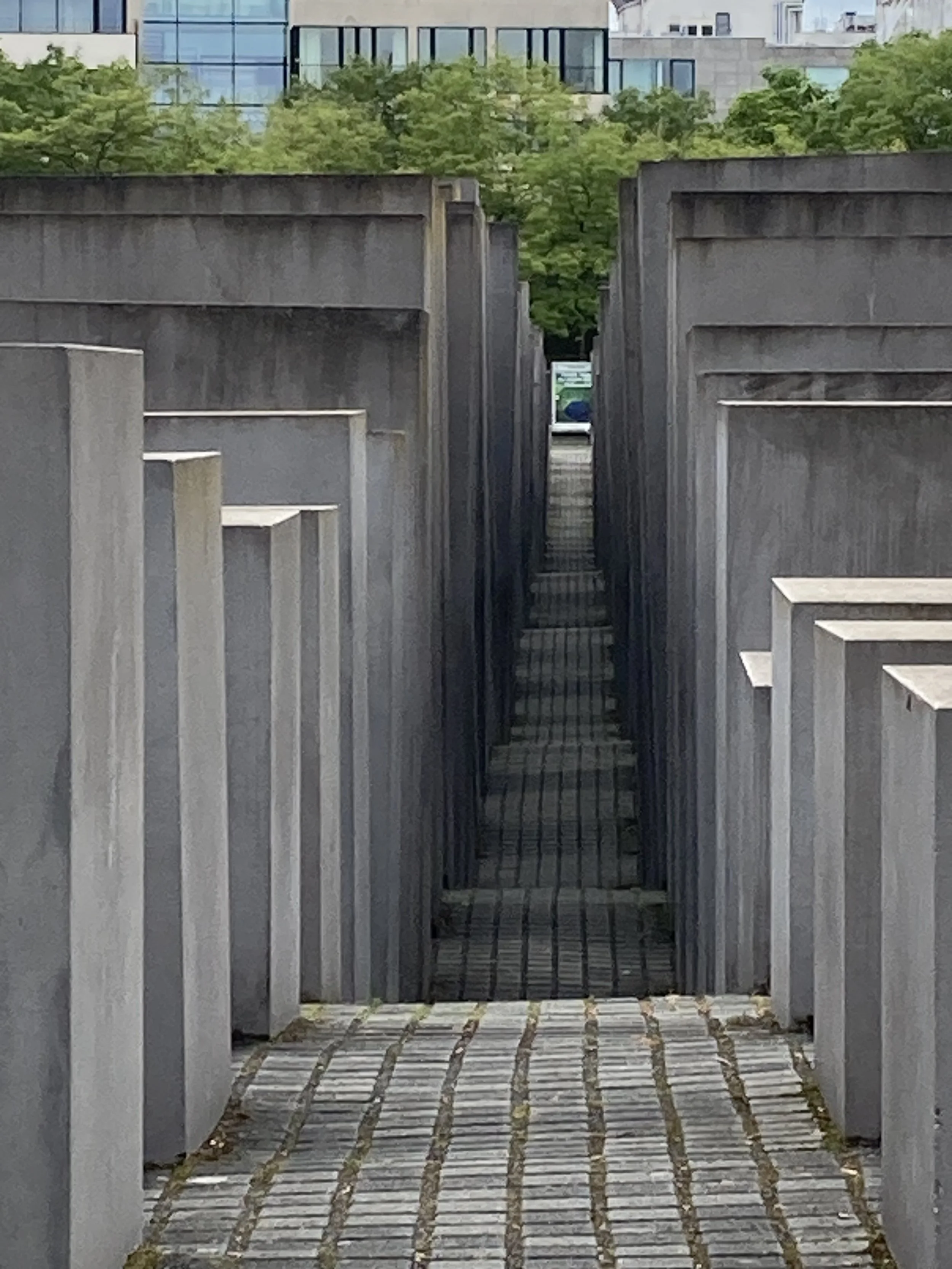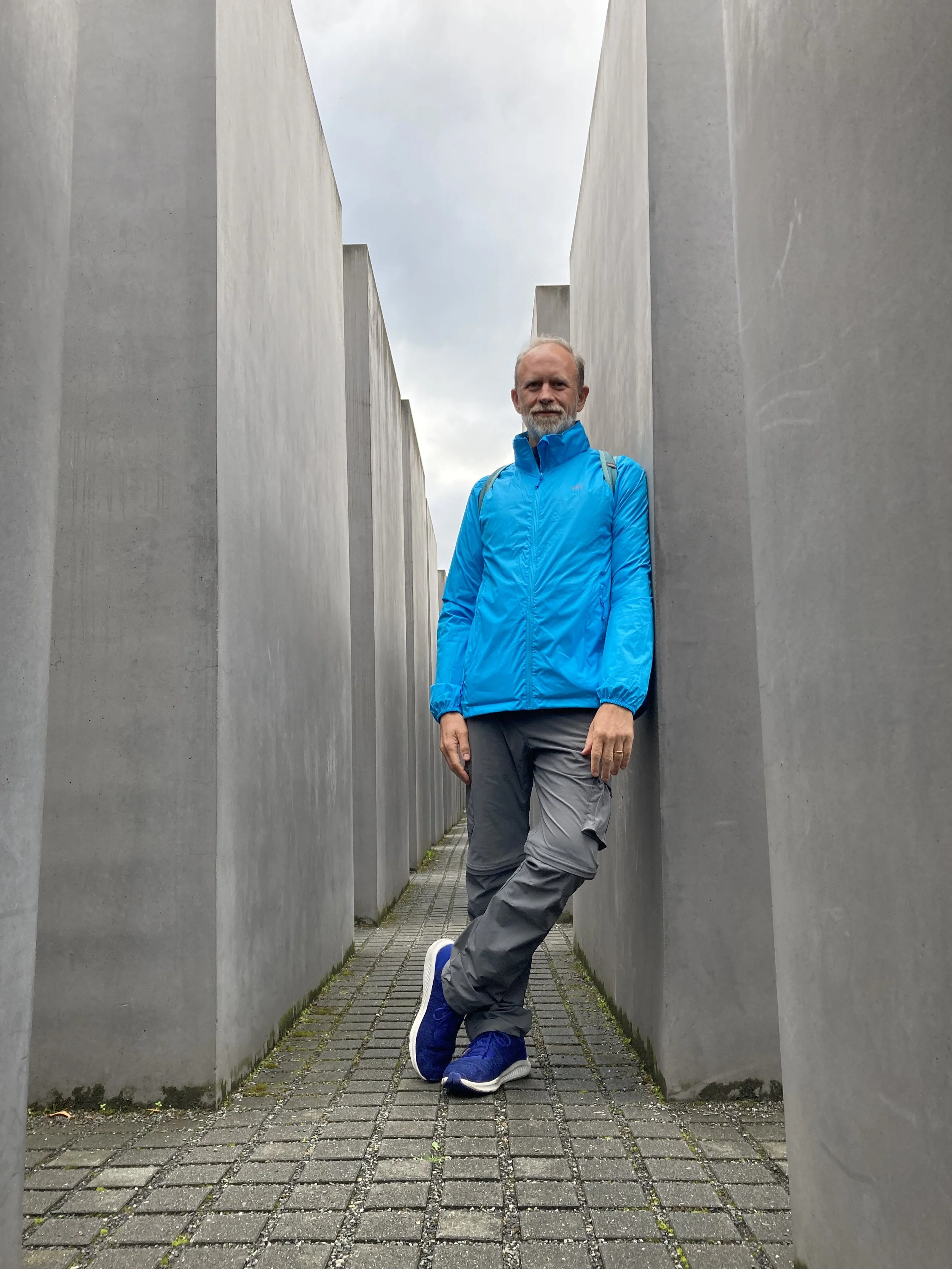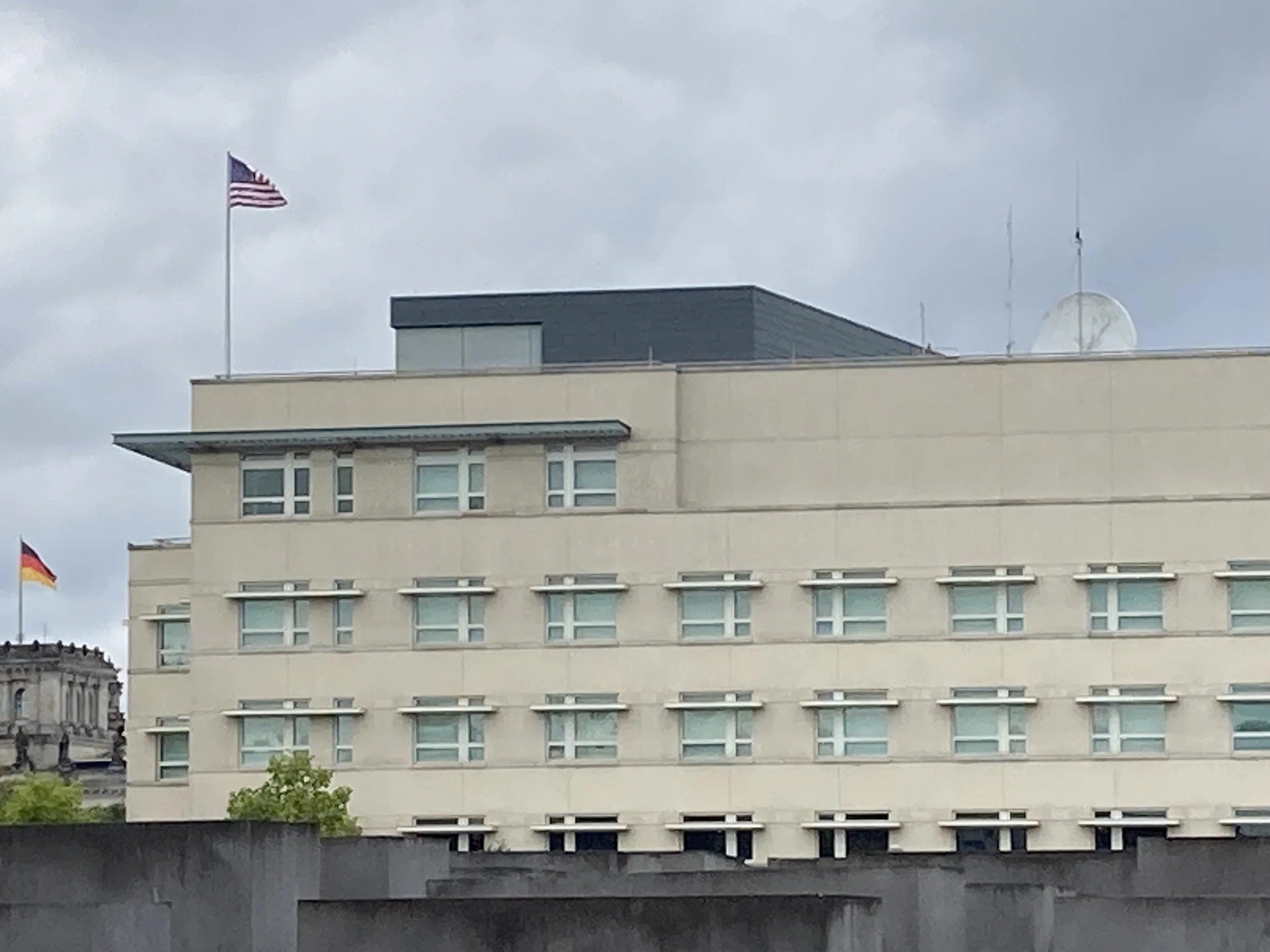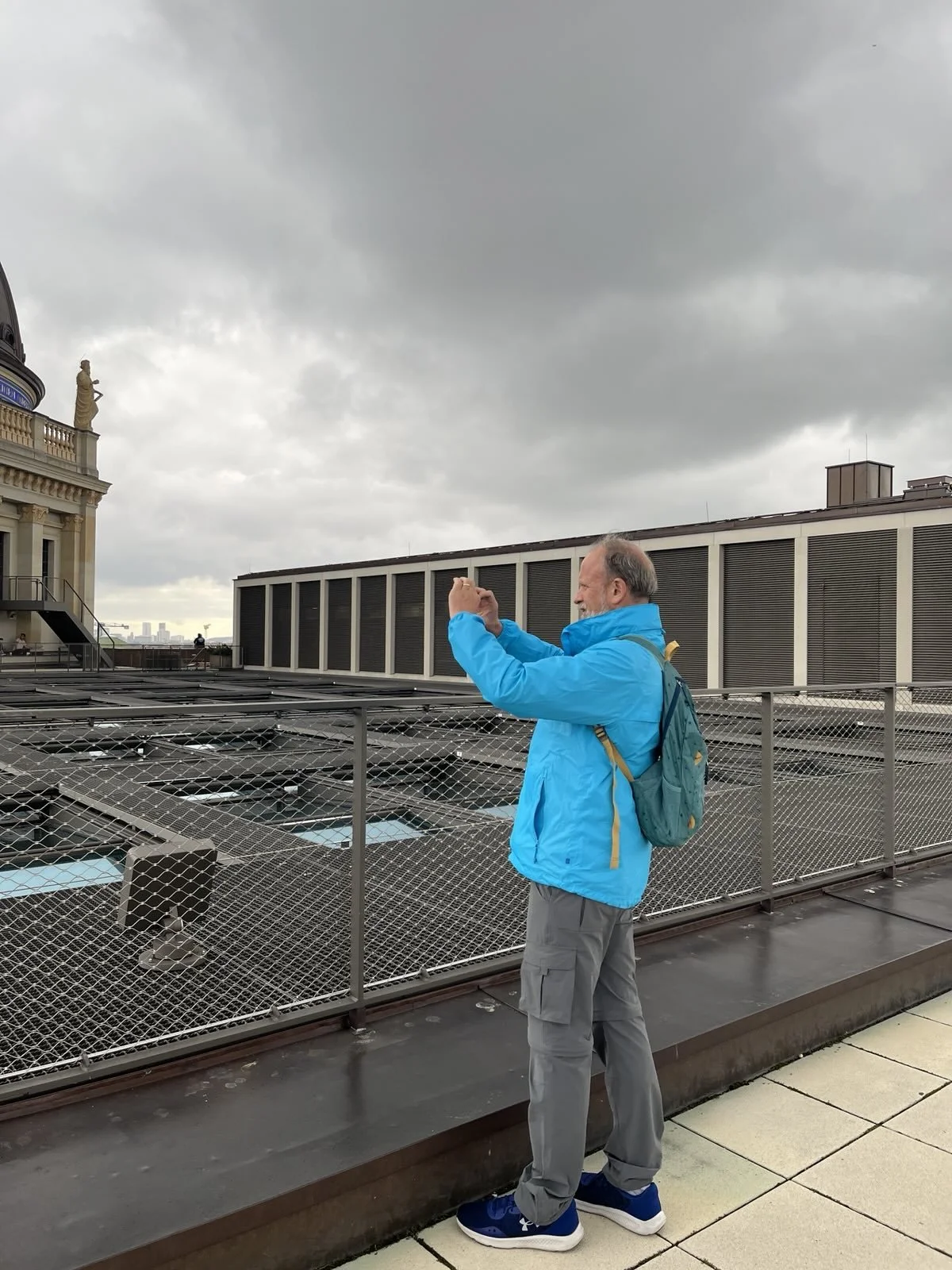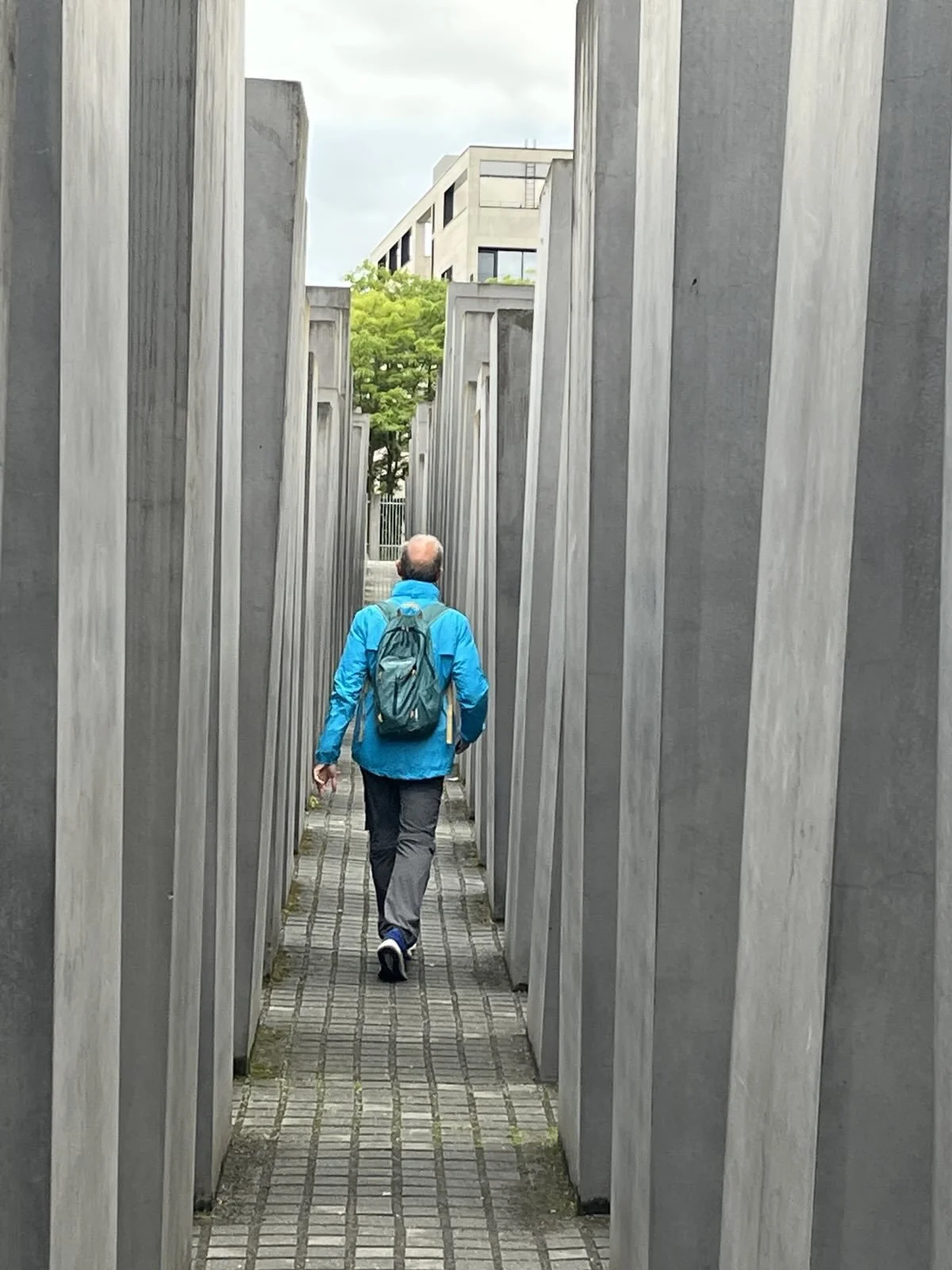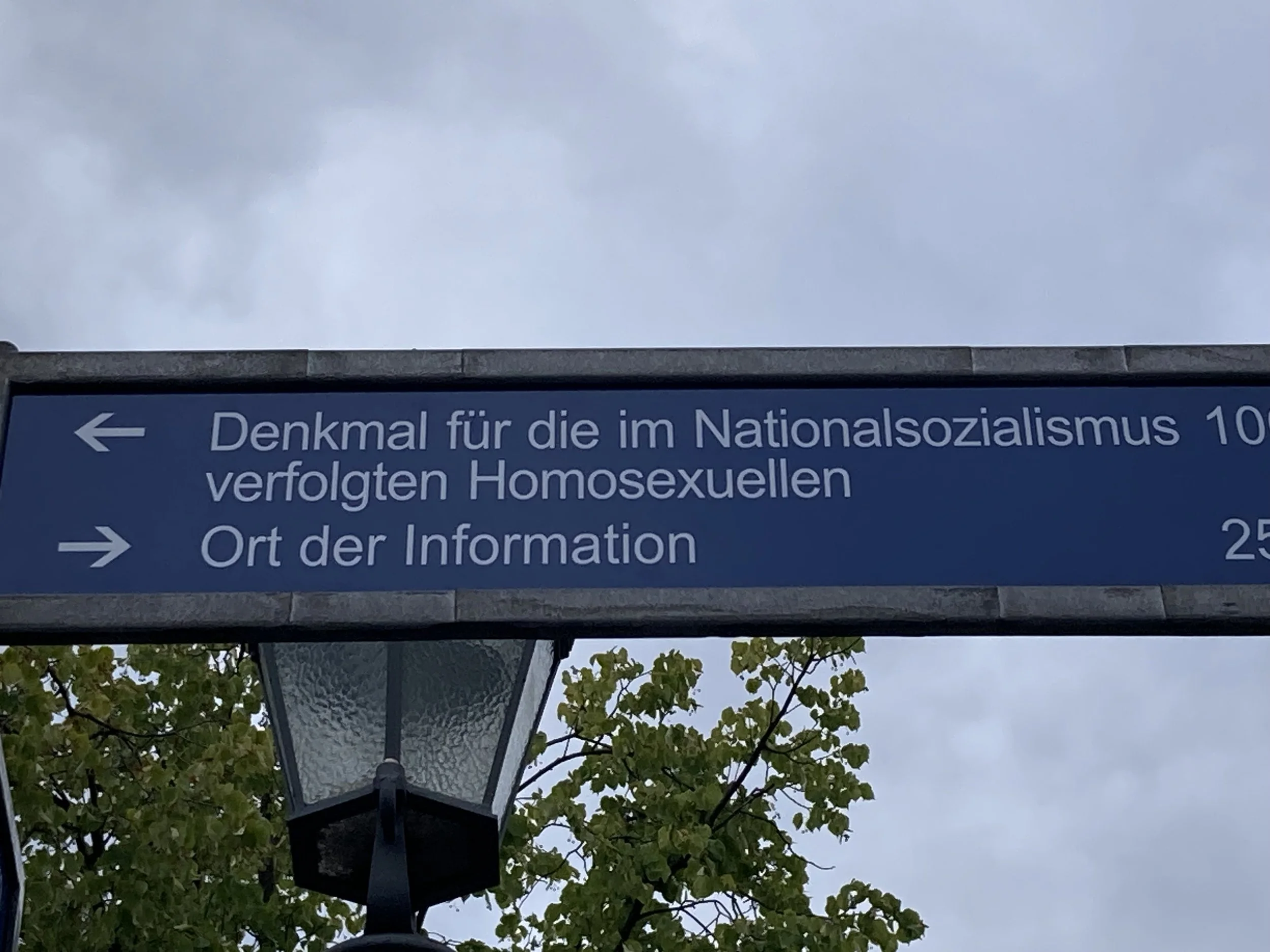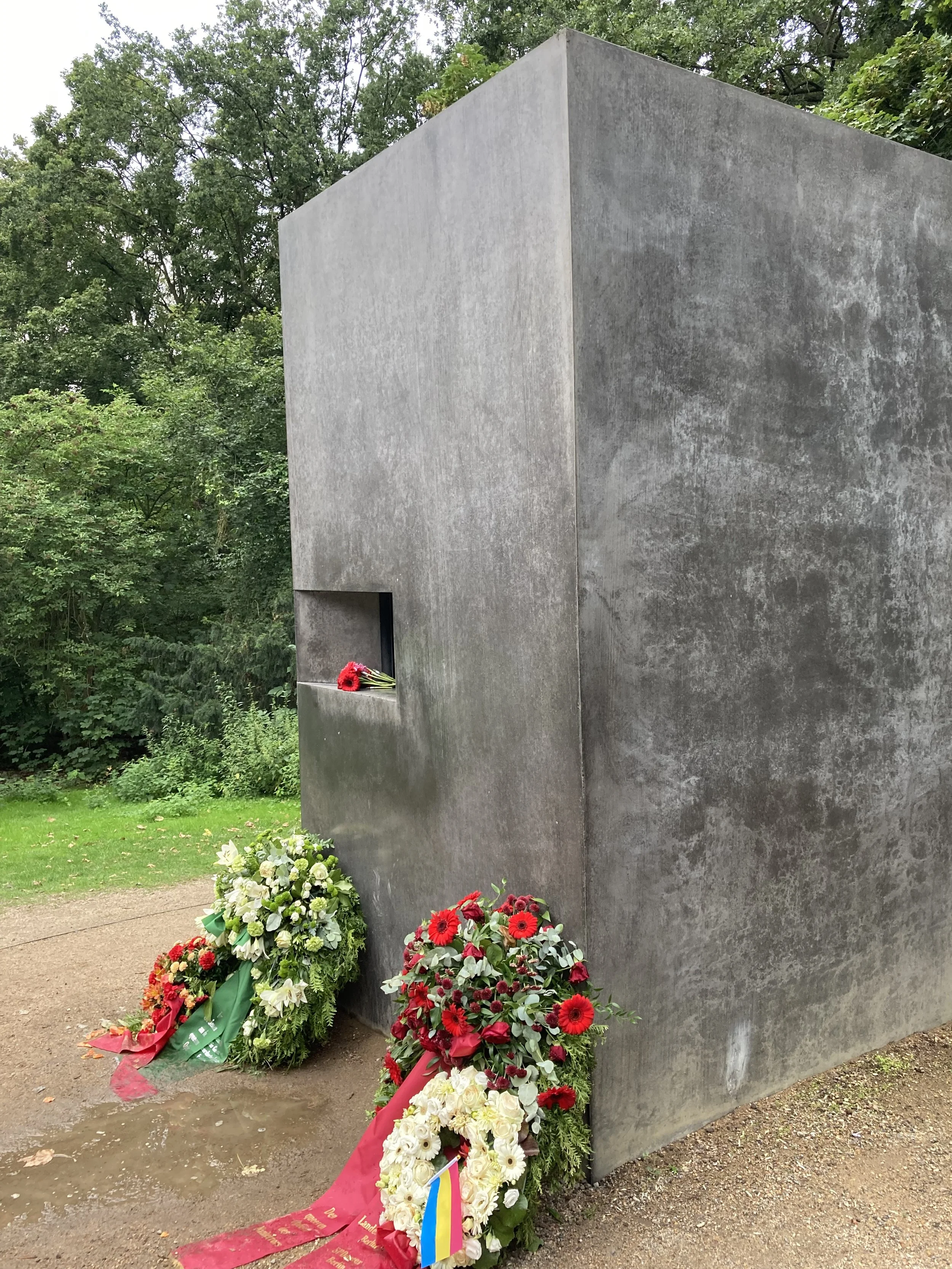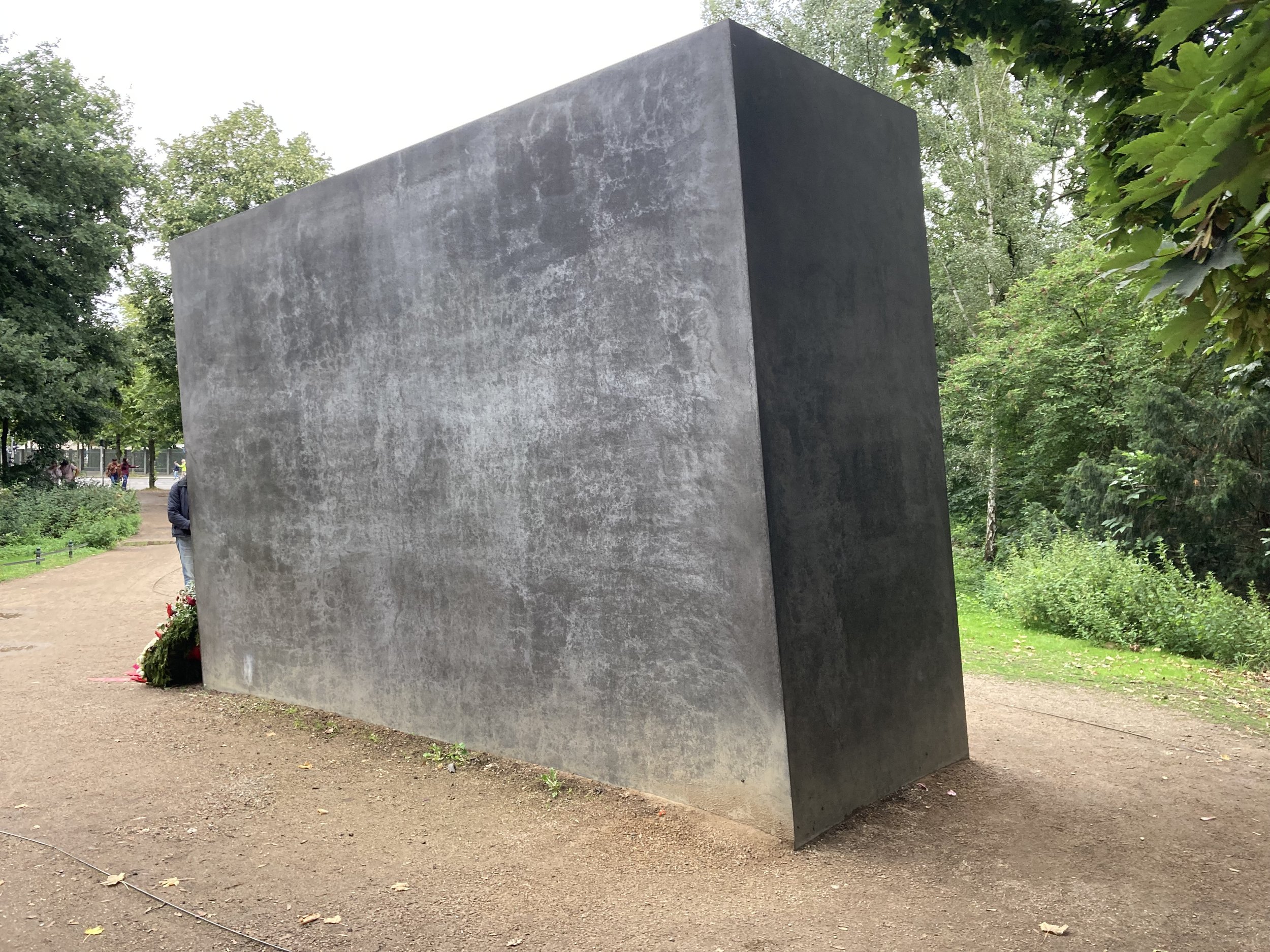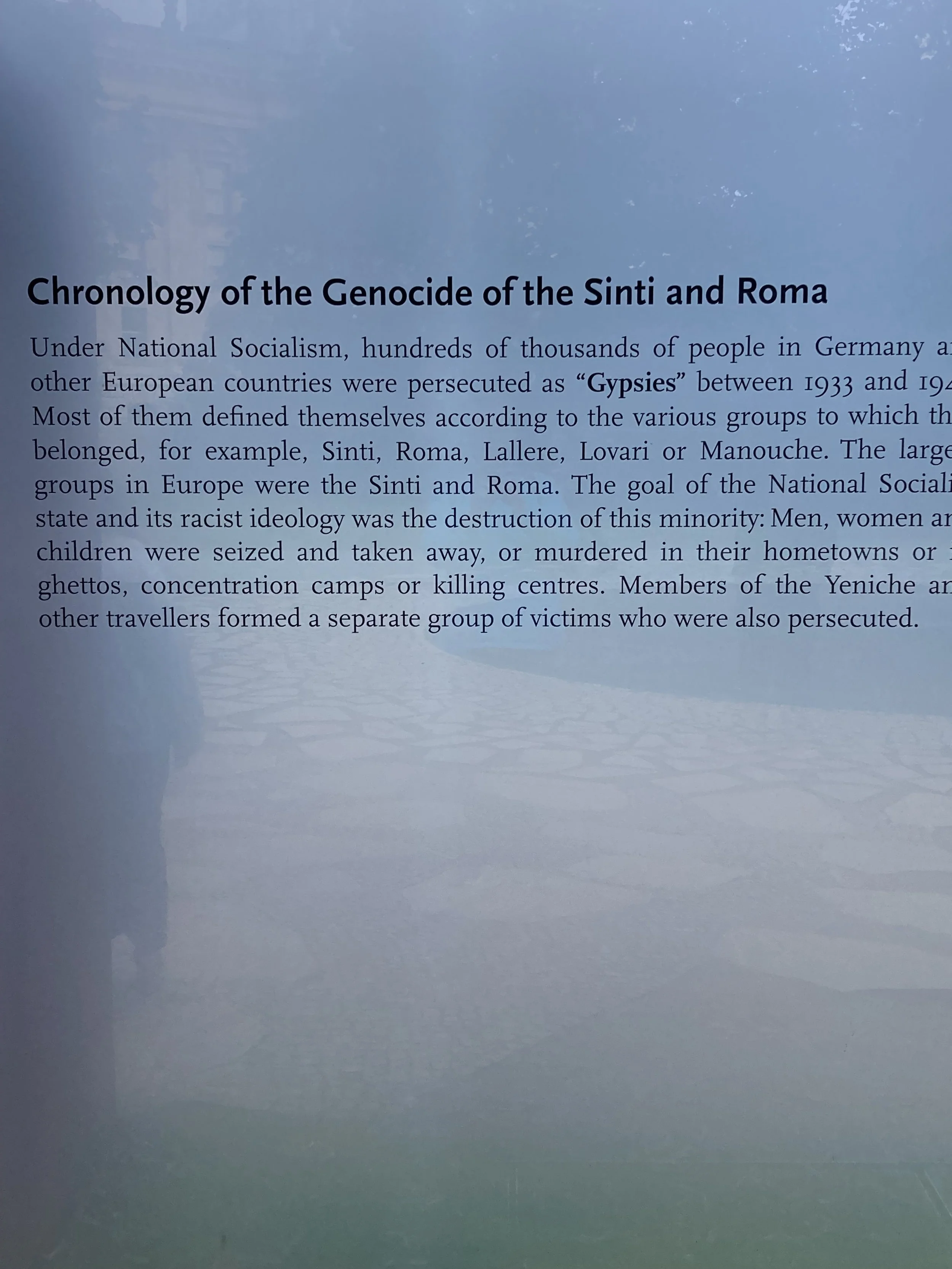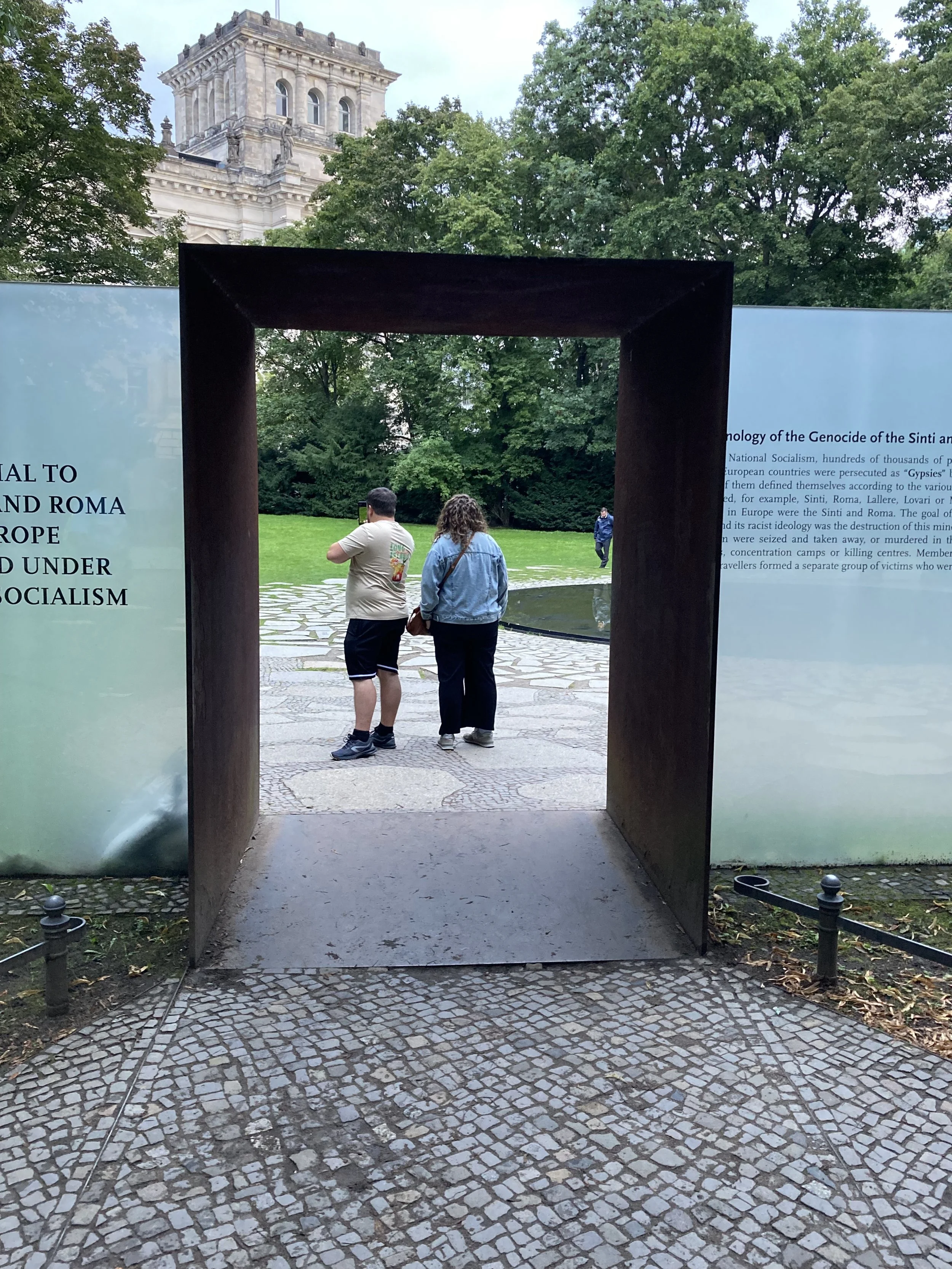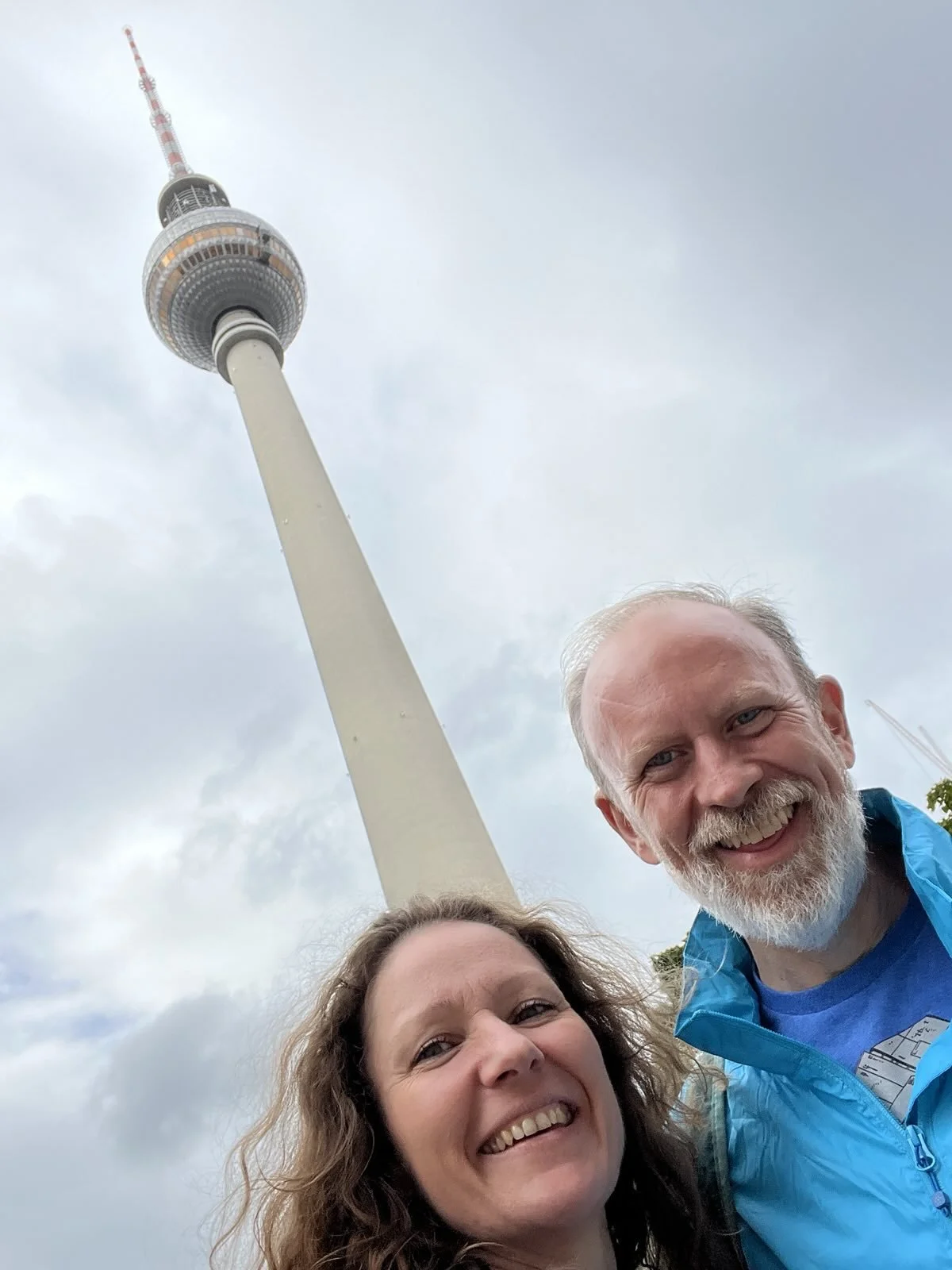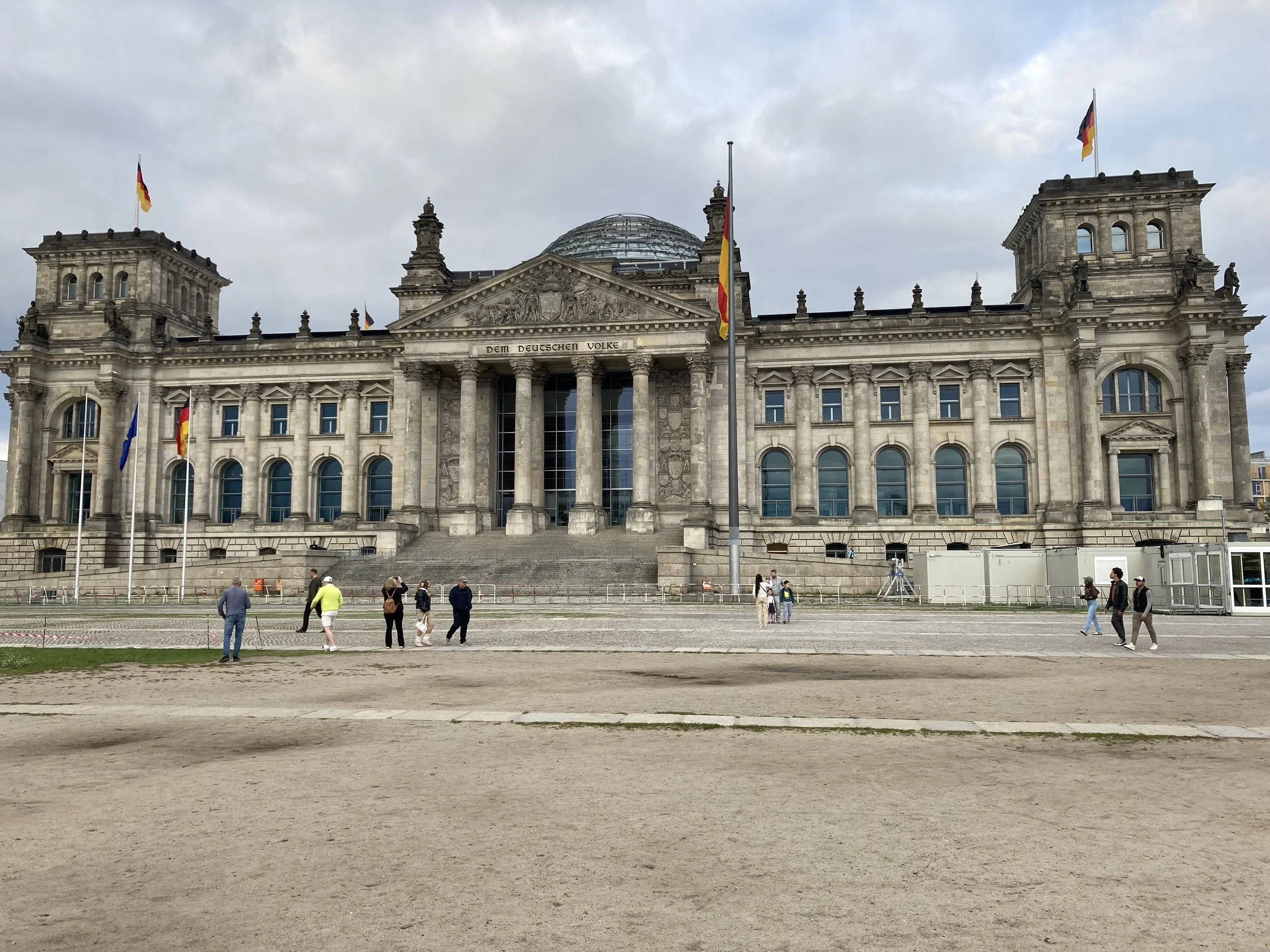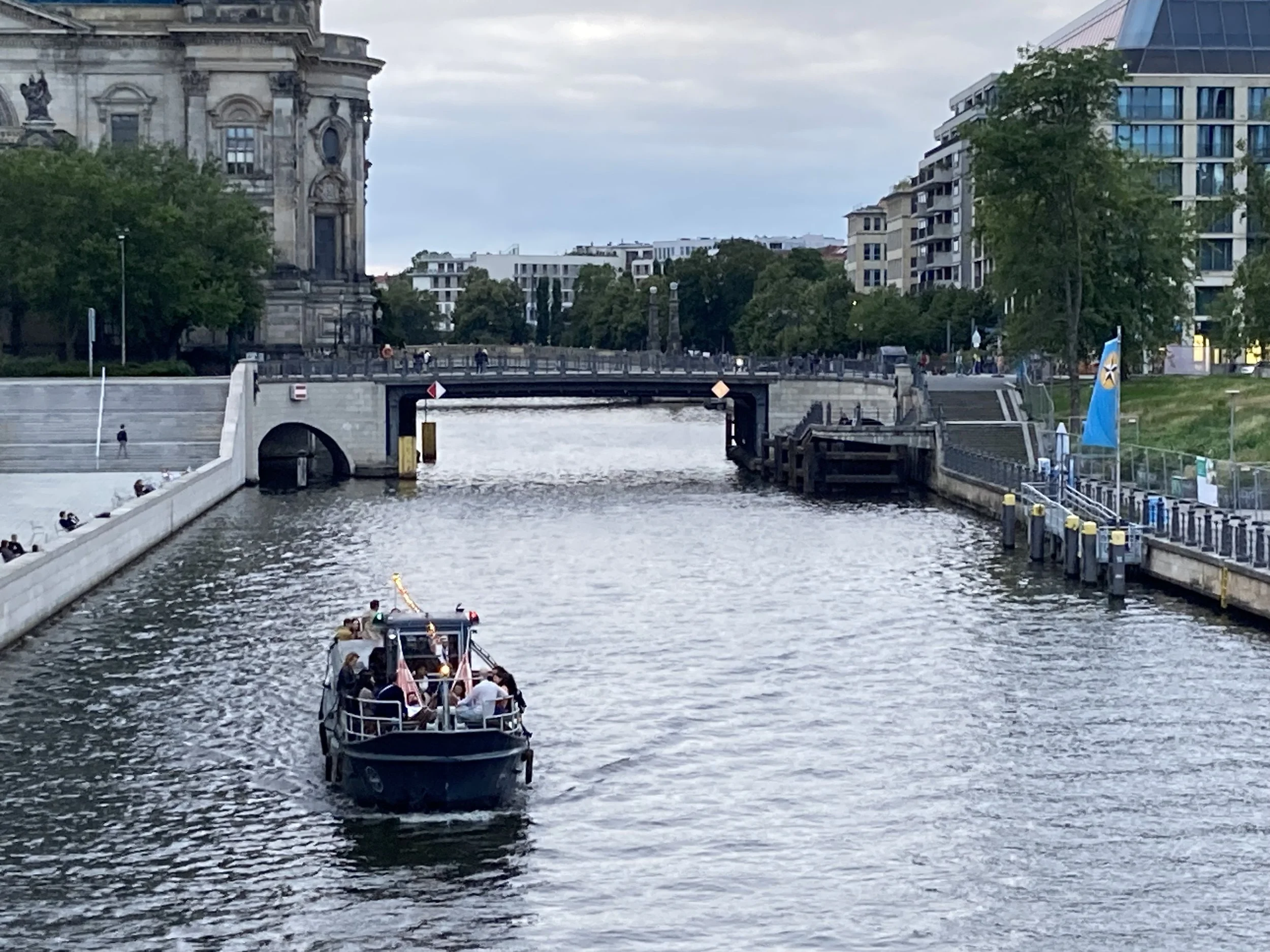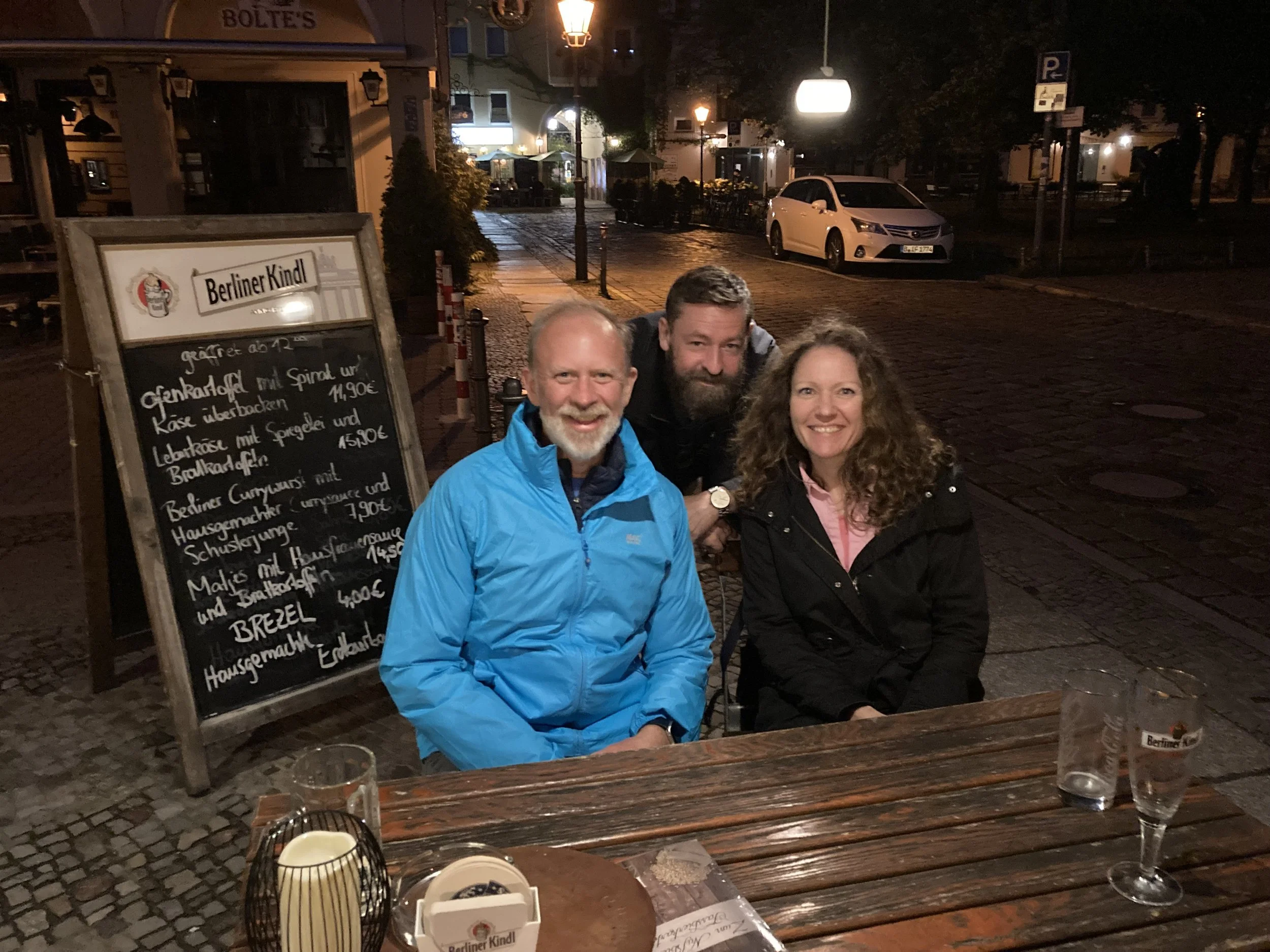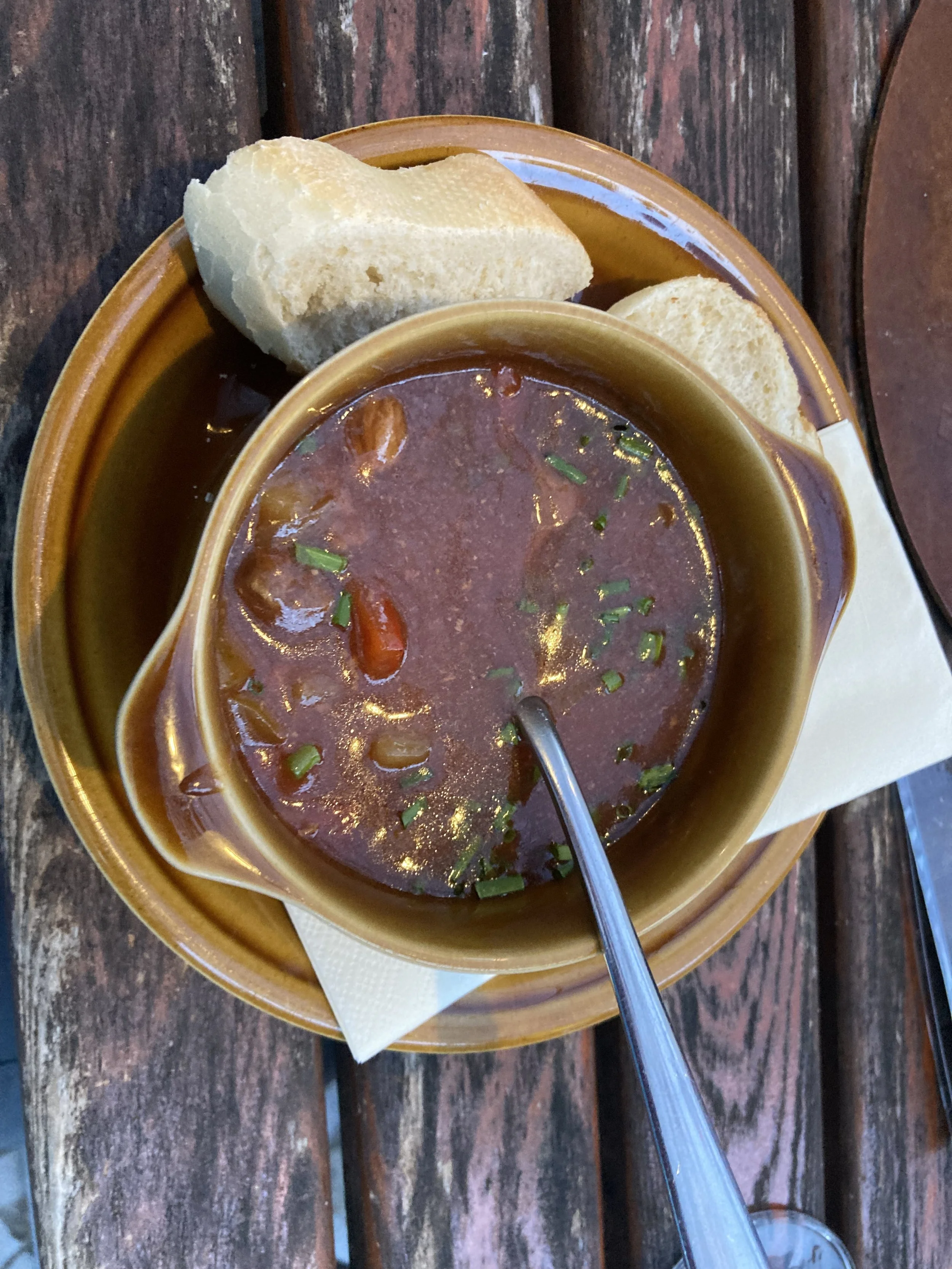Berlin (Day 2), Germany (July 31, 2025)
Despite having spent a few hours taking in the artistic parts of part of the Berlin Wall, I wanted to learn more about the rich history. There’s no better place to do that than at The Berlin Wall Museum with my friend Anja Niehof. In a series of two short 15 minute videos, a ton of ground was covered.
In essence, the Berlin Wall was a concrete barrier constructed by East Germany in 1961 to prevent its citizens from fleeing to West Berlin. It stood for 28 years, becoming a potent symbol of the Cold War division between the communist East and the democratic West. The Wall's fall in 1989 marked a pivotal moment in the end of the Cold War and the reunification of Germany.
And it’s one thing to read that short synopsis and an entirely different thing to experience the process of a wall being constructed in the middle of a thriving city and the fear of setting off another war as “ground zero” for the Cold War. The herowing escapes, families torn apart
The concept of “The Wall” is a bit of a misnomer in that it started out as barbed wire fence and continued to be reinforced until it became an entire gauntlet of life threatening challenges including a giant bed of nails, land mines, barbed wire that silently notified guards in the tower exactly where you were so that they could coordinate their firing at you all the way to the final barbed wire boobie trapped with a sort of shot-gun fire that would be set off if disturbed.
Going over a large wall was only part of the challenge, you needed to complete so many challenges that it’s no wonder an estimated 140 people lost their lives in connection to the Berlin Wall. And throughout Berlin, evidence of the Wall remains — everywhere. Sometimes overt and sometime subtly.
When the Wall is subtle, it can look like this …
Remnant of my time in Greenwich, mastering time. Here, East “meets “West”
Remember when I visited Greenwich and stood on Greenwich Meantime? This felt similar standing over what, at one time, was the Berlin Wall. One foot in the east and one foot in the west. Grounding in unity, peace, freedom and the interconnected oneness of all of humanity. It’s a powerful reminder to never isolate, build walls or “other” people. Belonging is so important — now more than ever. It’s critical to our survival.
I also noticed something different about the walk signals in Berlin. Turns out they use Ampelmann instead of just green and red. Ampelmann is a brand and cultural icon based on the East German pedestrian traffic light symbols. It's a popular symbol of Berlin, particularly associated with the city's reunification, and has been incorporated into various products and souvenirs. I’m standing outside of a shop dedicated to all things Ampelmann. Talk about merchandising! Spaceballs has nothing on Ampelmann!
And as I was doing all this, I came across this:
The best illustration I found showing the gauntlet of The Berlin Wall
While it’s hard to imagine, this is the full gauntlet that someone would have to get through in order to escape from East Berlin and make it to West Berlin. These plaques are shared throughout the city and posted near various parts of the Wall. There’s so much information, Berlin does a great job of spreading it out.
For lunch, we had a traditional Berlin hot dog with ketchup. There are a few distinct differences I noticed including the bun is not cut, but whole so that your sauce doesn’t spill on you. And, of course, it’s a bavarian bratwurst so the quality is just right.
Nearby, we found one of those year-long Christmas stores so we grabbed a picture and then went inside to see what’s uniquely German. The nutcracker, for example, was nearly life sized and the intricate wooden carved scenes that for the longest time were all done by hand. Today, the less expensive ones are usually manufactured, but the integration of the lights make them an incredible window display — especially as the evenings get darker sooner during the winter solstice. You can imagine seeing houses litterted with these displays and just how beautiful the lights would be in the city.
I found the Gruffalo! Who knew he was hanging out in Berlin the whole time!
Alright, this next one is for my family. We looooooved reading The Gruffalo book series by Julia Donaldson. It combines imagination with natural fears, walking in the woods, all sorts of animals, and amazingly wonderful kid book content. Outside the book series, however, I never saw anything publicized. We heard of it from our local library in Port Washington and eventually it was all the rage in the PRC (parent resource center) where parents share their tips and tricks.
Now here’s the thing. How do I summarize hours of walking through Berlin? Anja Niehof did such a wonderful job as tour guide, it’s impossible to capture all that she shared in a single blog post. So, I’ll point out a few things that really grabbed my attention in the gallery above:
First two pictures show a world clock that is brilliant. It’s in the middle of the main square and keeps the time around the world in a beautiful way.
Third picture shows the remains of the apartment building the Wall bumped up against and where East Berlin residents jumped from in order to escape. It was then sealed up and knocked down after that.
The pill-like windows are part of a former Eastern Berlin restaurant that housed many past celebrities and political figures including presidents.
The bear is a symbol of Berlin and you see him everywhere — even artist renditions as artwork throughout the city.
Gorgeous architecture throughout Berlin — everything from government buildings to museums to churches. Hard to take it all in there’s so much.
Images #23 and #24 are fascinating. I jokingly refer to this as “The First Audible” — it’s the listening building for East Berlin where the government would actively listen and spy on people. It houses a tree INSIDE the building.
Image #28 is “collectable Wall fragments.” Seriously, you can now buy an official piece of the Berlin Wall and take it back with you. If I wasn’t trying to pack light and stick to my 44 liter single bag, I would have bought one.
For #29, both Anja and I agree it looks like this figure is shoving the head of a dog into his butt. We’re sure that was not the intent, but it’s the look.
Famous iconic Brandenburg Gate in Berlin. Wonderful selfie spot ;-)
From here, Anja and I talked about the profound willingness of Germany to own its part of World War II and build memorials for those who were killed in the holocaust. It’s so easy for other countries to point fingers, but how many of us have yet to do the same?
For example, in the United States, there's increasing recognition of the need for a more comprehensive approach to acknowledging the violence and trauma inflicted upon Native Americans throughout history, including the loss of life associated with genocide, forced removals, and cultural assimilation. While there are a few memorials and monuments, there isn’t a single, overarching national monument specifically dedicated to the deaths of Native Americans.
The same could be said for so many other injustices — especially racial injustices — throughout our history. We are quick to point out the faults of others, but slow to recognize where we ourselves have got it wrong. That’s what makes the following memorials so powerful in Berlin.
Walking through the Memorial to the Murdered Jews of Europe was a powerful experience. The slopes of the exhibit combines the feeling of being lost in a Corn Maze with the strict order that was carried out in the holocaust. Every pillar is exactly the same except in height. You literally descend into the exhibit and as you do you lose you sense of self. I was deeply reminded of Victor Frankel’s Man’s Search for Meaning at this moment.
It was a visceral feeling and an emotional one. Very reflective. Such a powerful memorial and if I lived in Berlin I would visit it often as a place of deep reflection and a place to contemplate life’s impertinence.
The Memorial to Homosexuals who were killed as part of the holocaust was unique in its own right. Similar in color and concrete to the murdered Jews memorial, it was uniquely its own with a looping video that overlaid same sex people kissing passionately in the forground with stark pictures of the deaths footage in the background (i.e. about to be hung, shot, or murdered just for being gay). It was not lost on me that the physical shape of this exhibit structure itself was “not straight.”
And the final memorial that I saw (there may well be others) was to the Sinti and Roma murdered under national socialism. Here again, each was unique in its own way while honoring those who were murdered.
To wrap up our extraordinary day, Anja’s husband joined up for these memorials and then we had a wonderful Berlin-centric dinner. I started with the goulash soup and that, by itself, made my evening as the weather had dropped and I was wearing all the warm clothes I had brought with me — my puffy jacket under my raincoat and long pants. Feeling warm inside with the delicious soup was the perfect end to an exceptional day in Berlin. I did confirm that this was the 31st of July, right? August starts tomorrow?
As it was nearing 10pm and I had to catch a flight the next day to Budapest, I was ready to turn in. But, ever the gracious host, Anja asked if I had enough energy to go dancing at one of Berlin’s many night clubs. Soooo tempting. But I decided to put my rest first rather than stay up all night and go (more or less) from a night club to the airport. In my 20s or 30s, it would have been a different answer to be sure. I shared one of my more fun evenings in NYC at the now defunct Lime Light.
And, knowing that I was firm in my decision, Anja and her husband shared a similarly funny story about Berlin’s Kit-Kat club. To be sure, Anja was not planning on taking me to this particular club, but we had a good laugh about the kinds of clubs and opportunities that still exist in Berlin to this day. Perhaps a deeper dive into the night life is something to consider the next time I visit Berlin.


